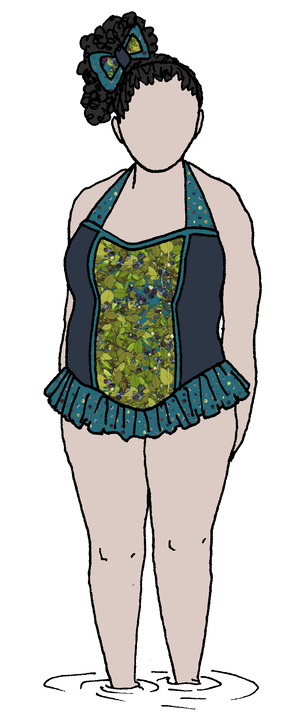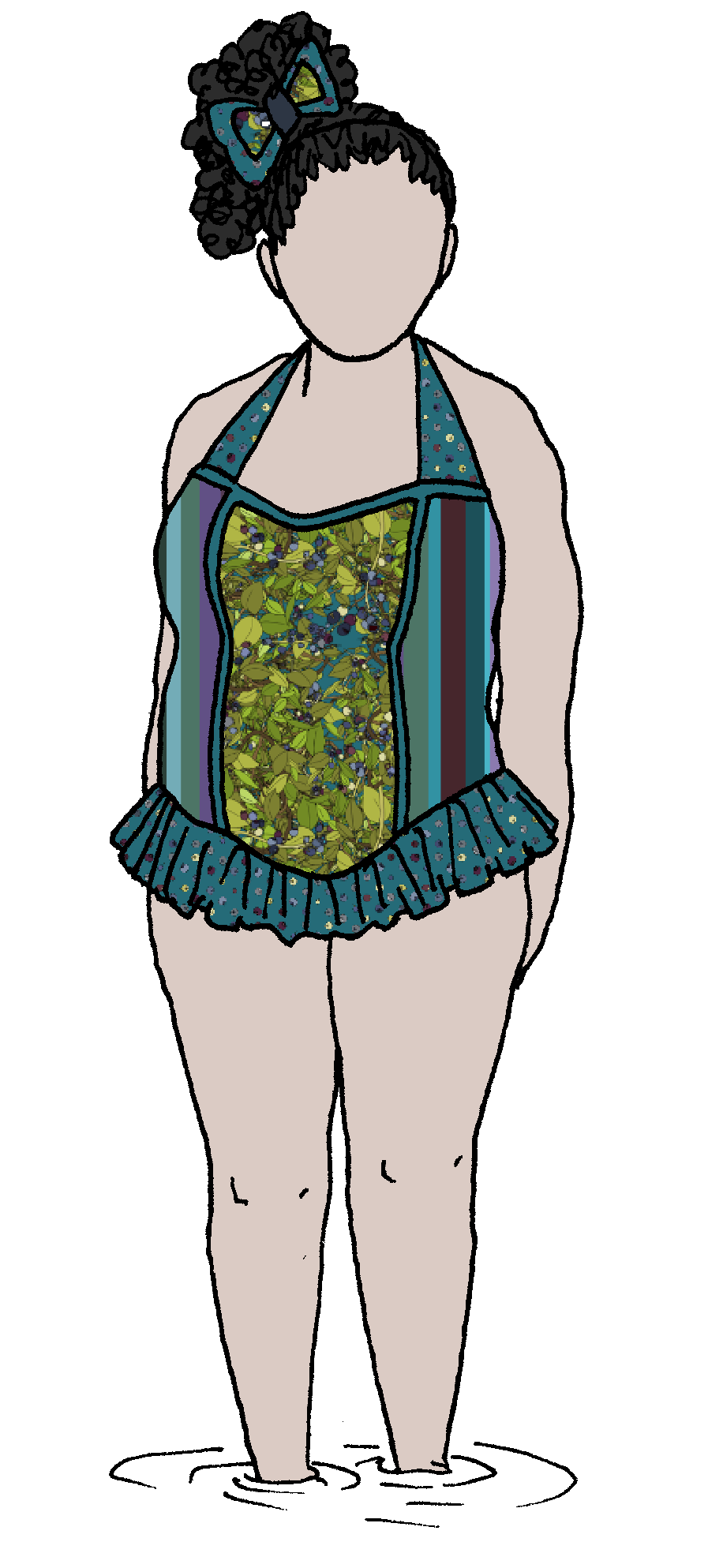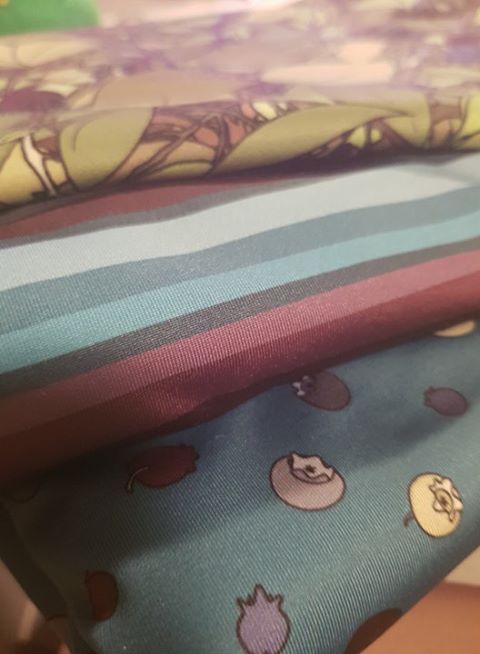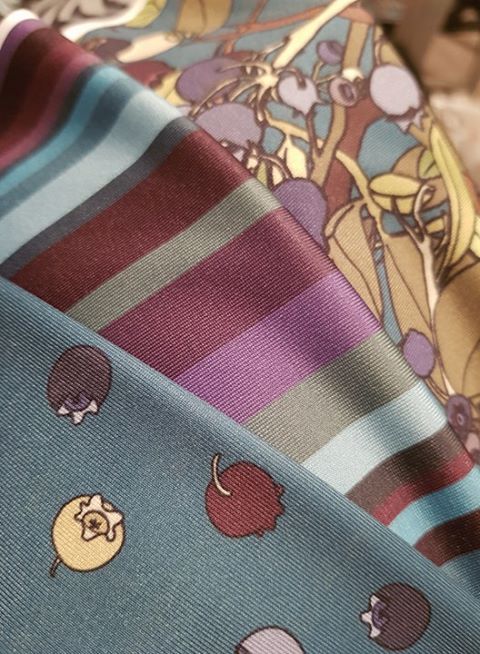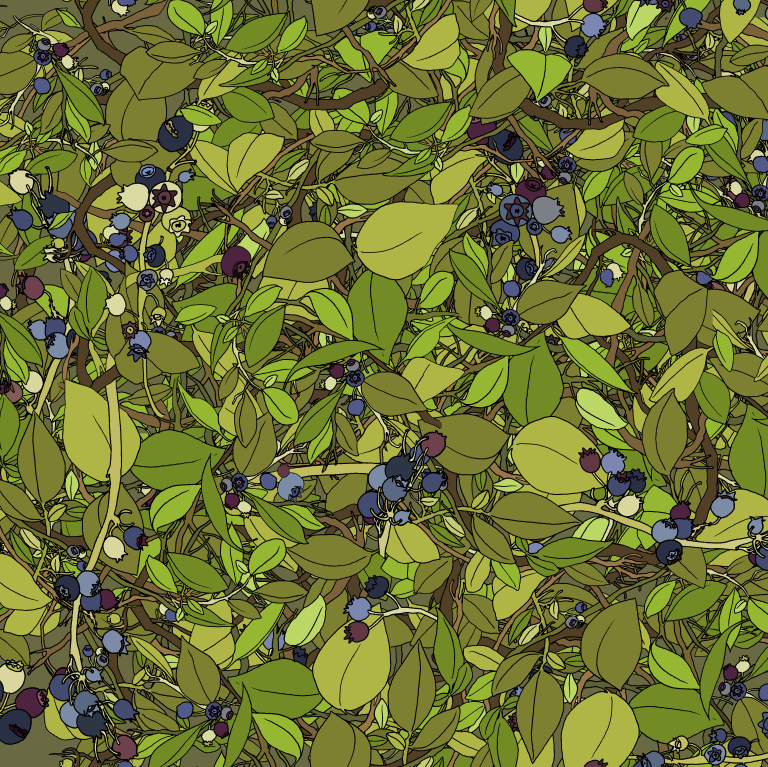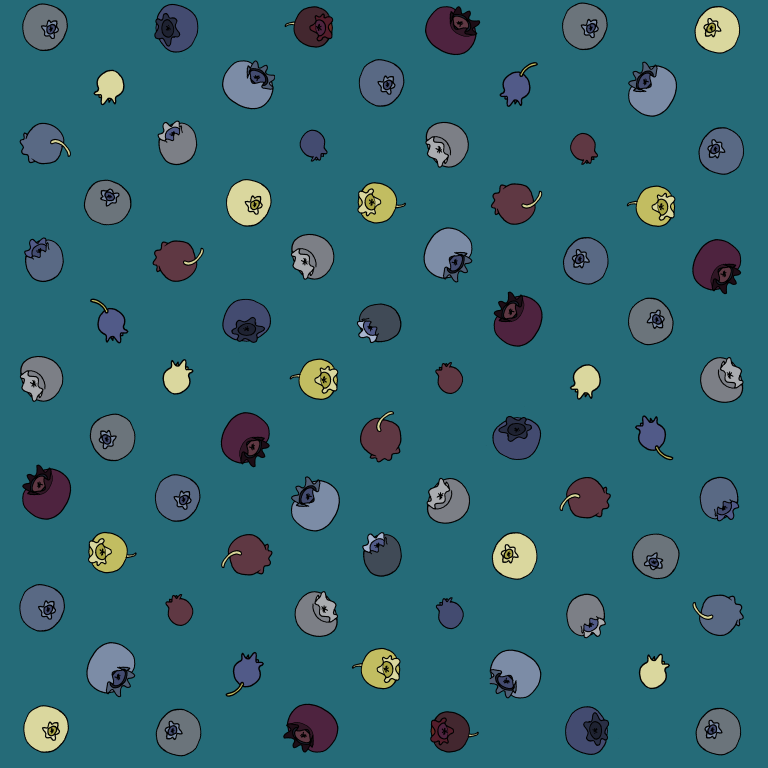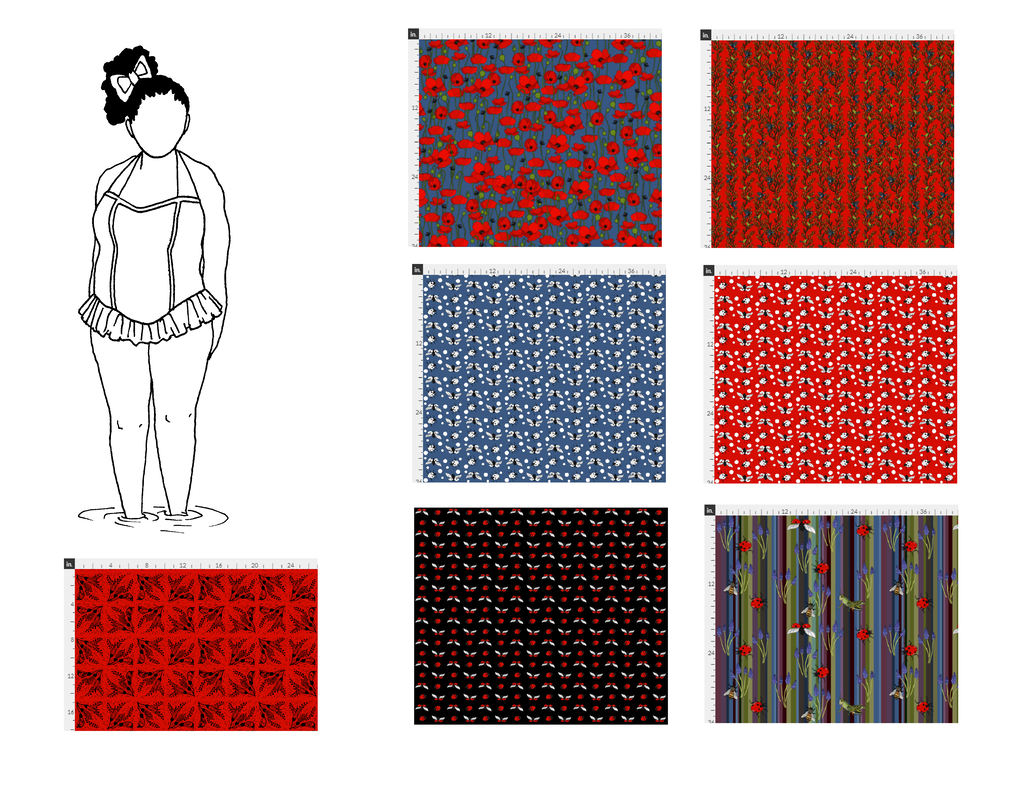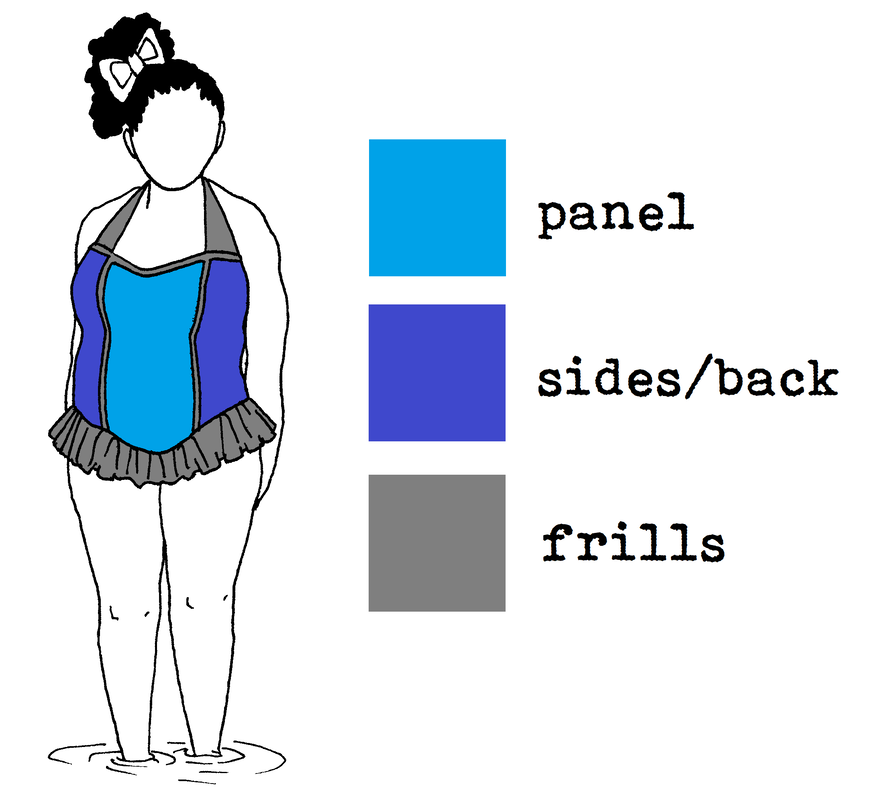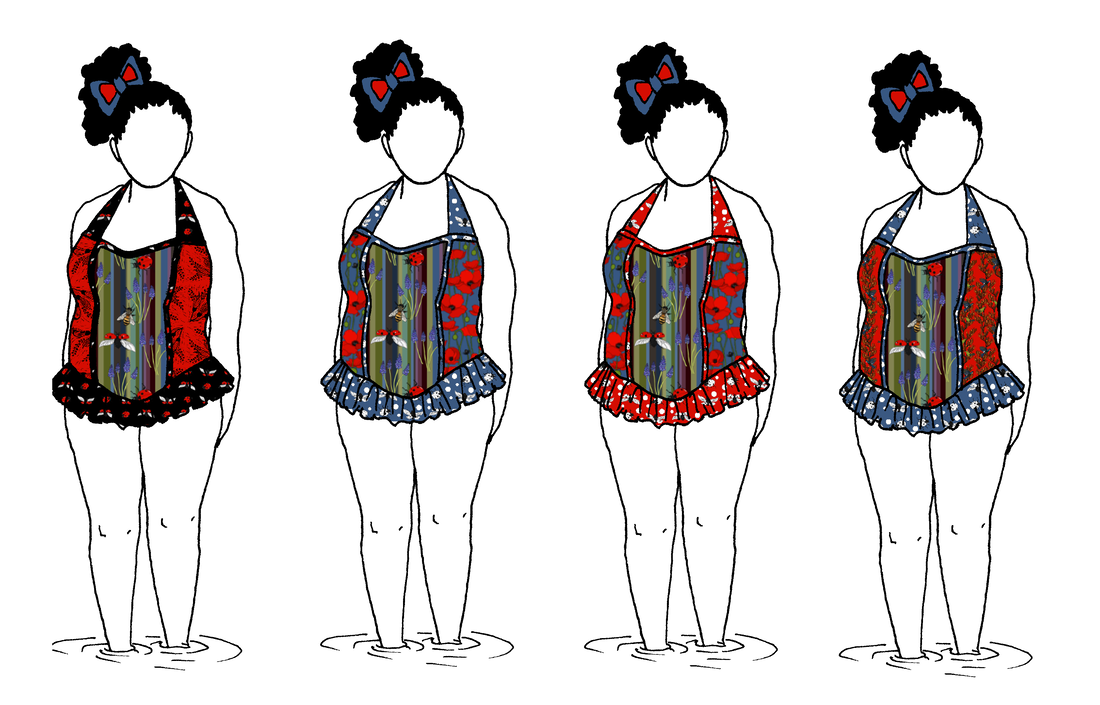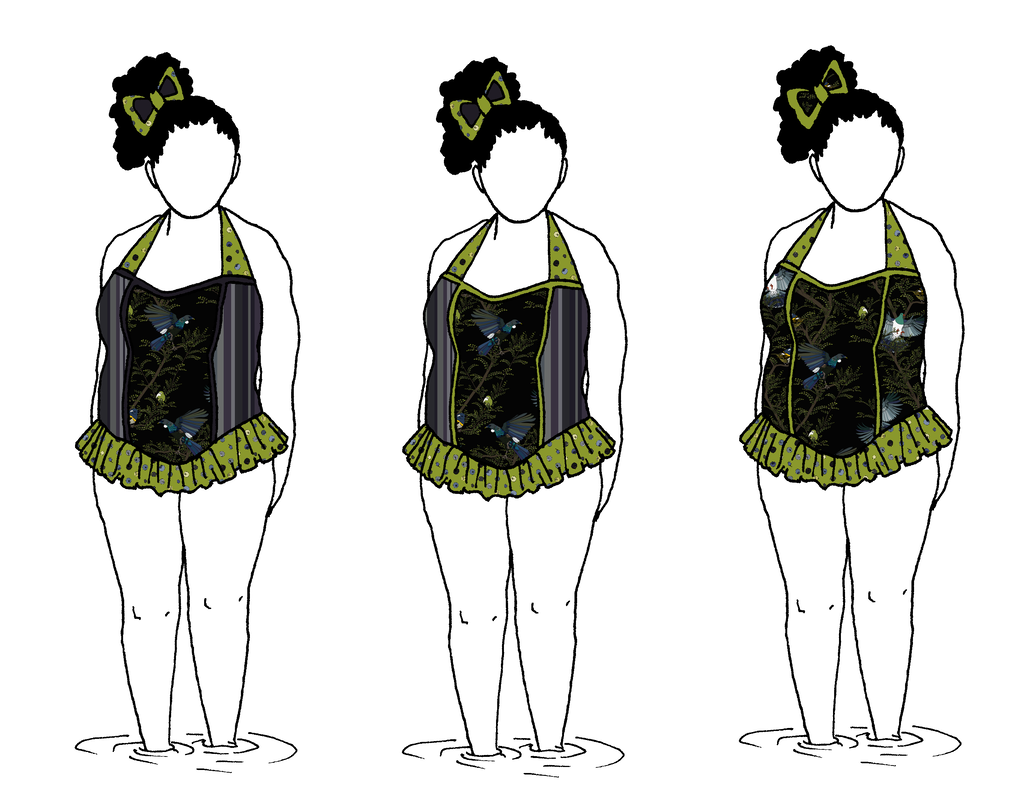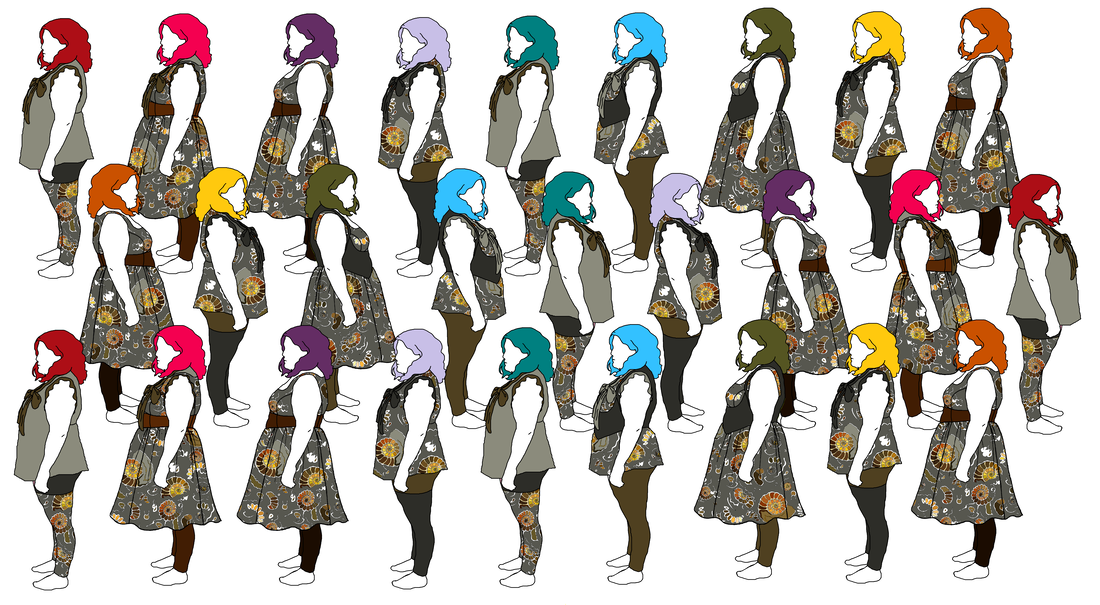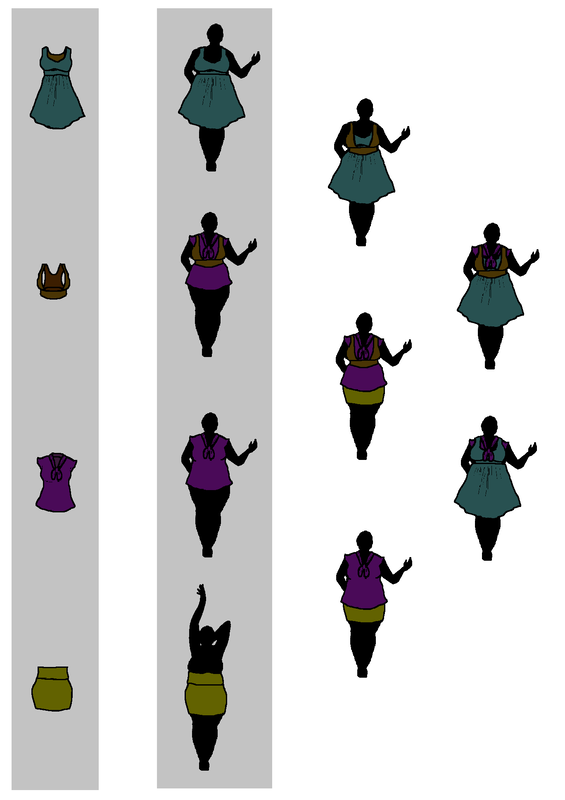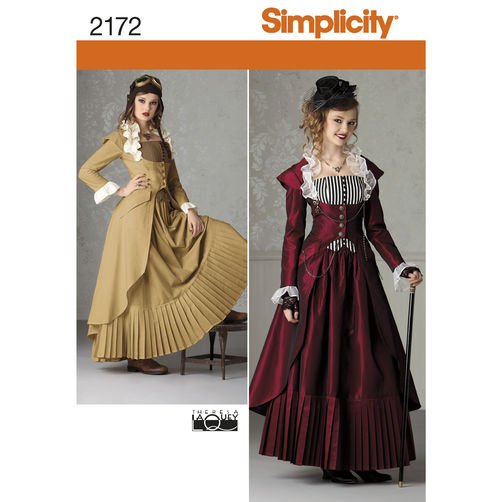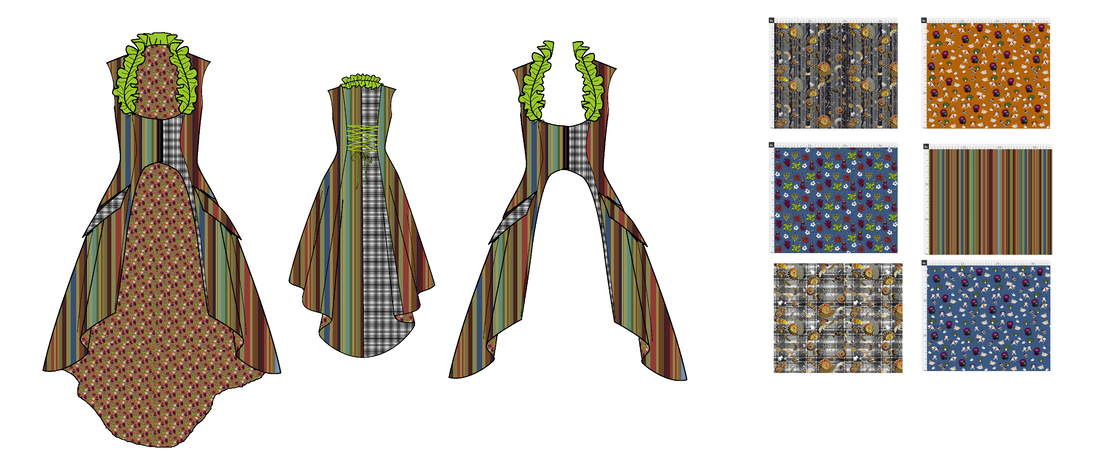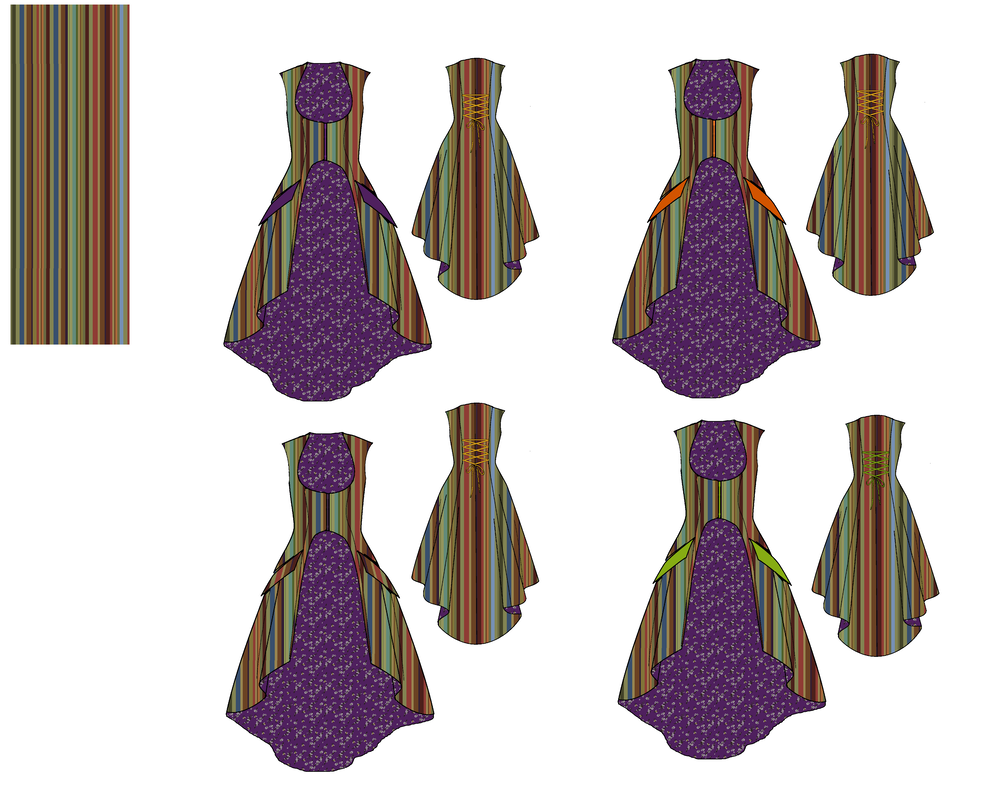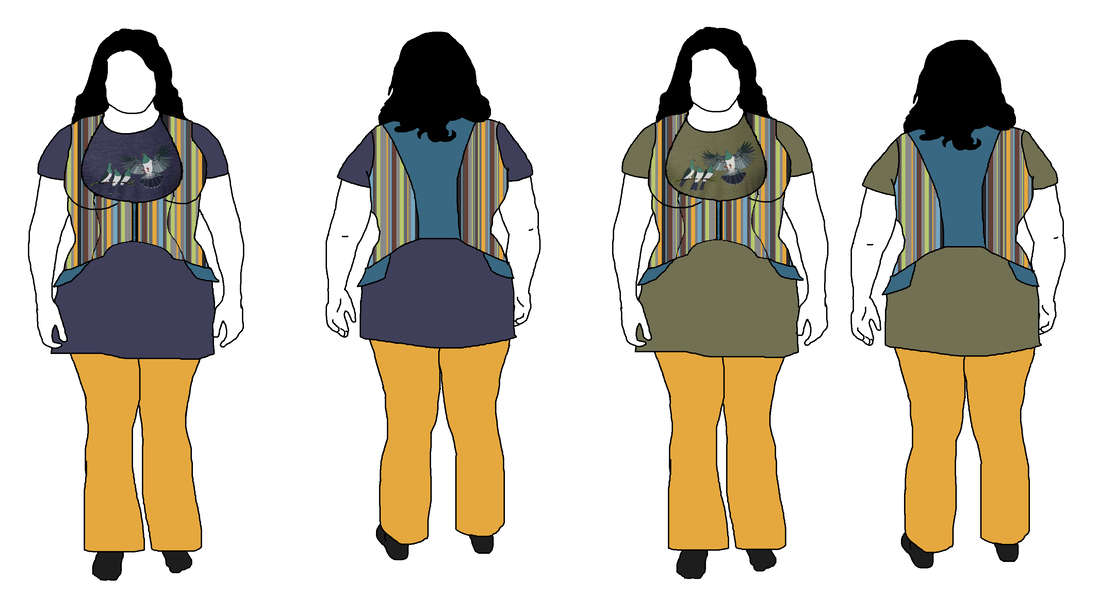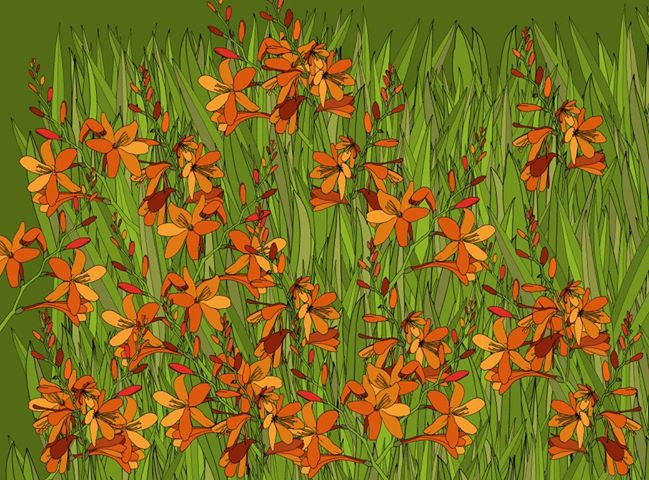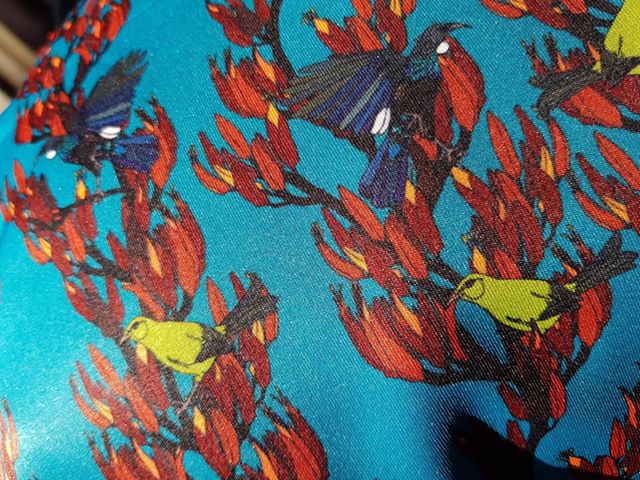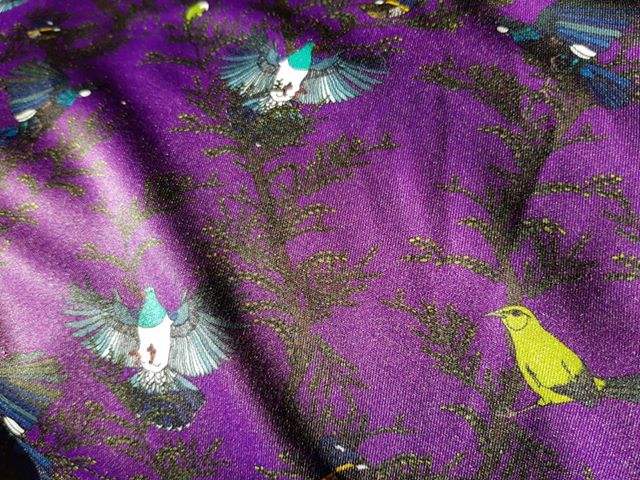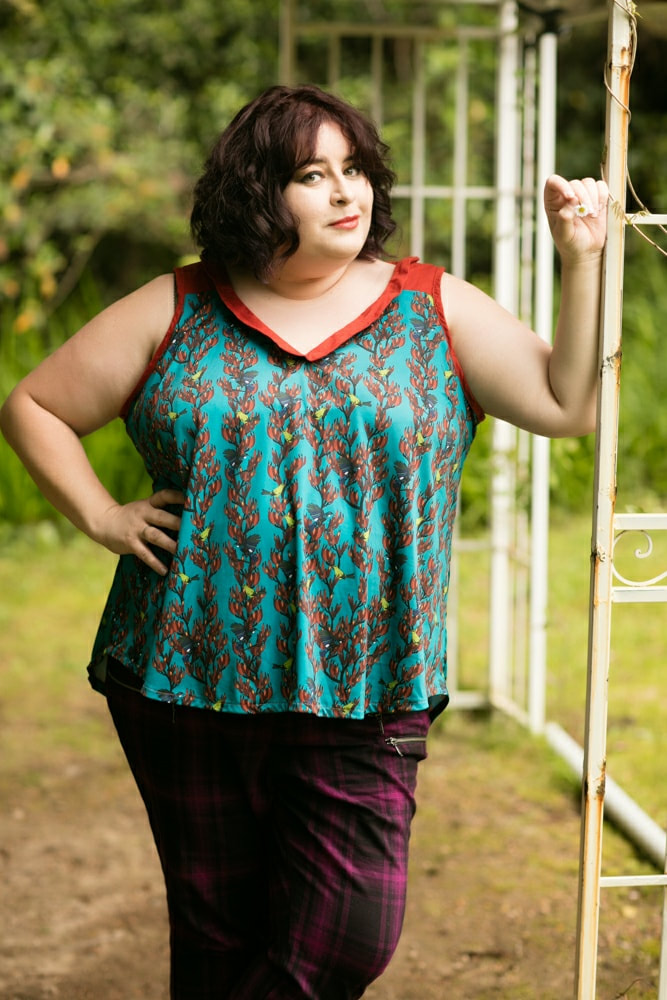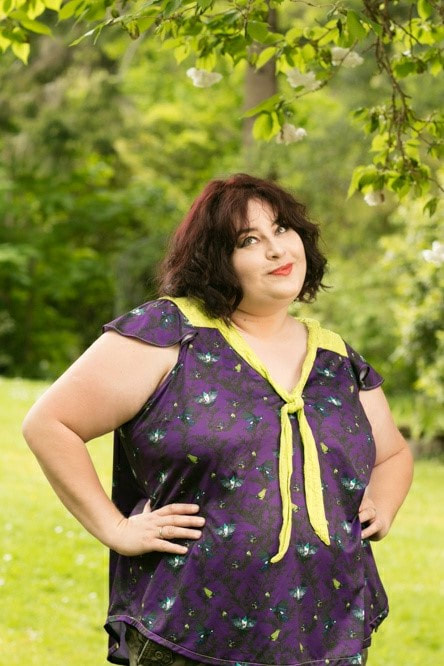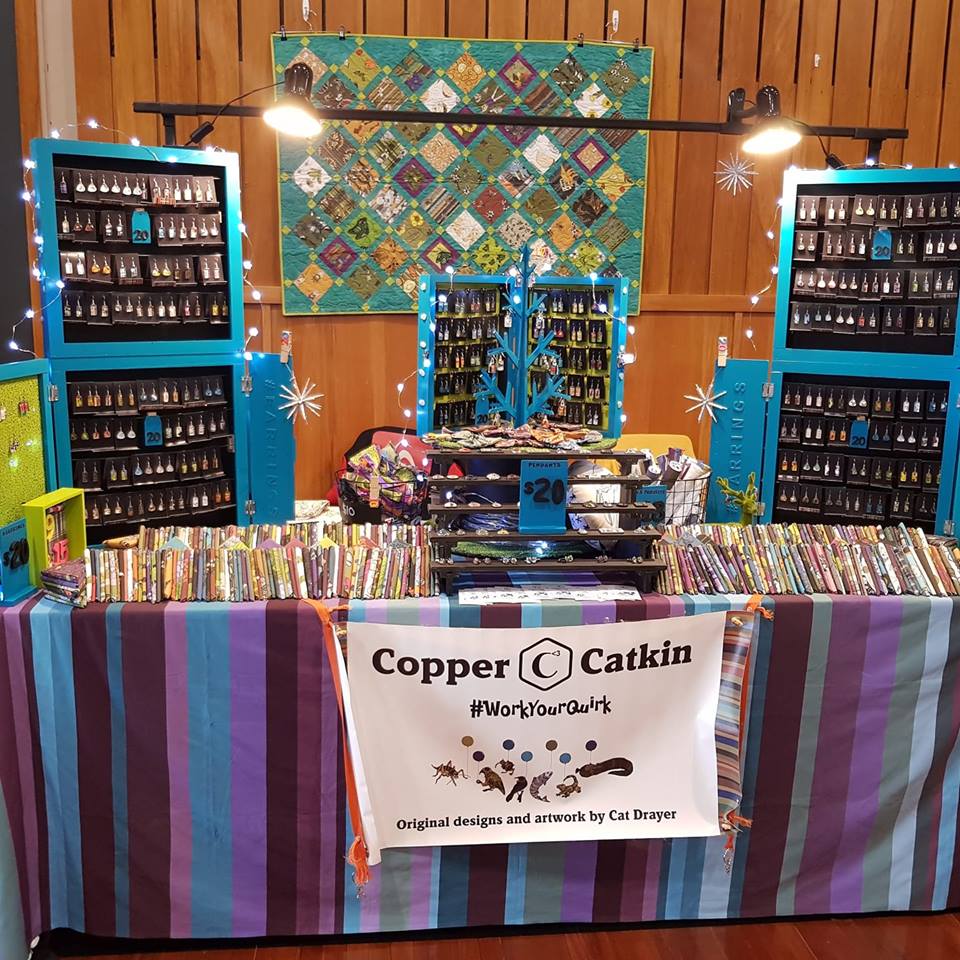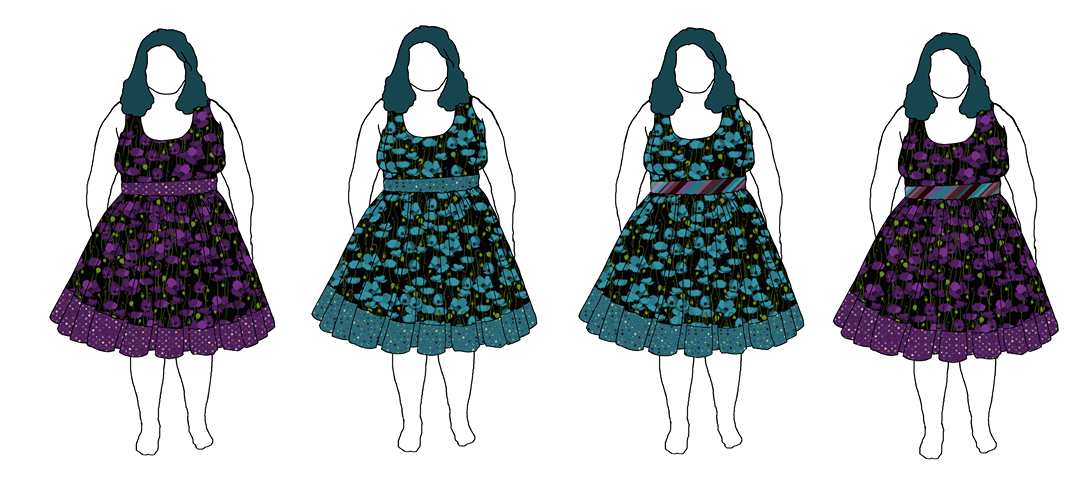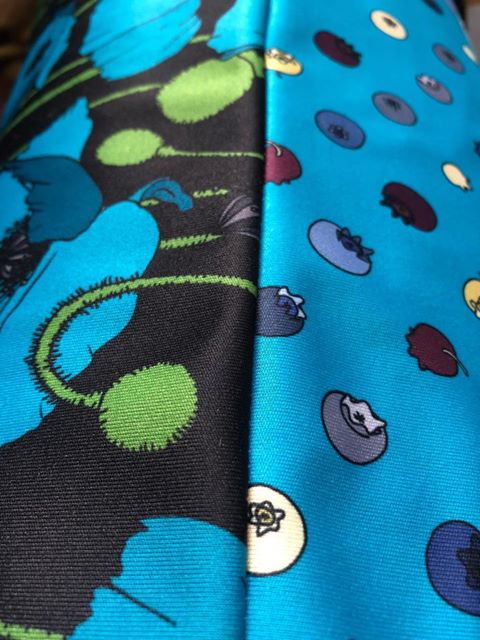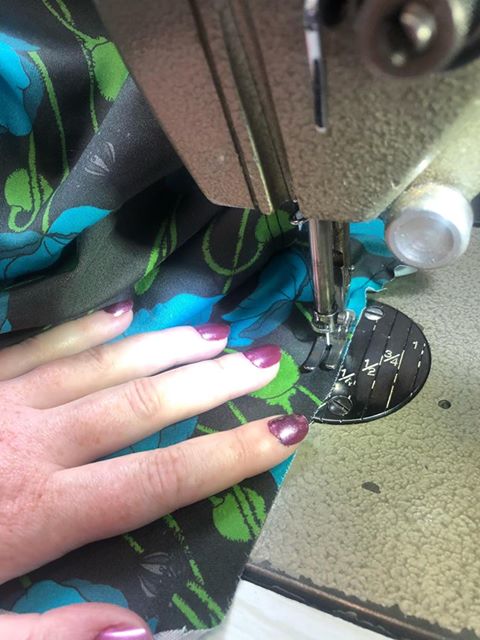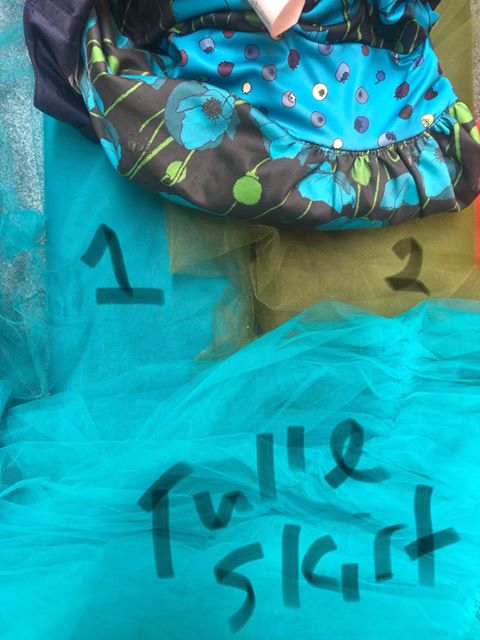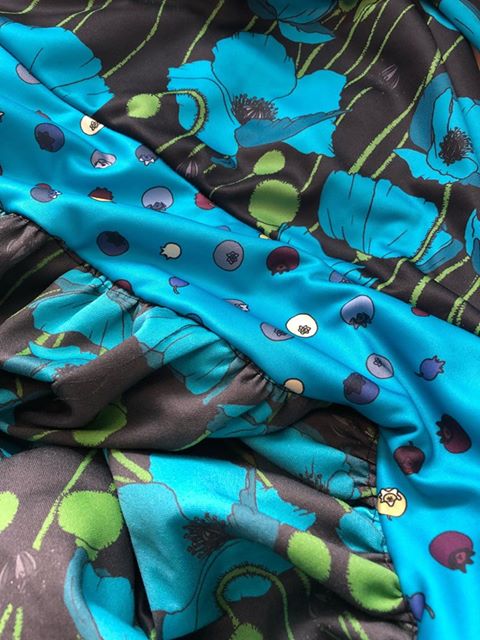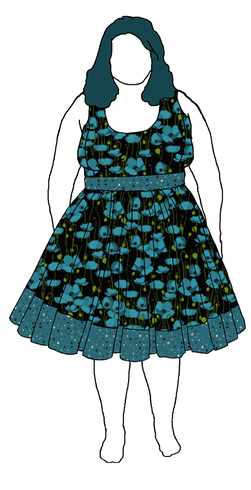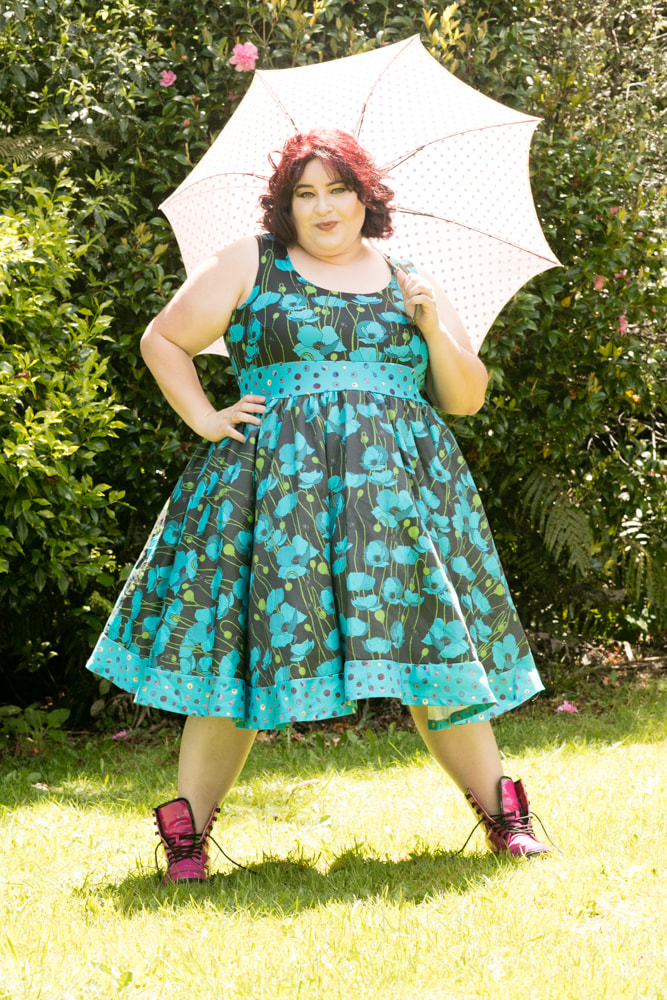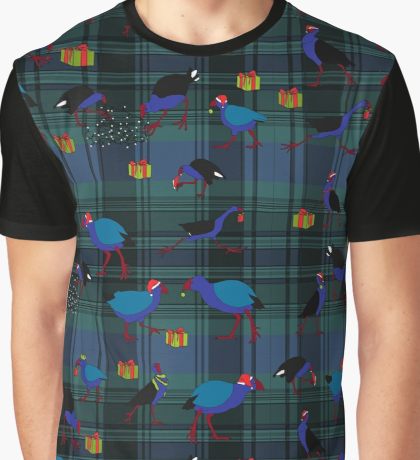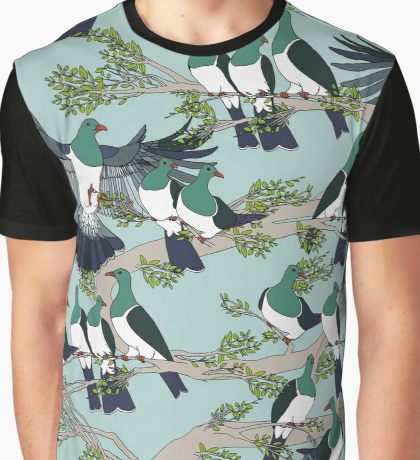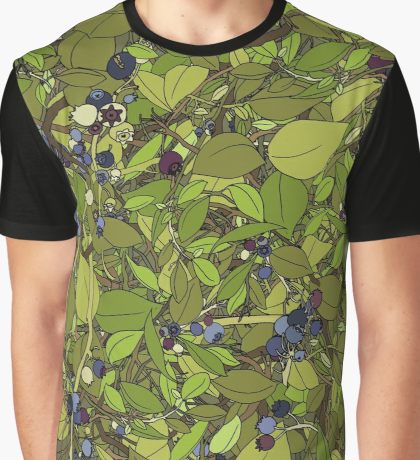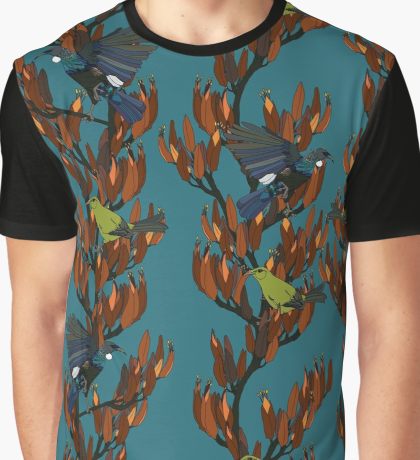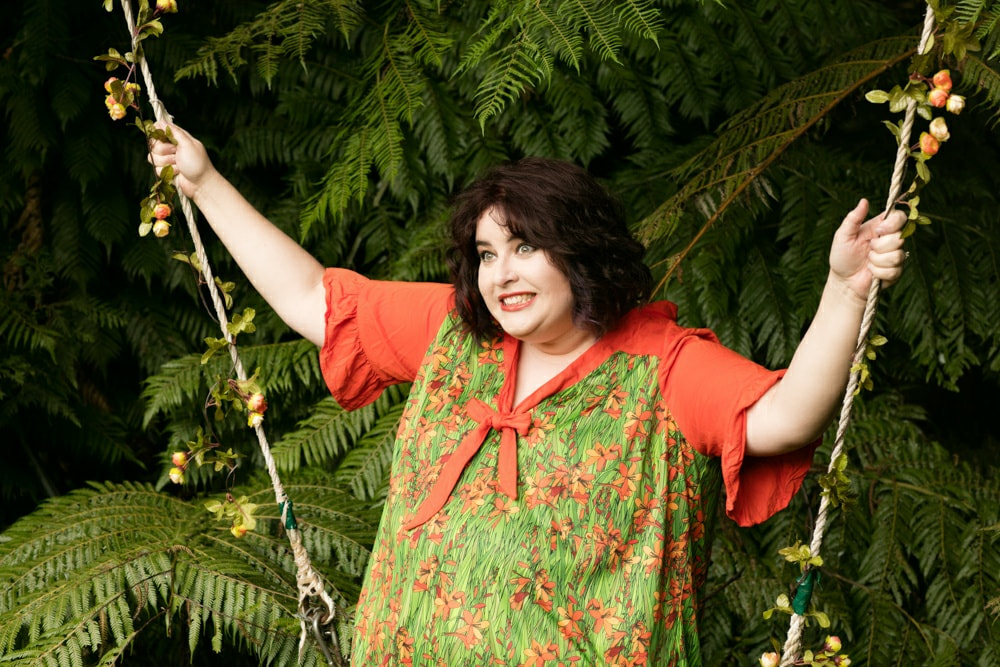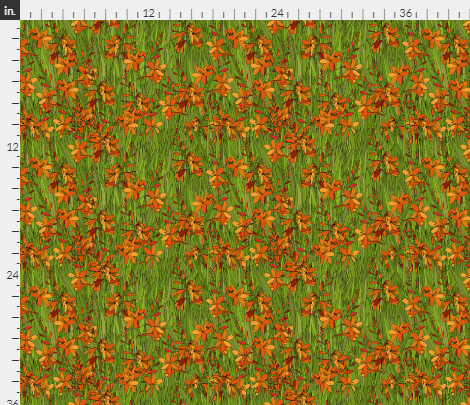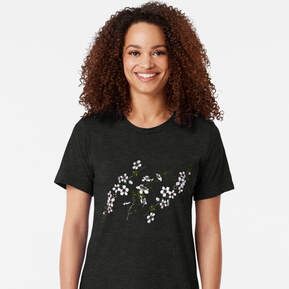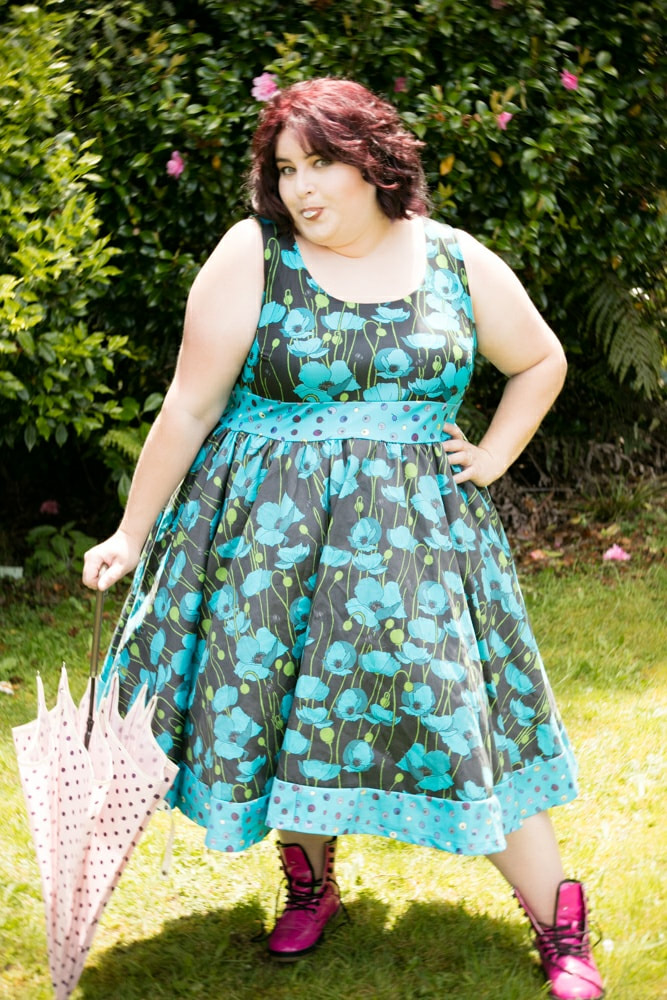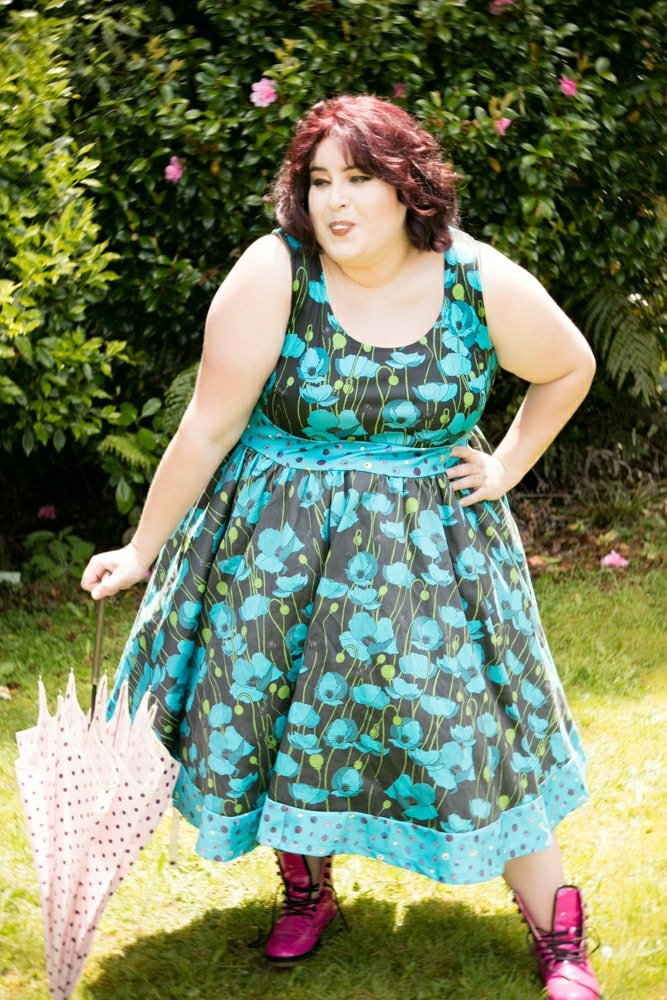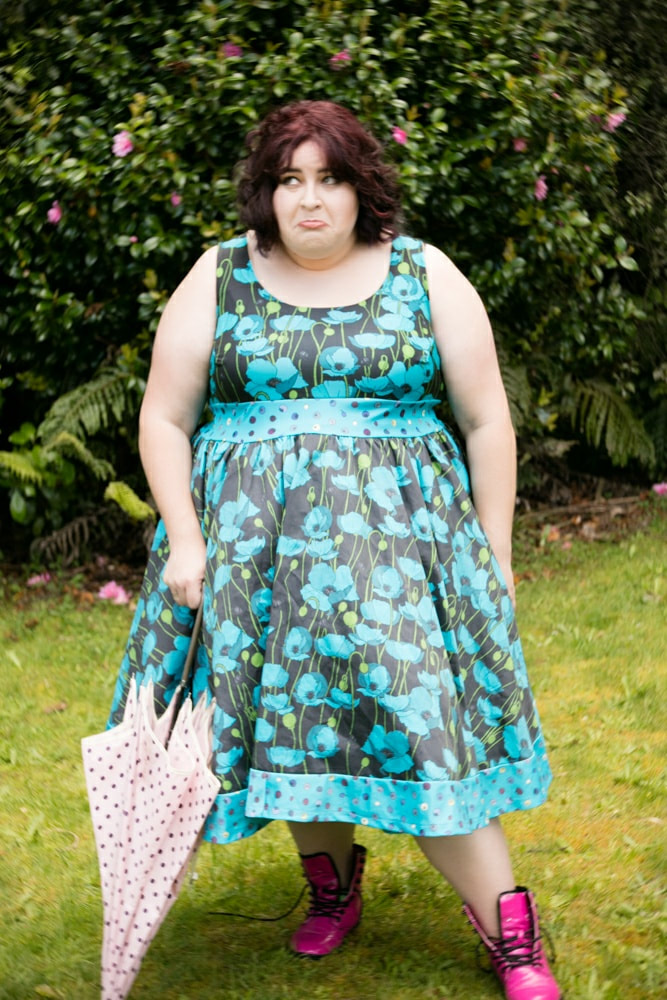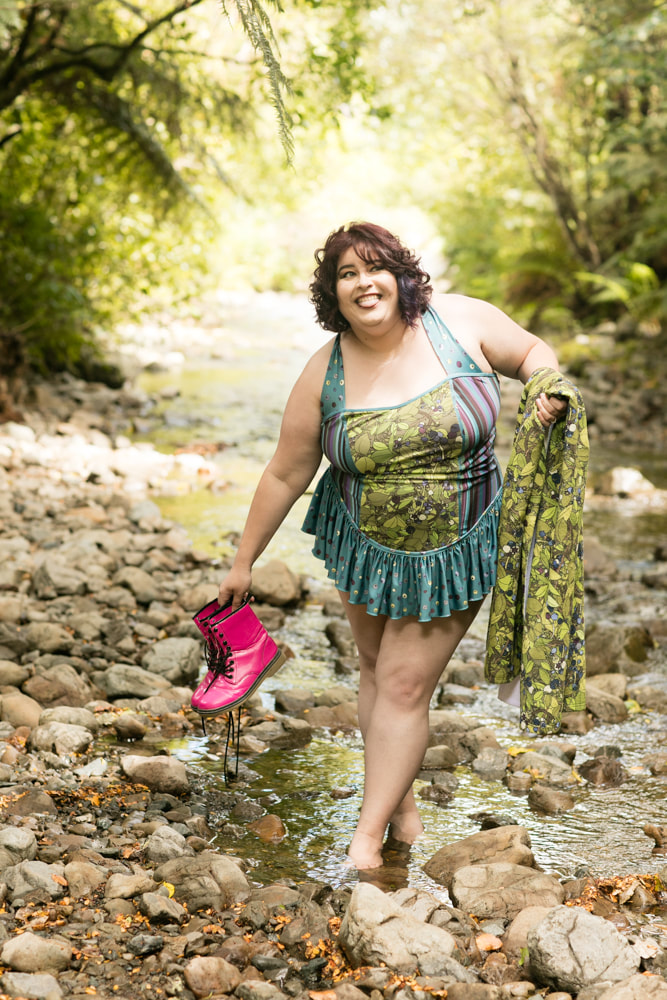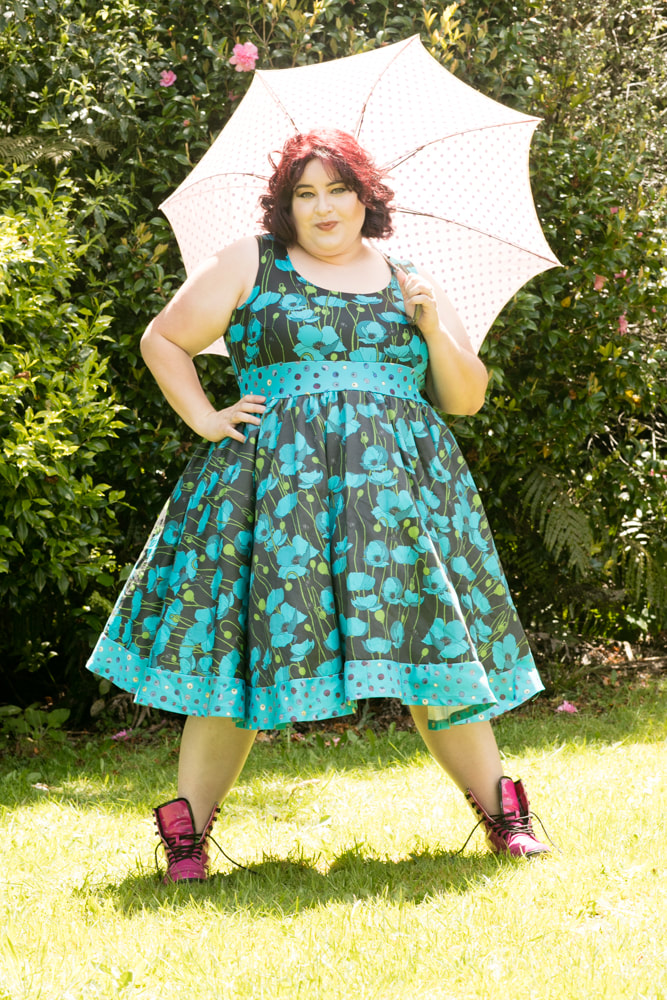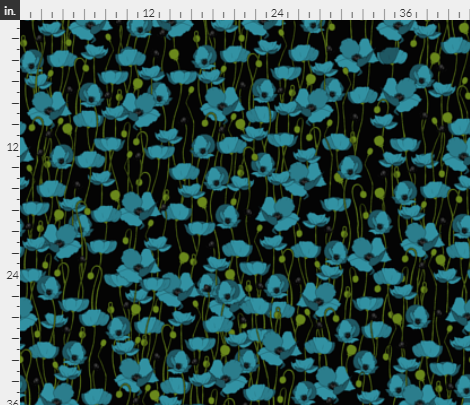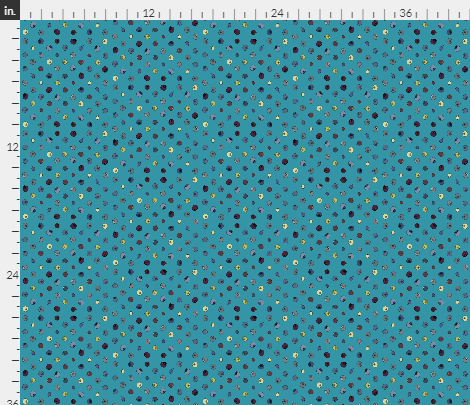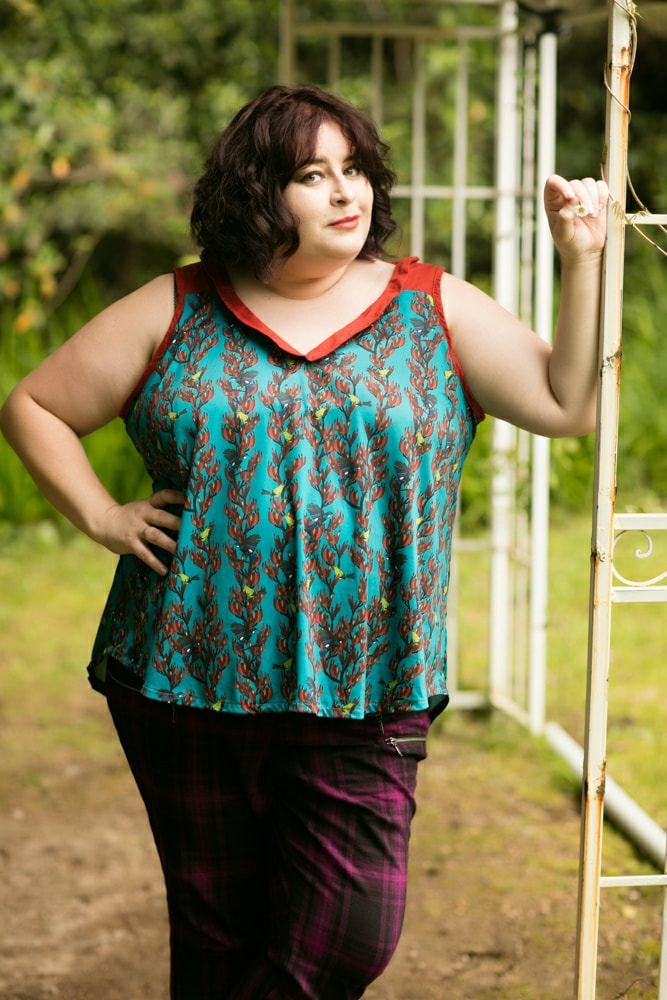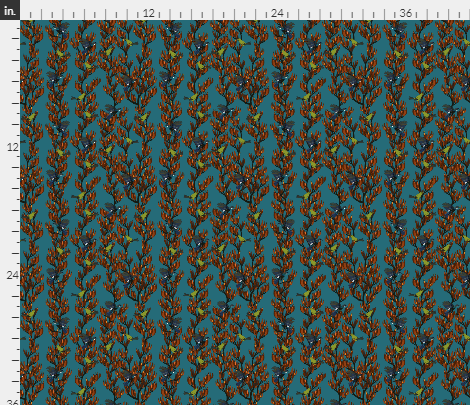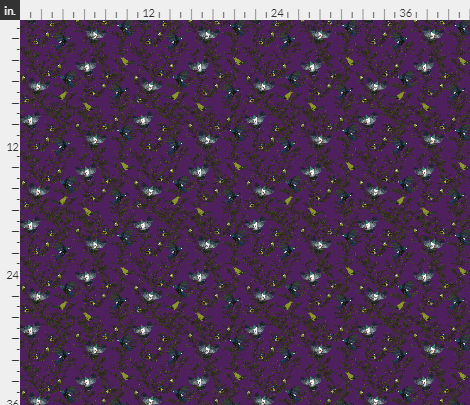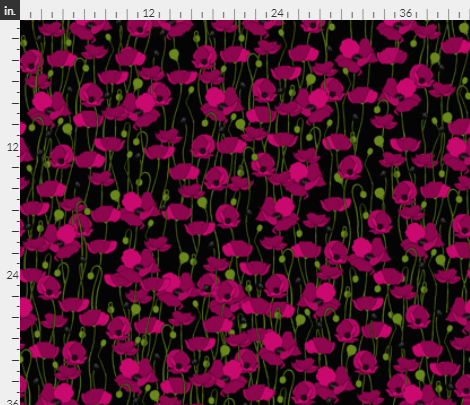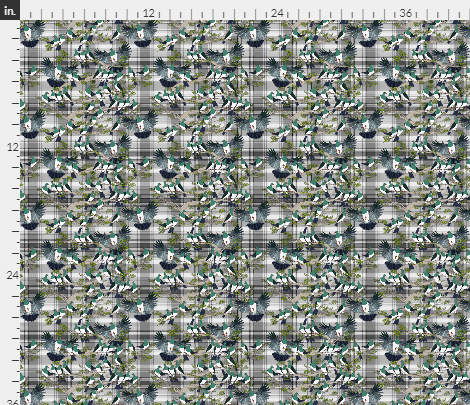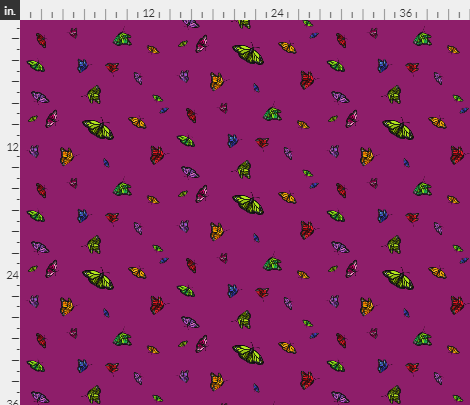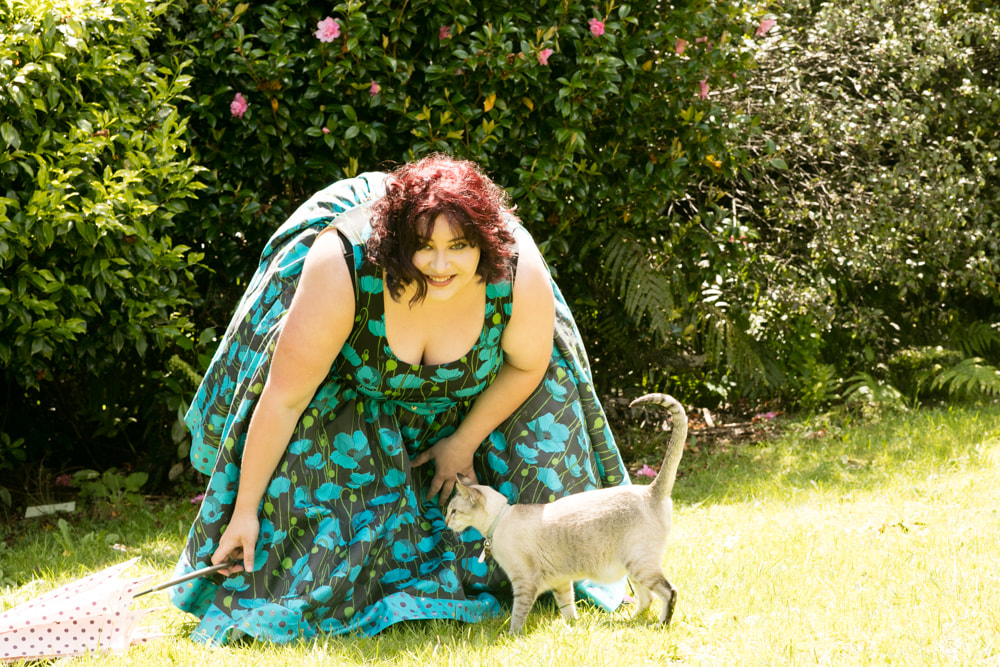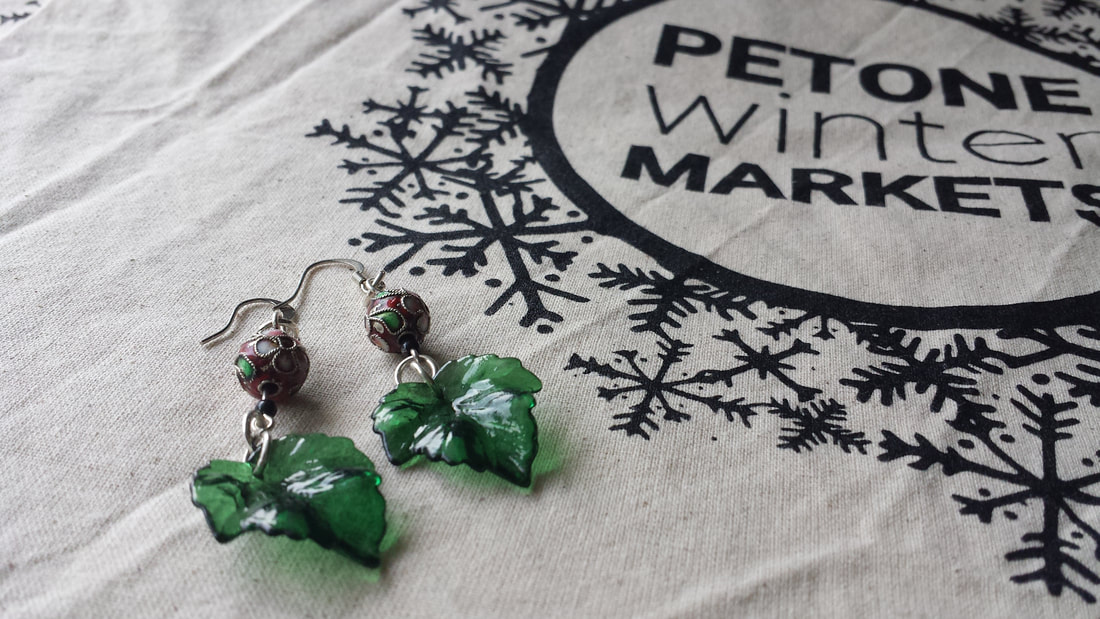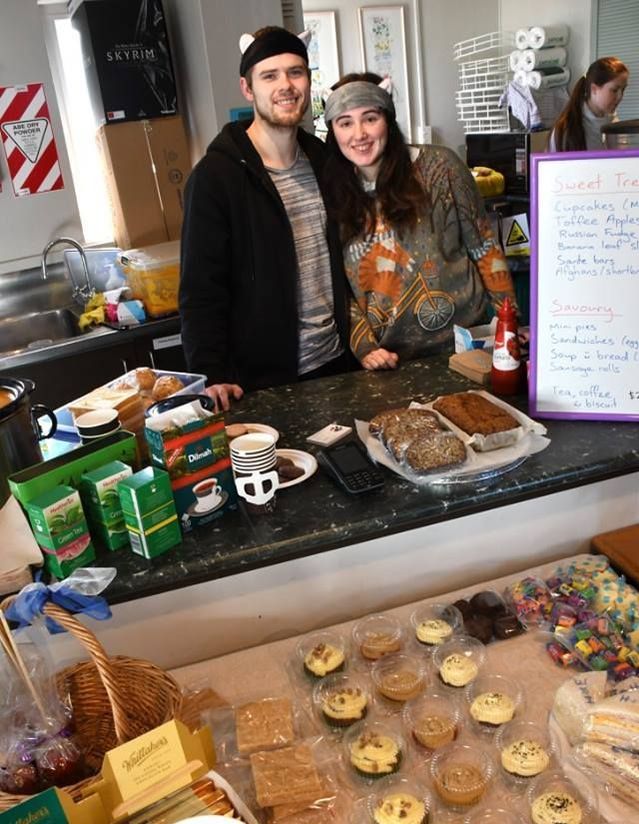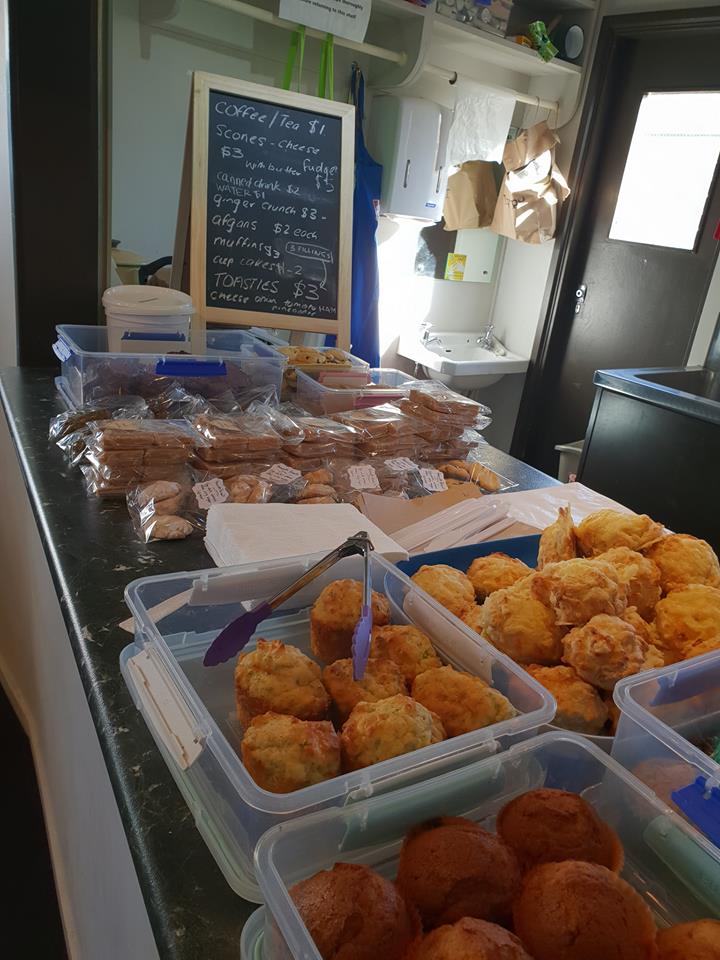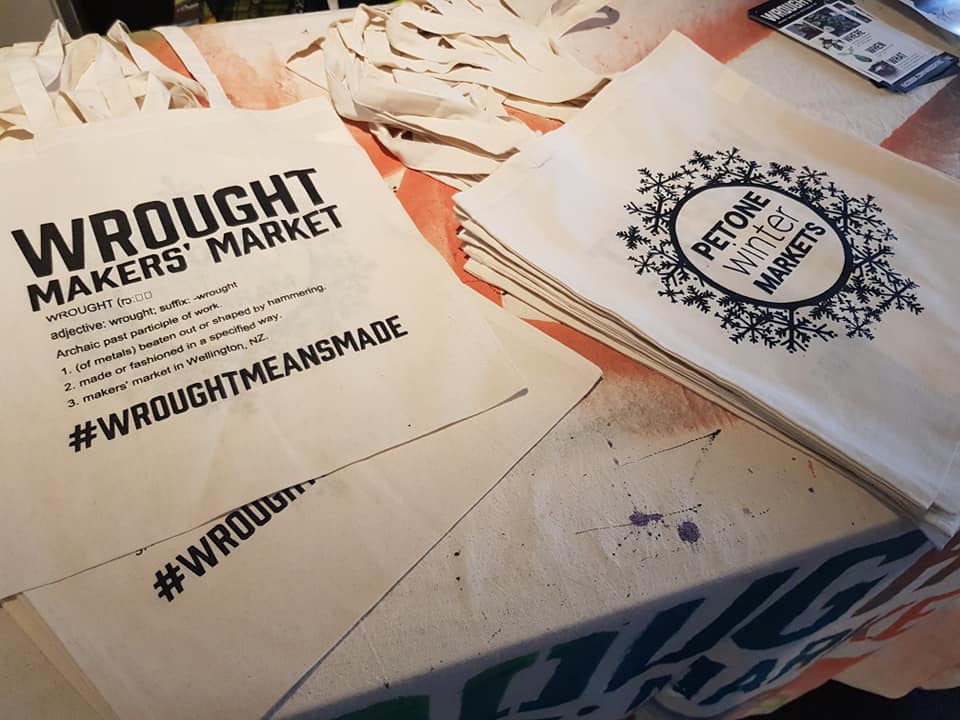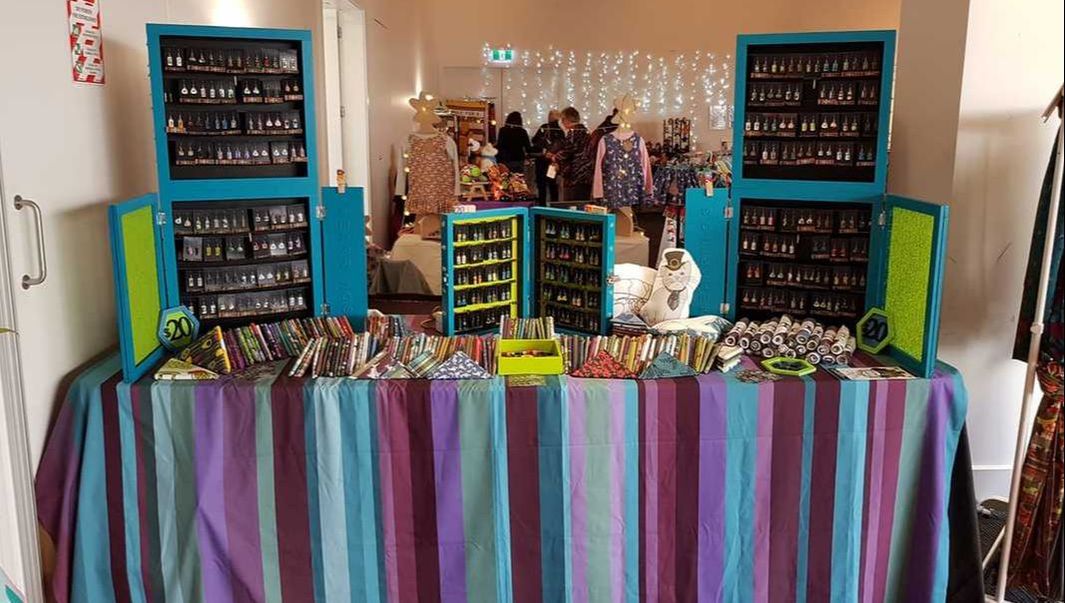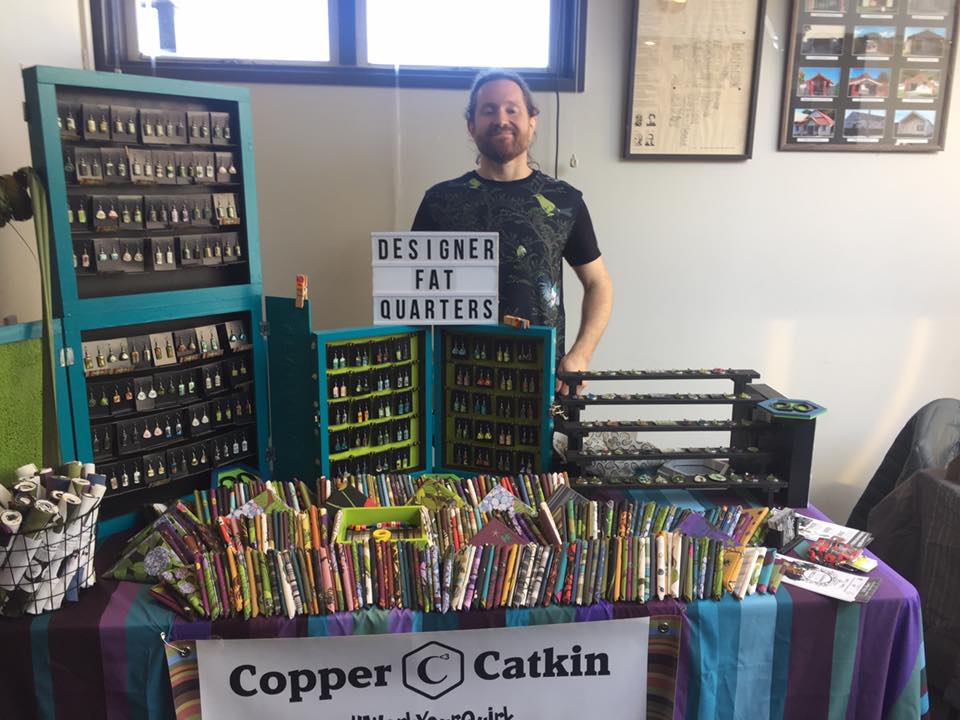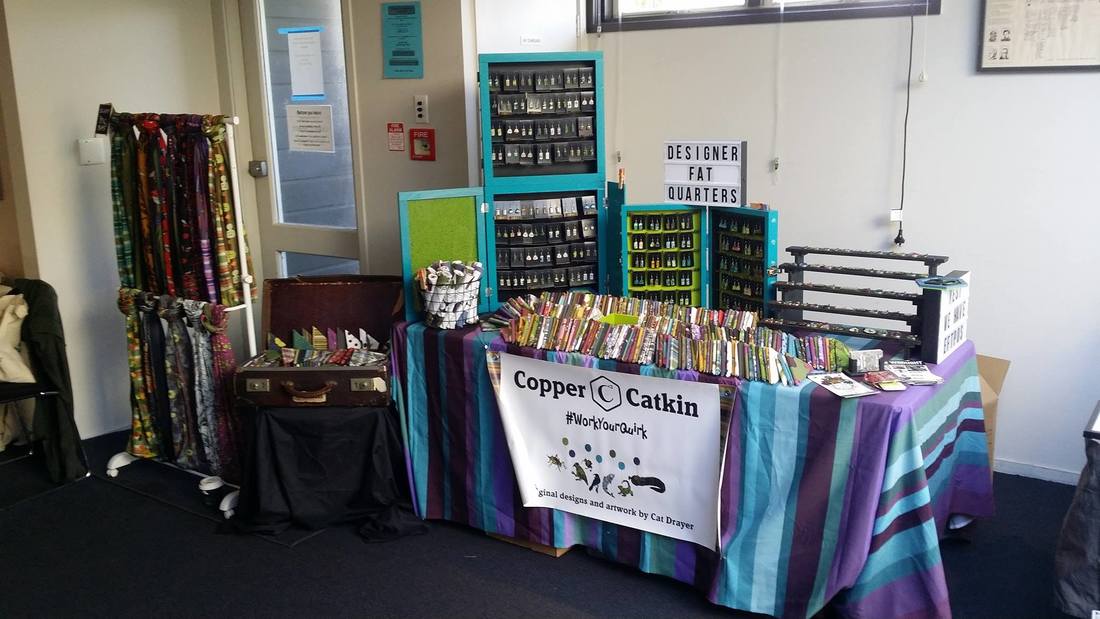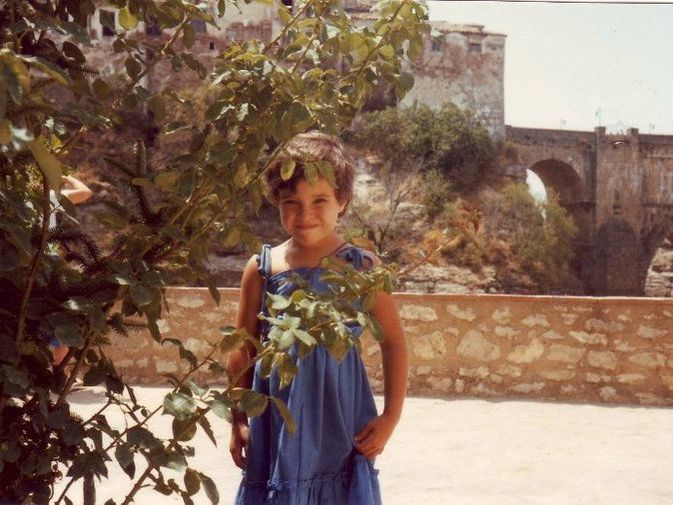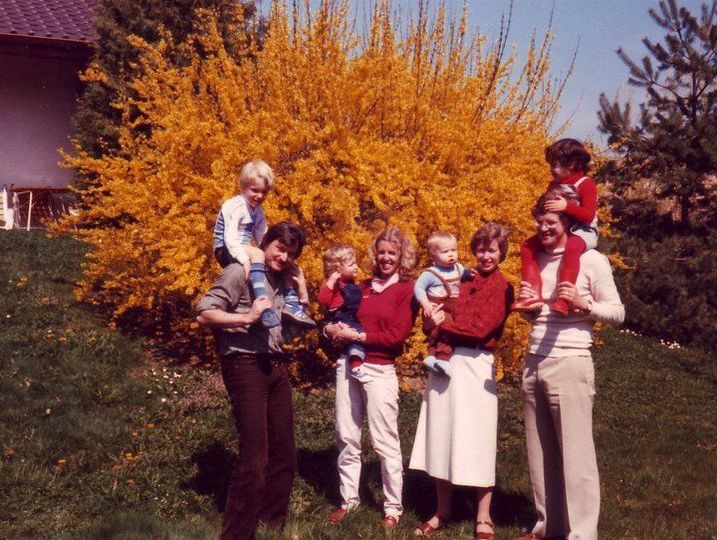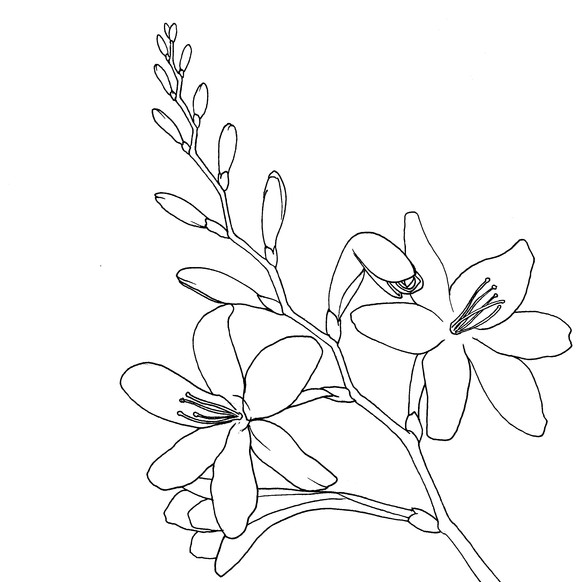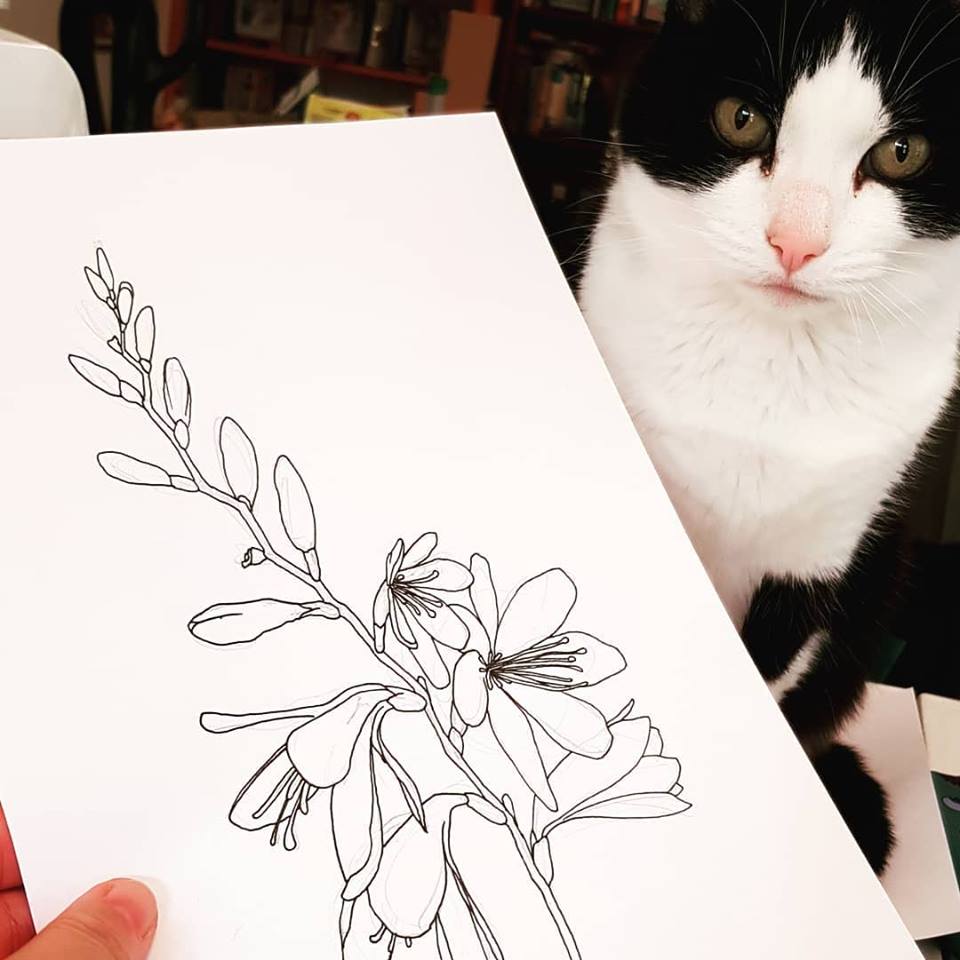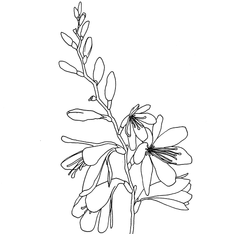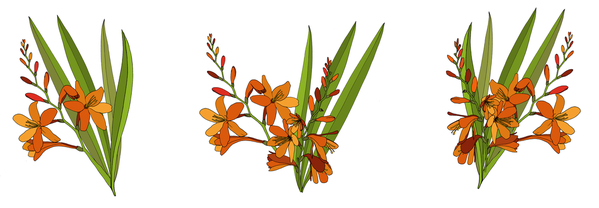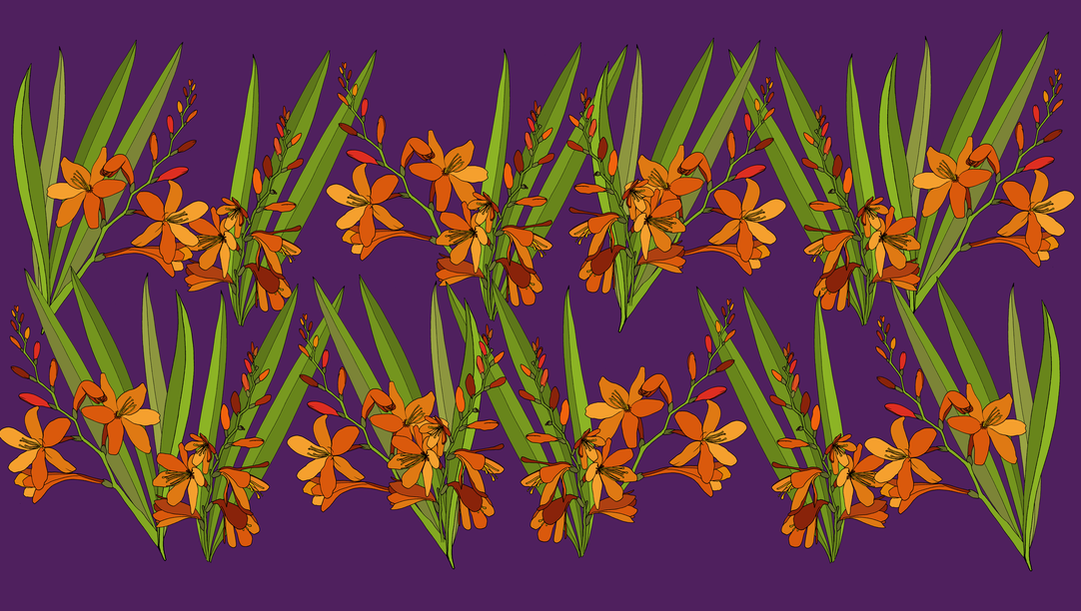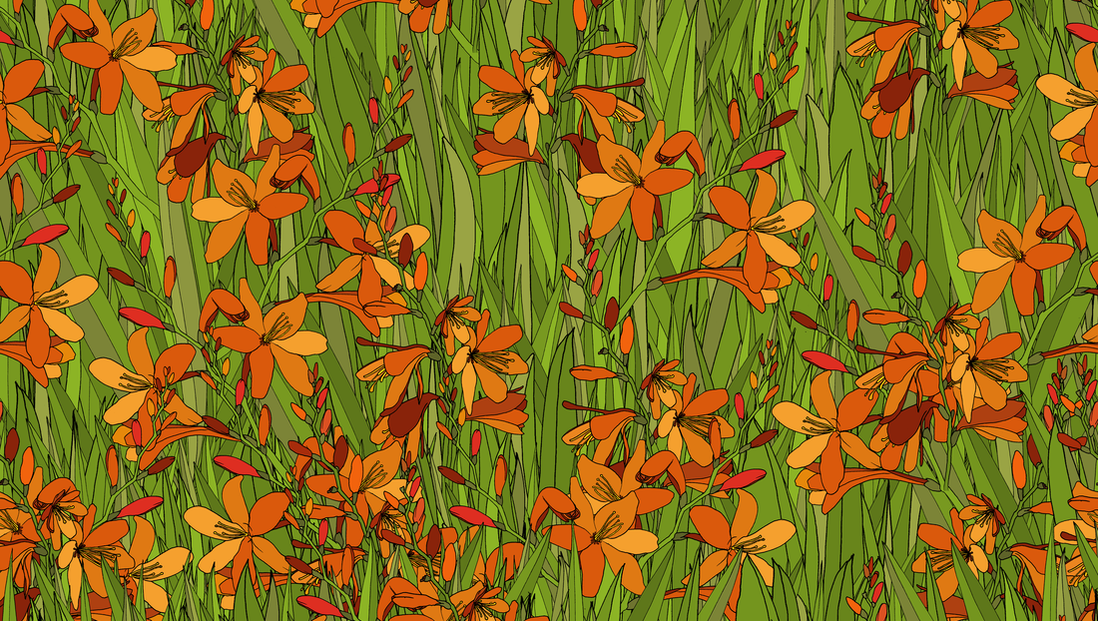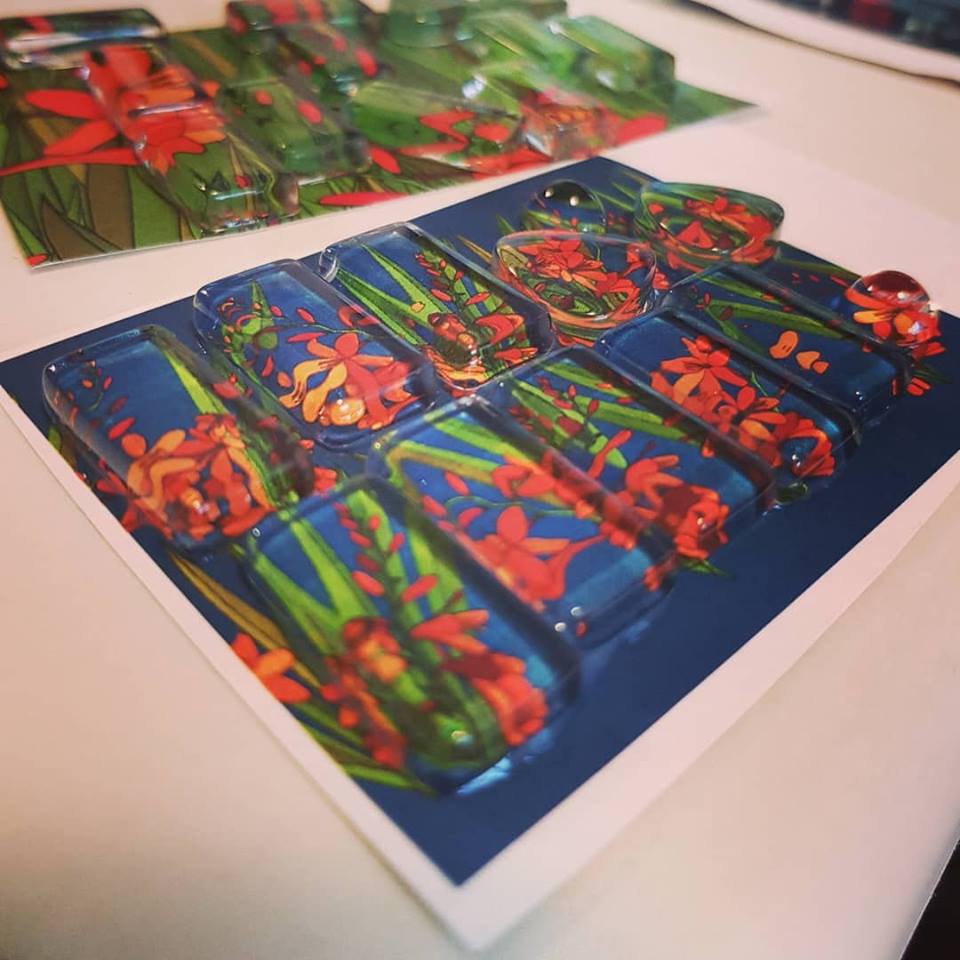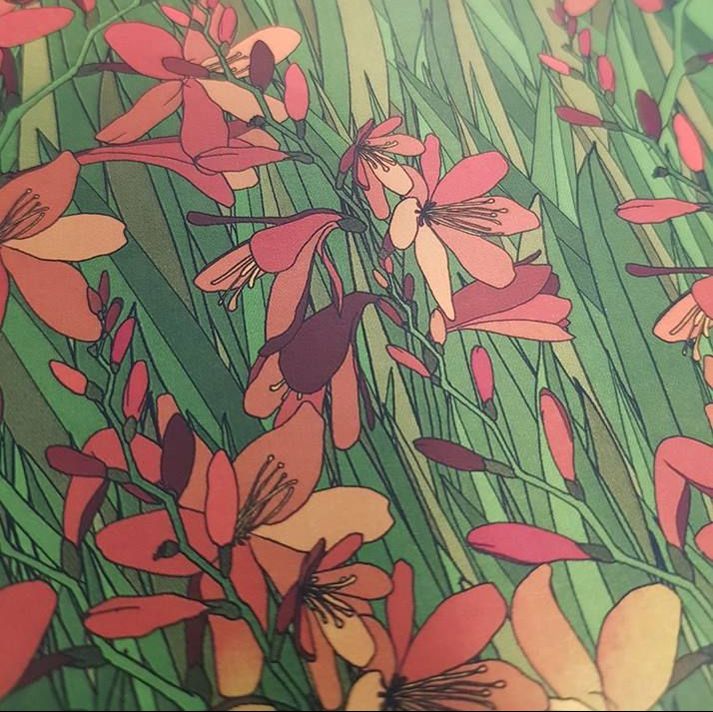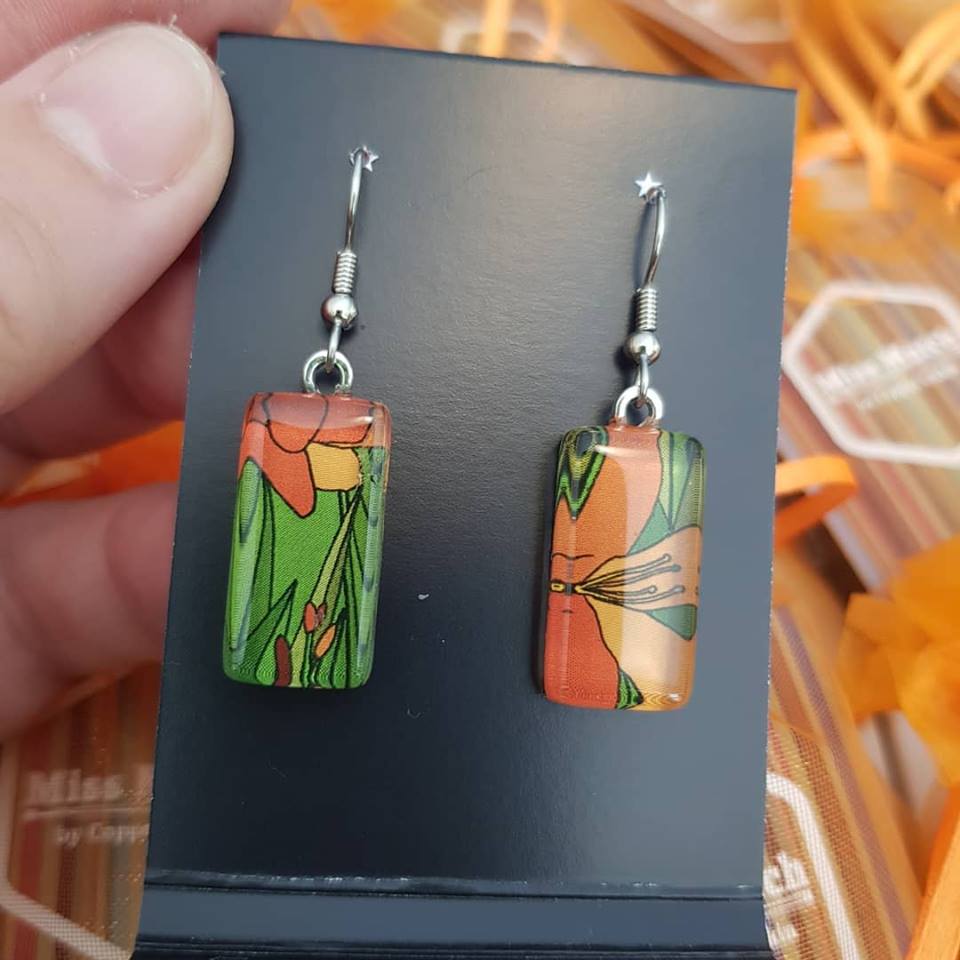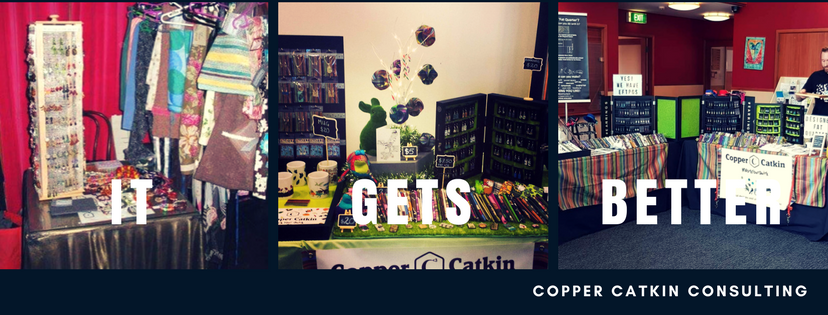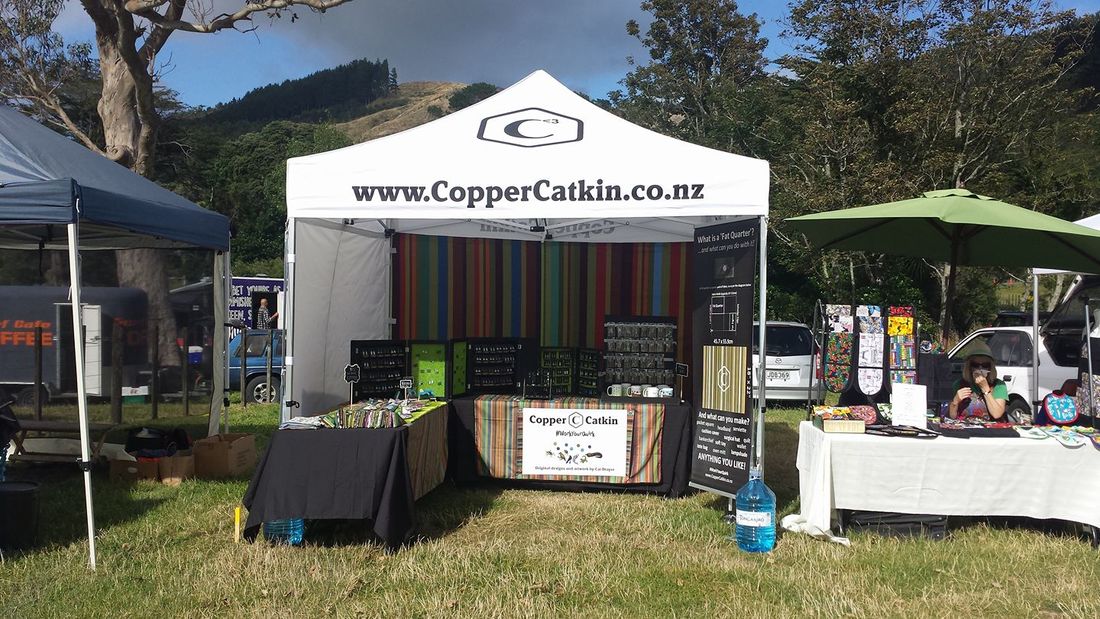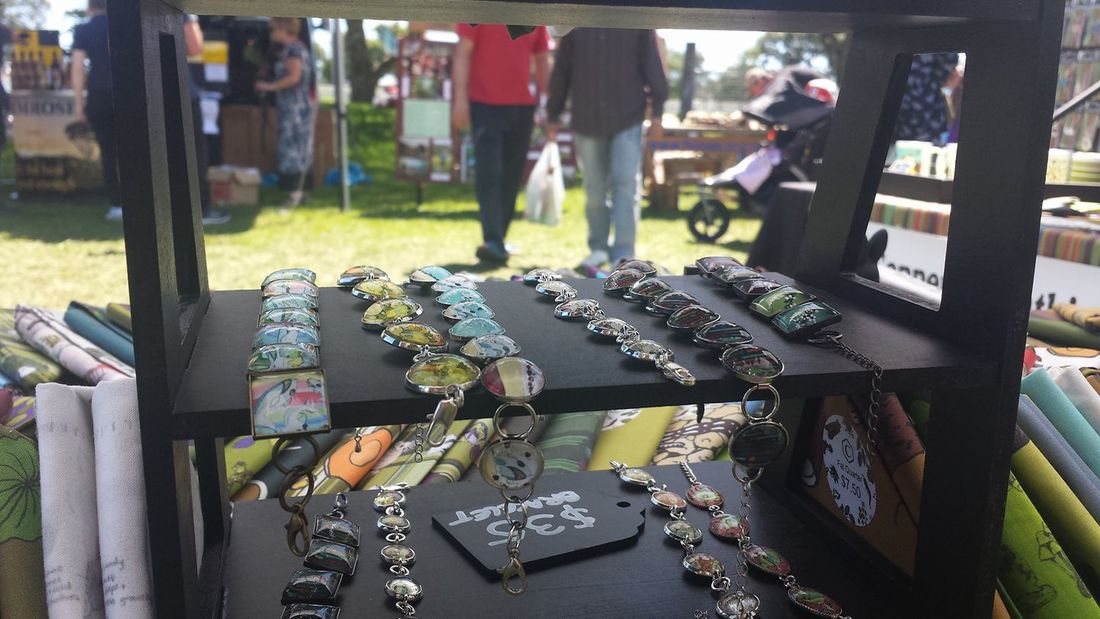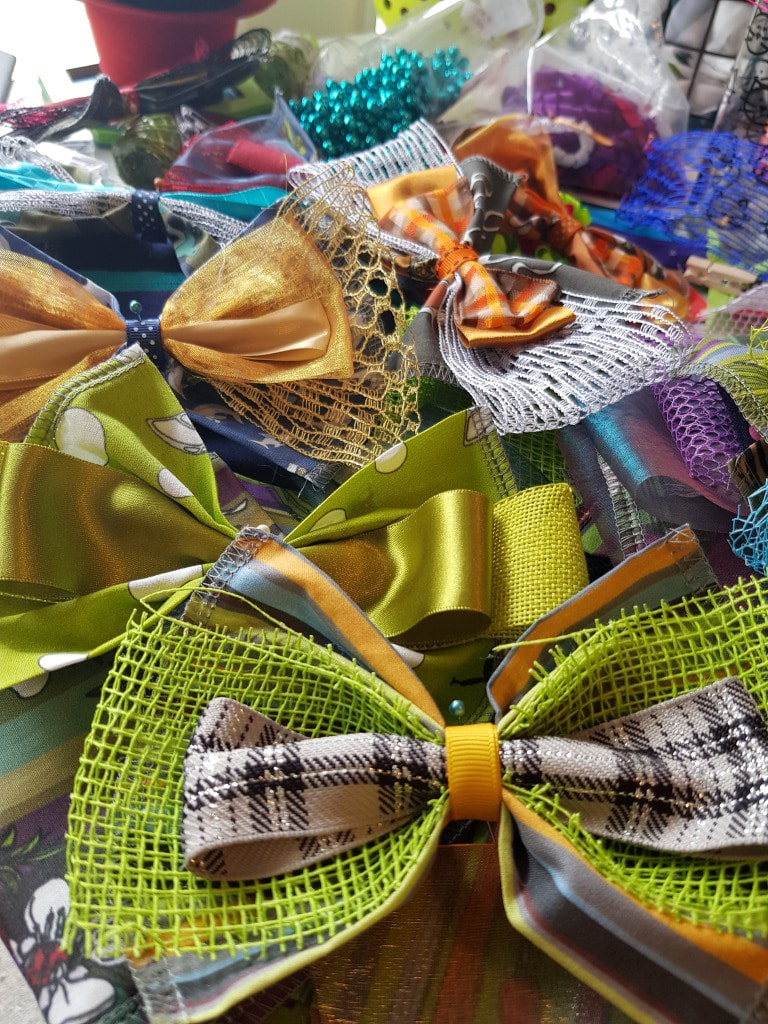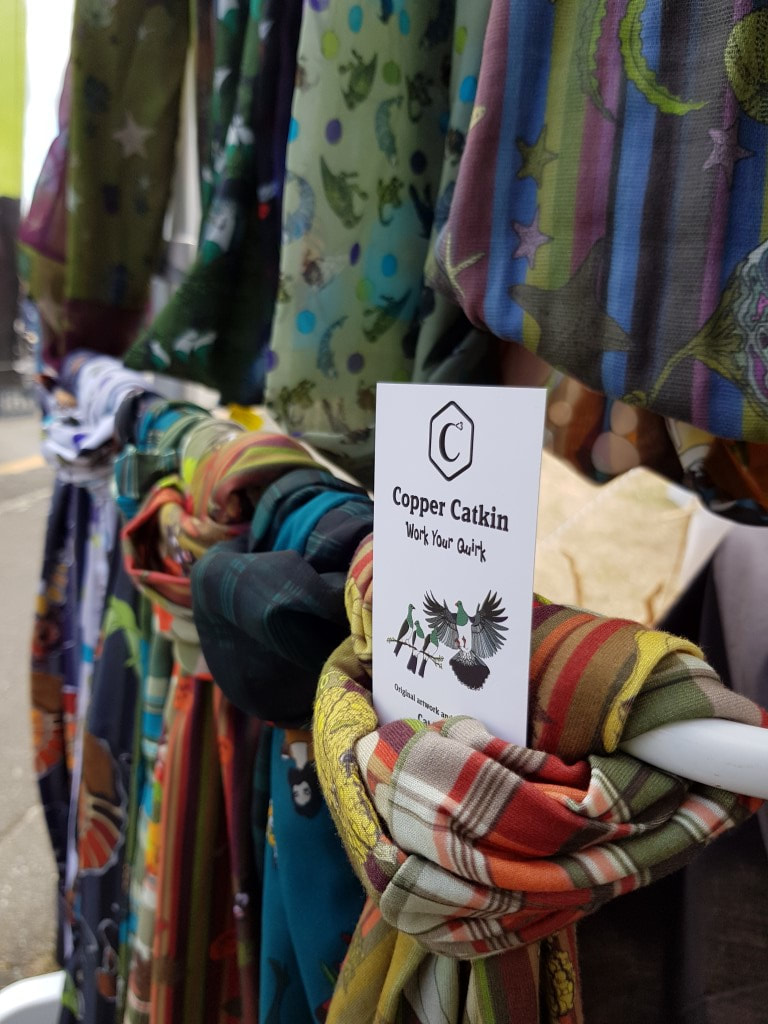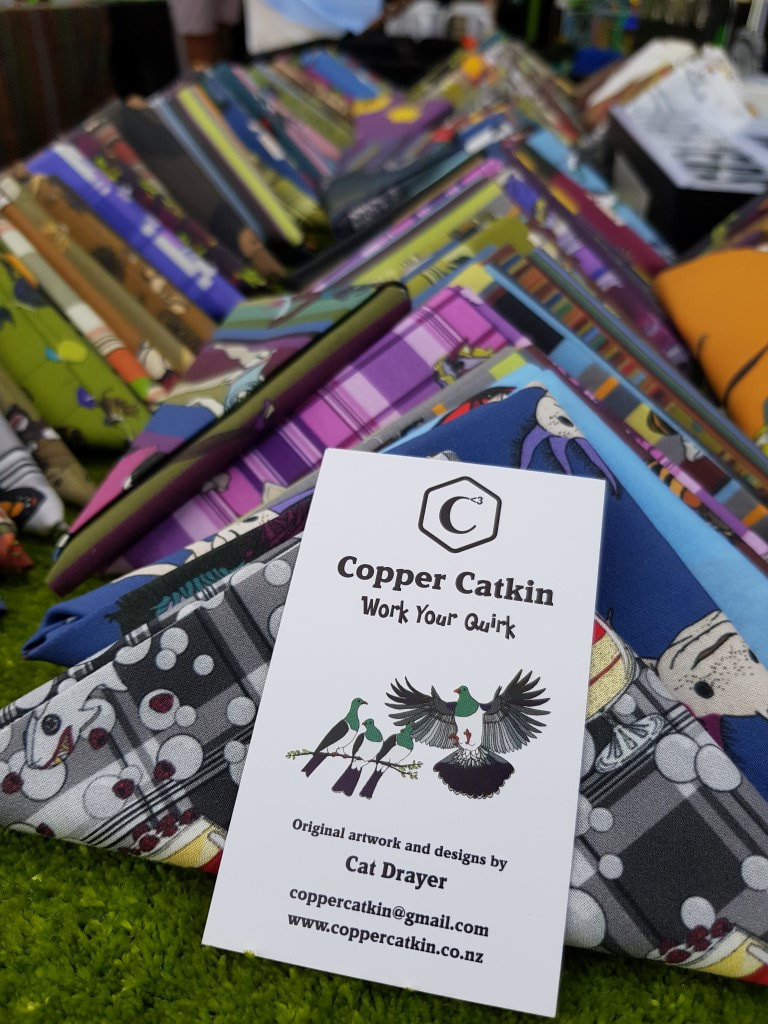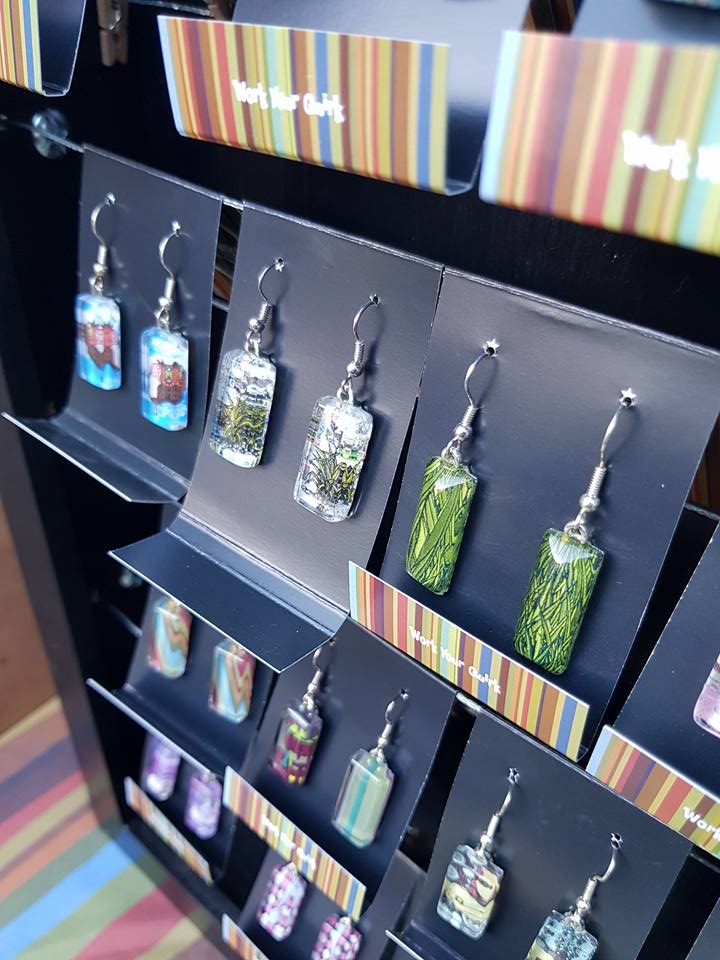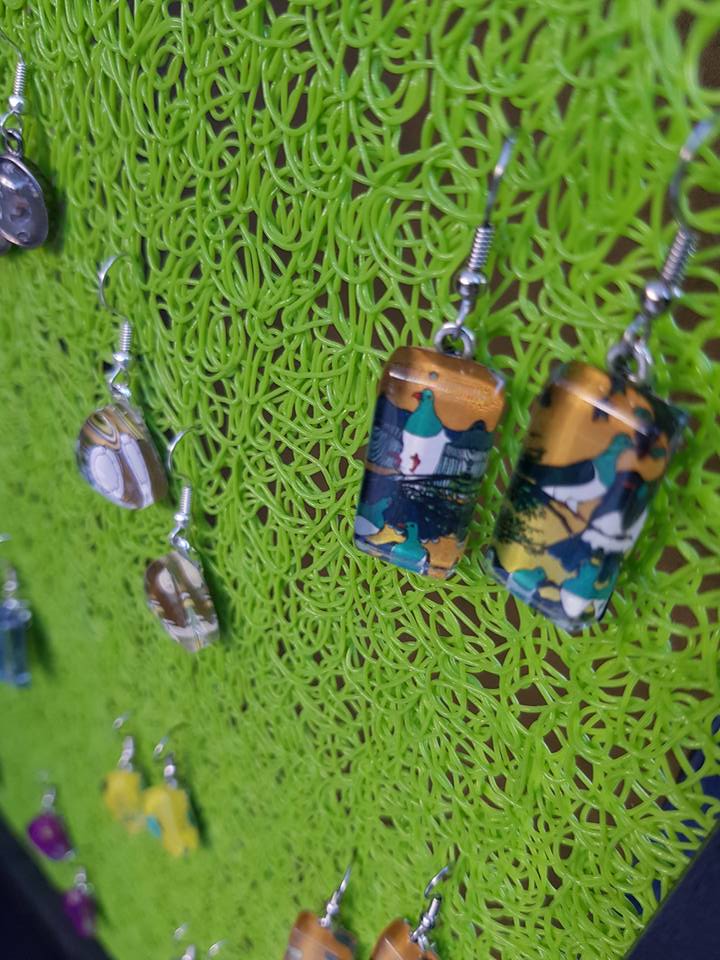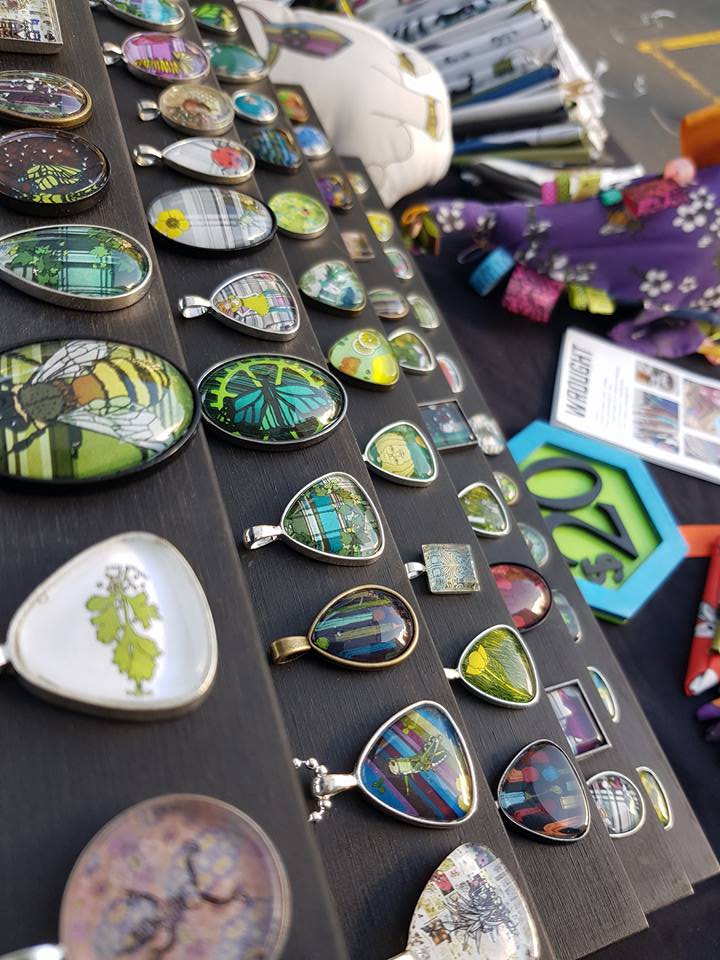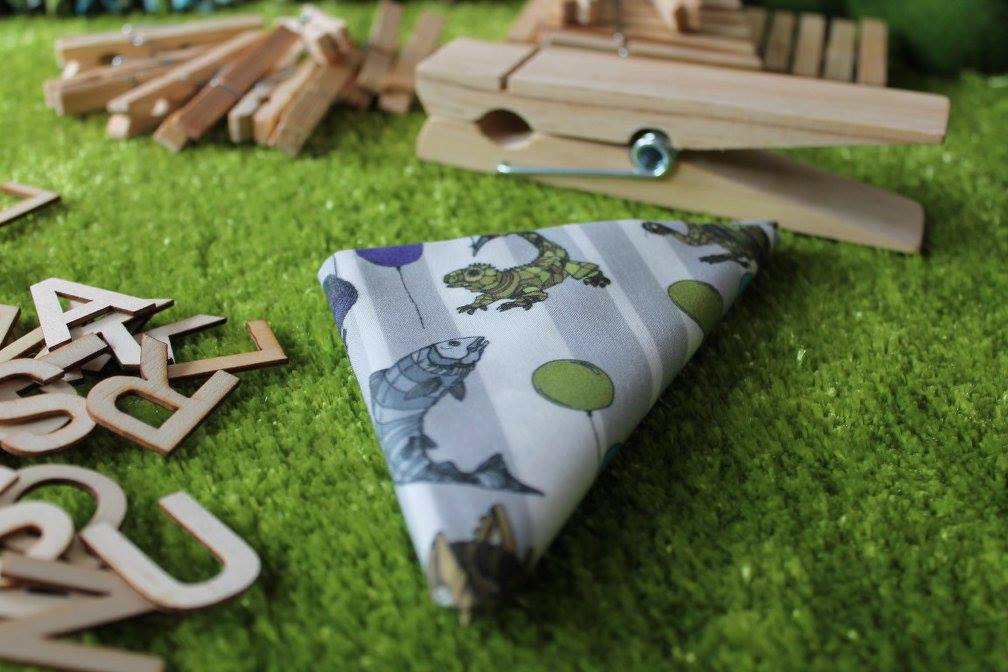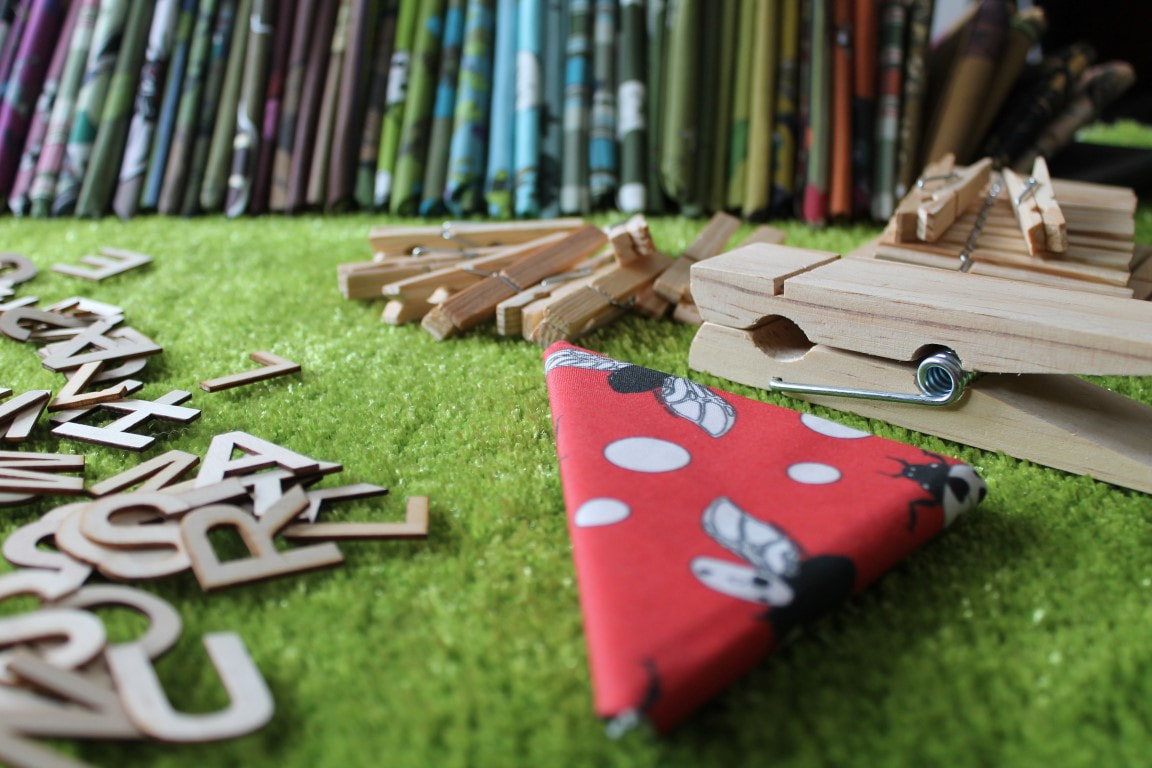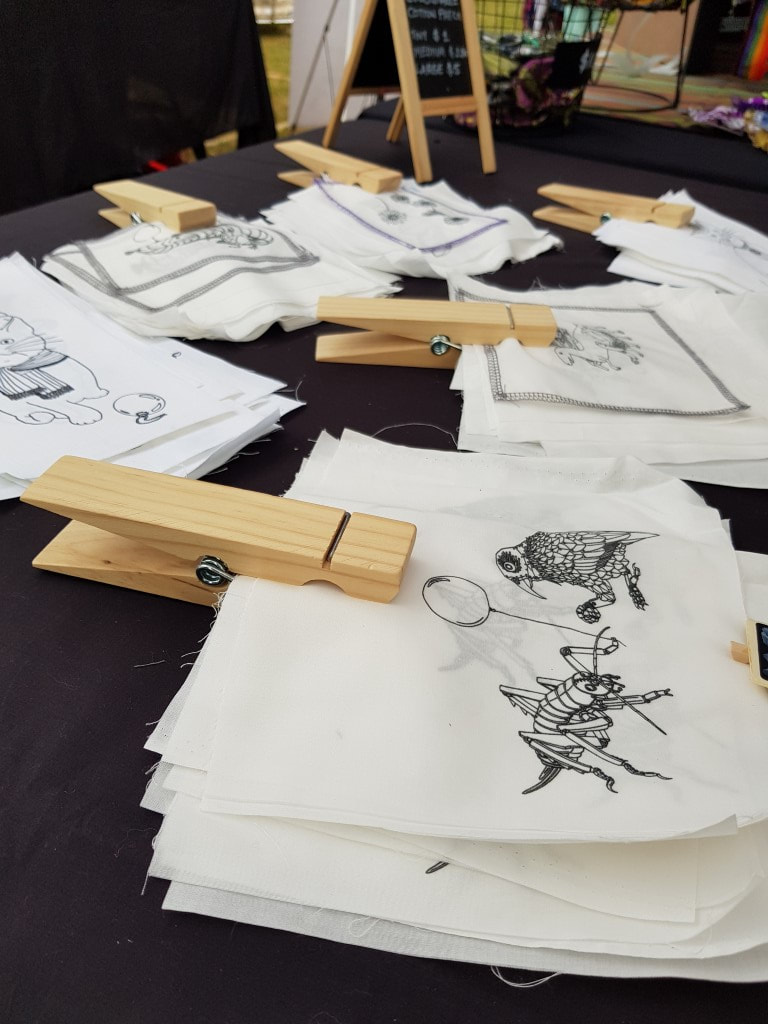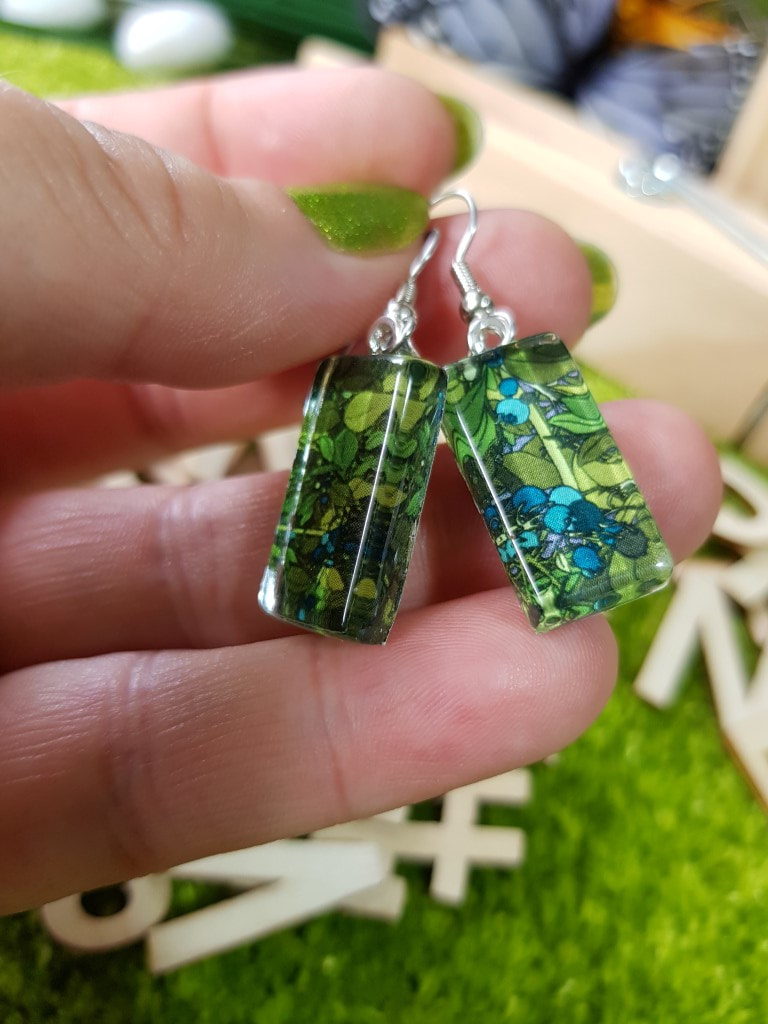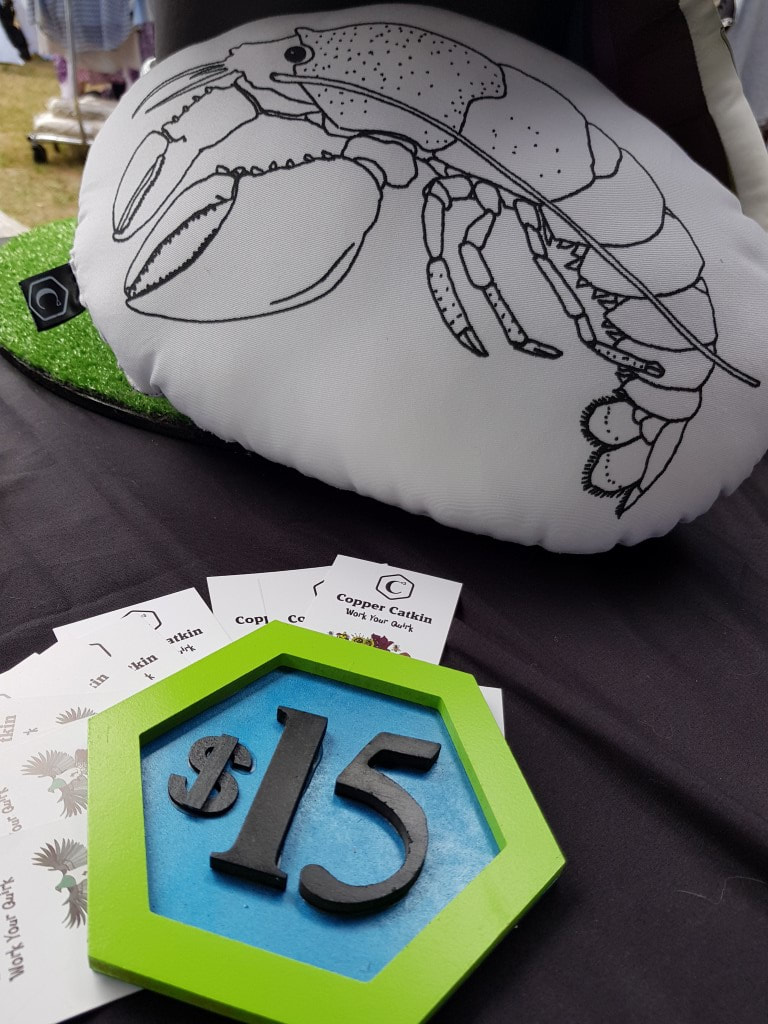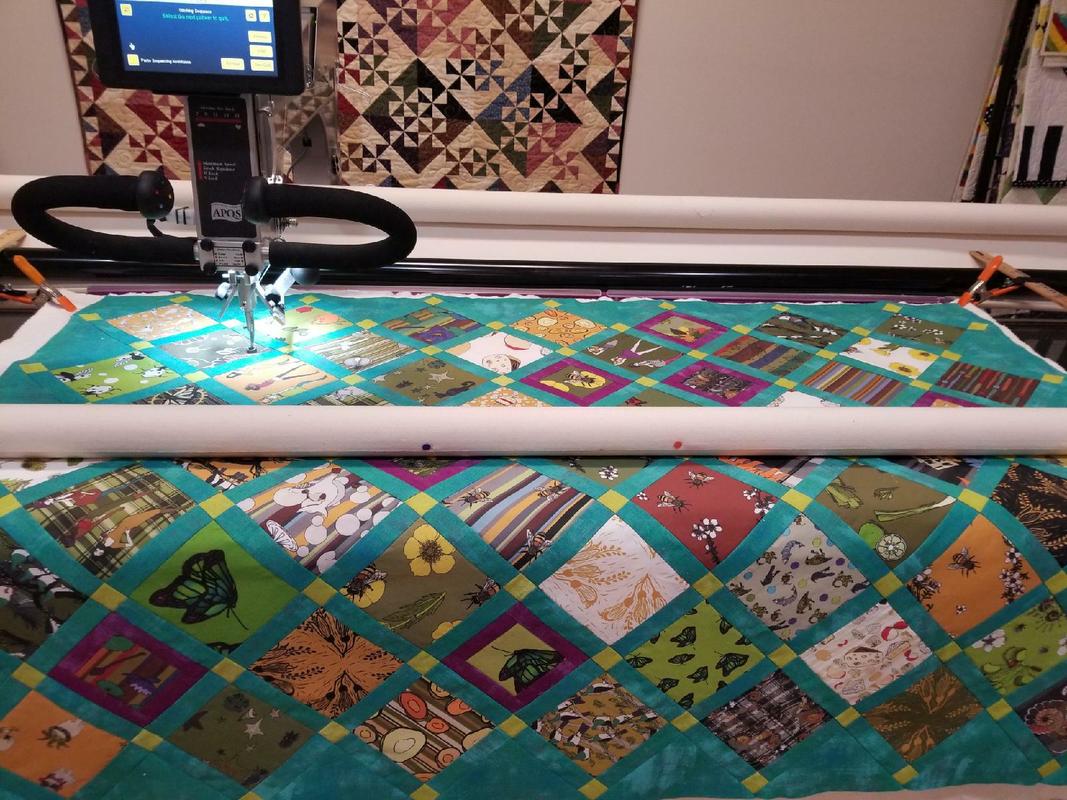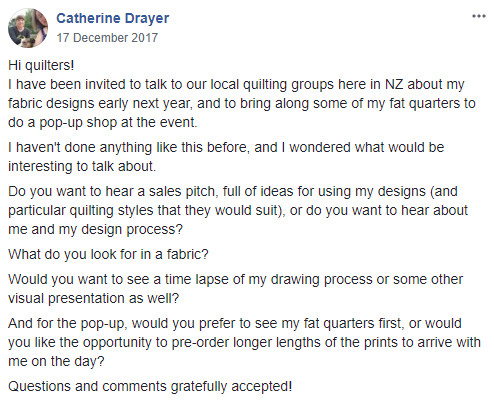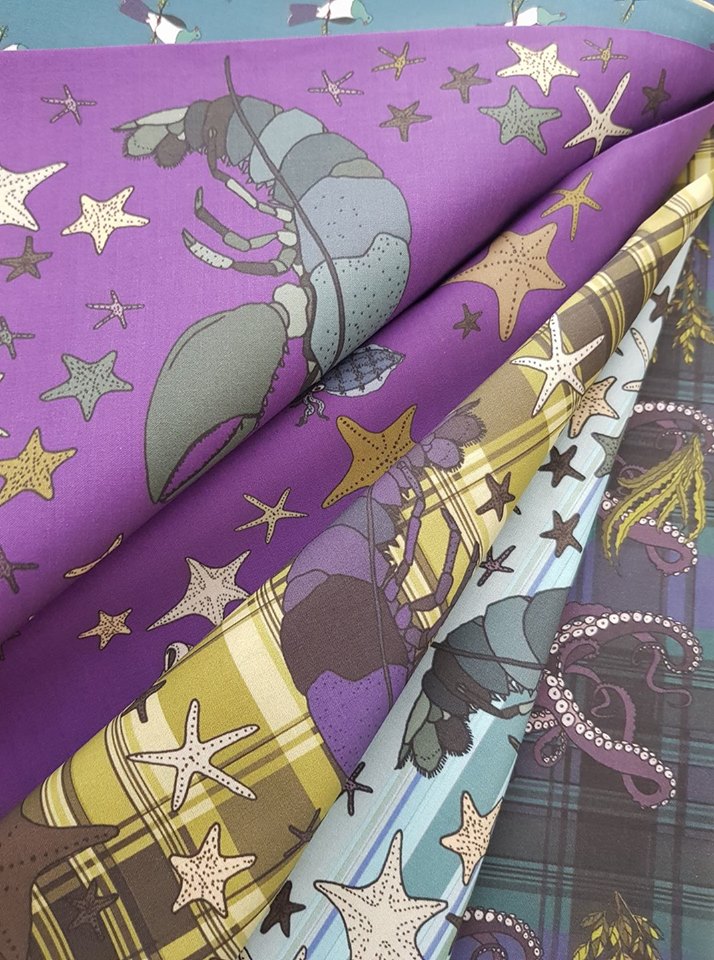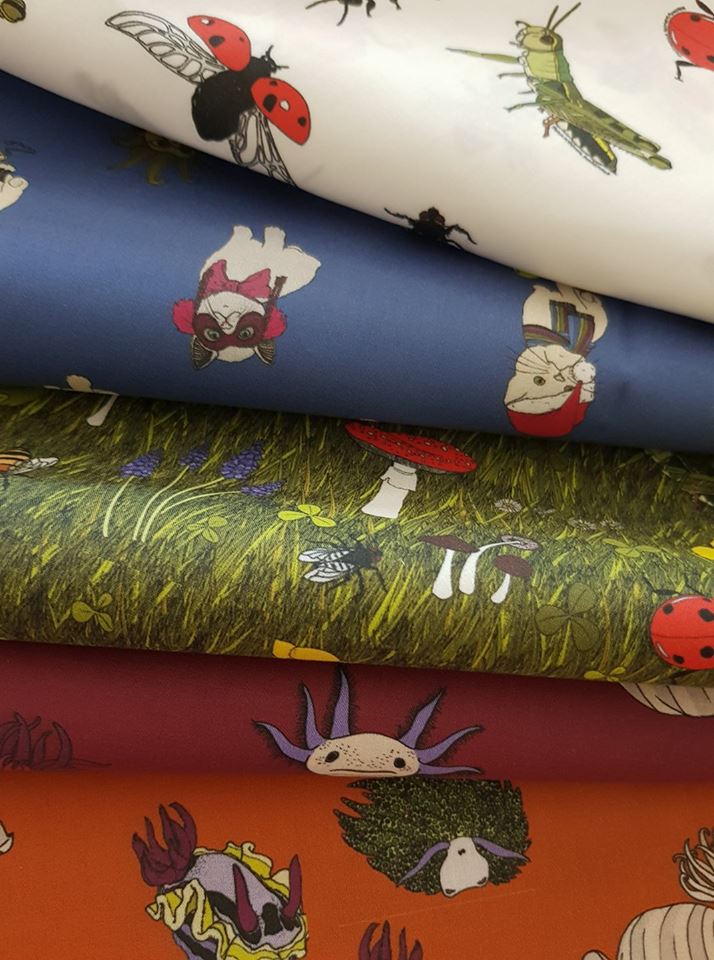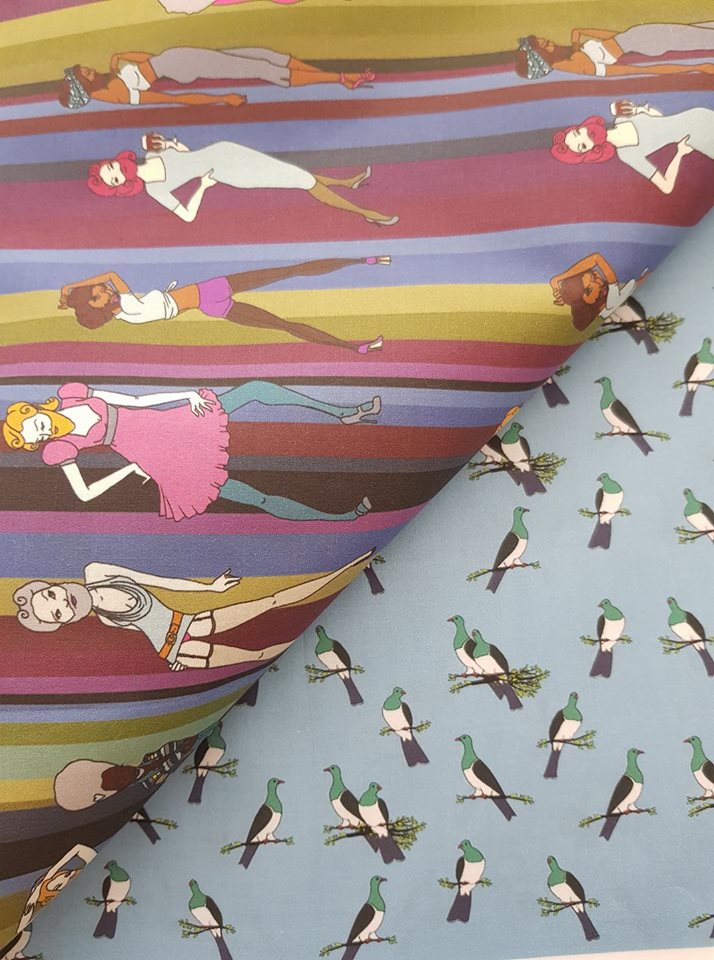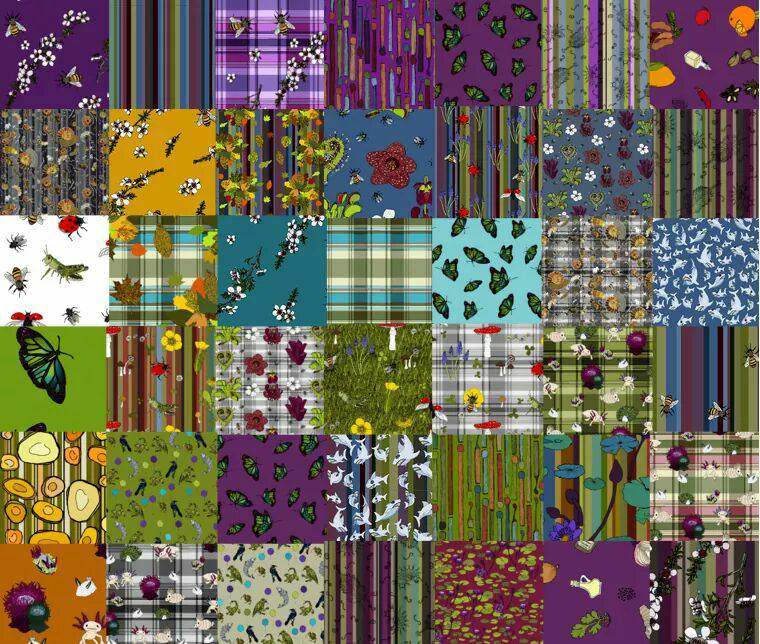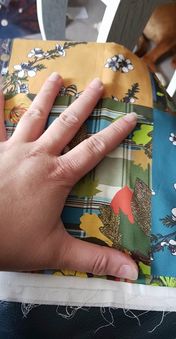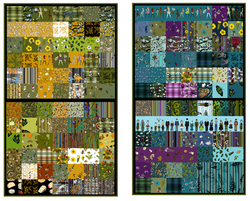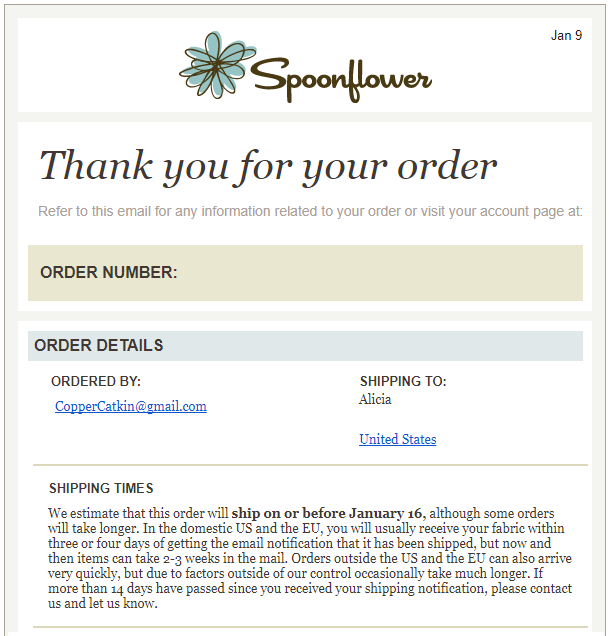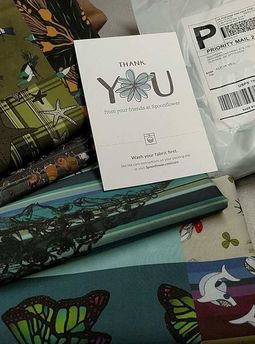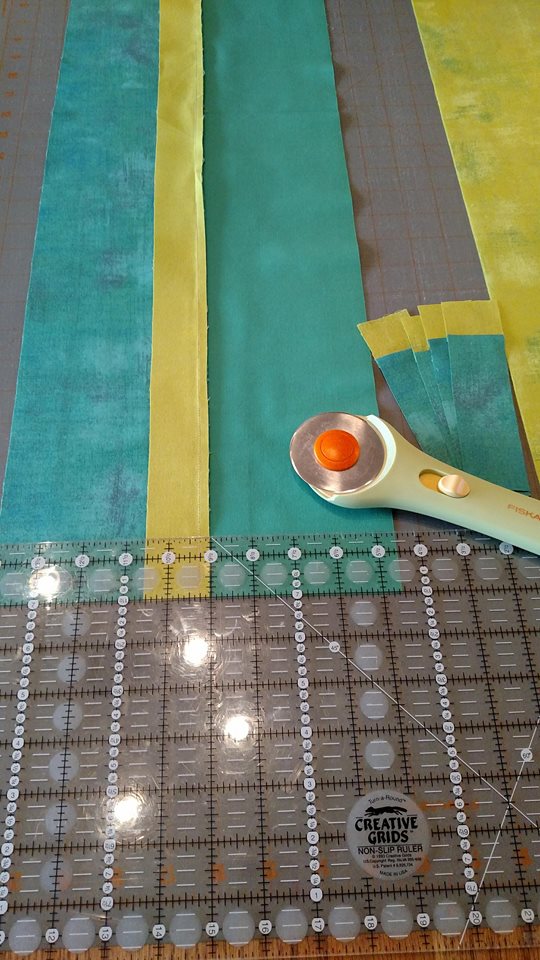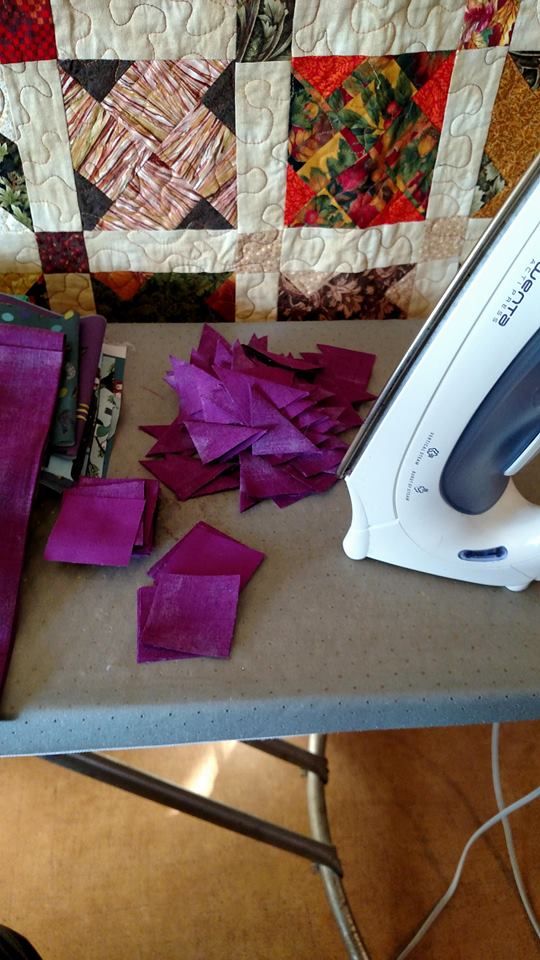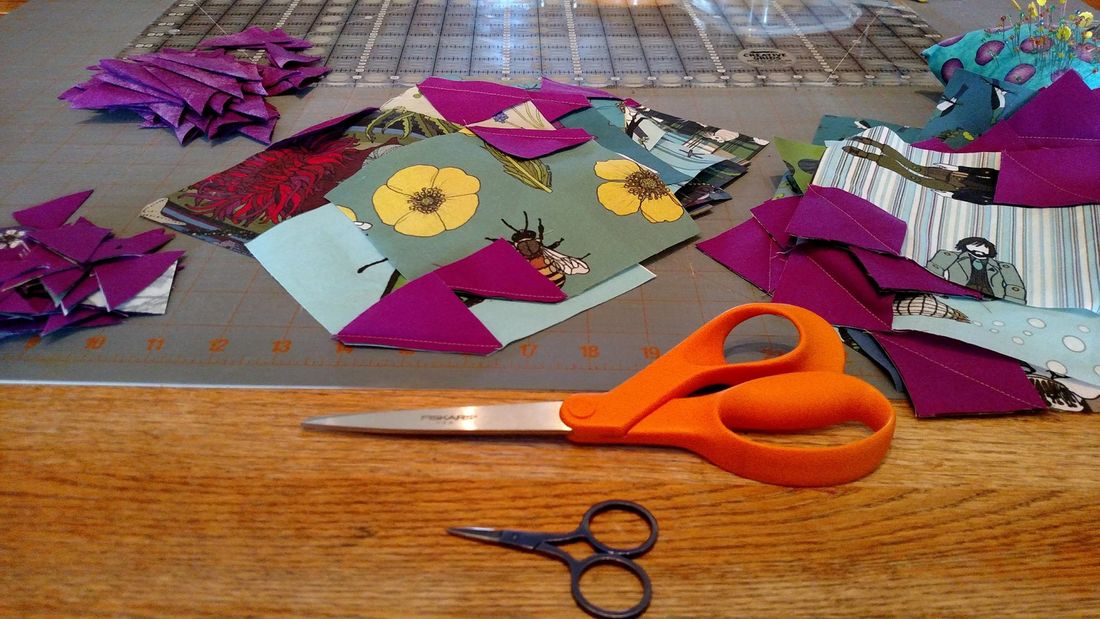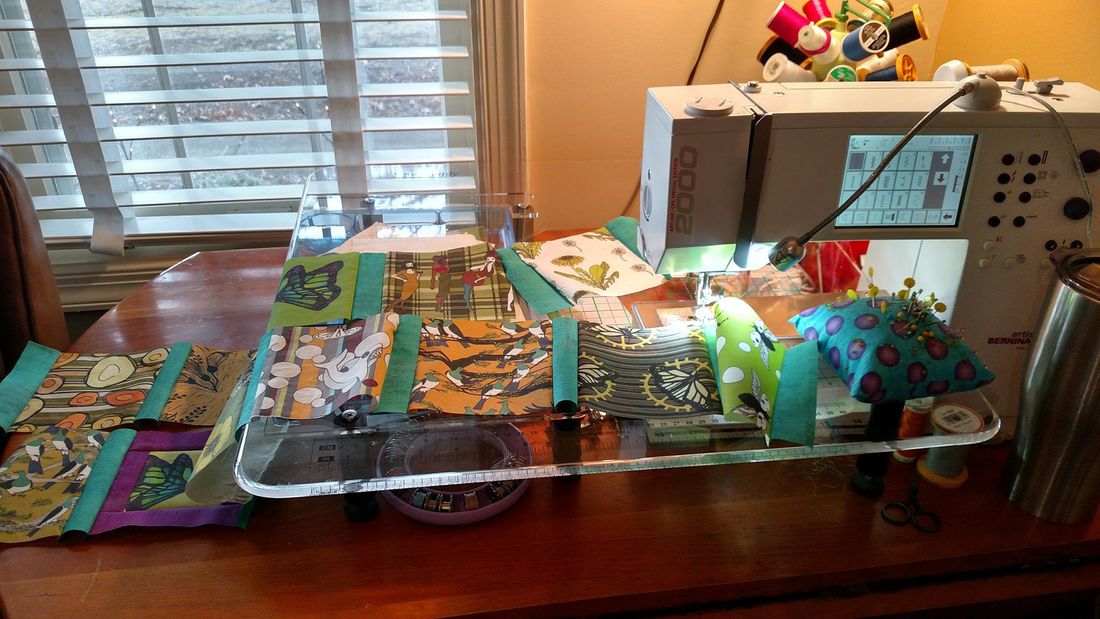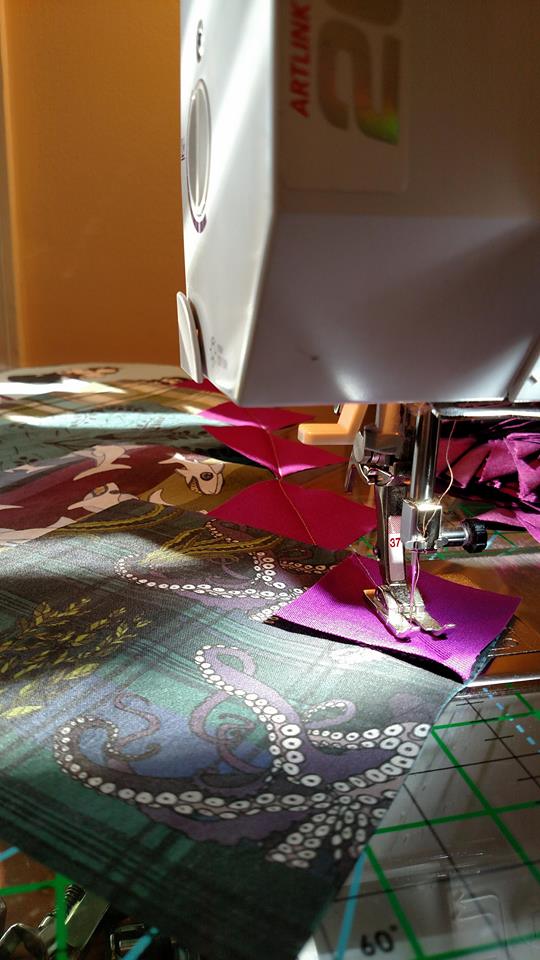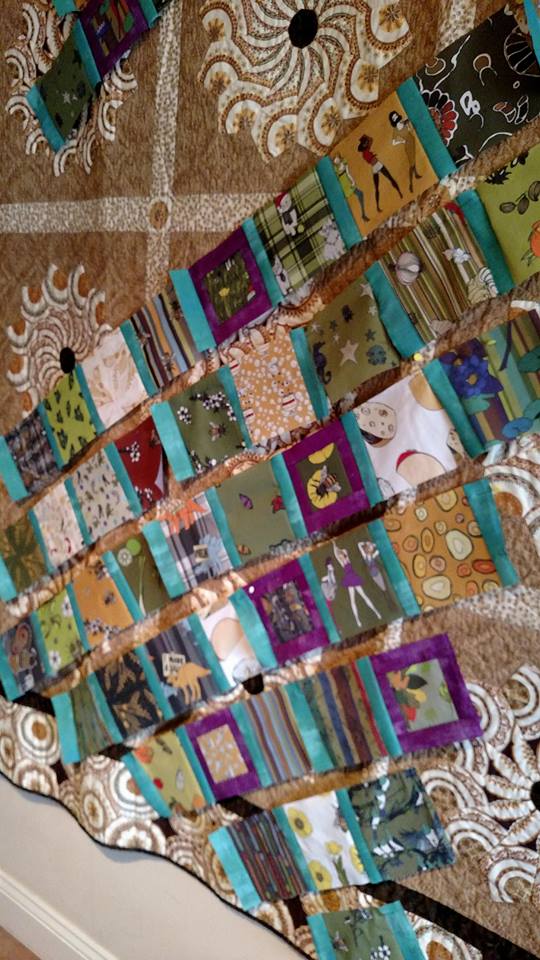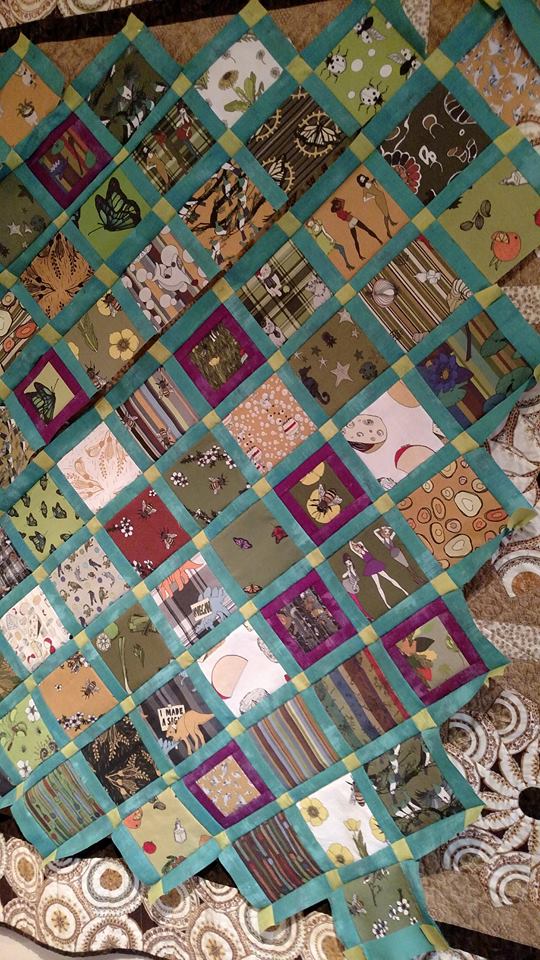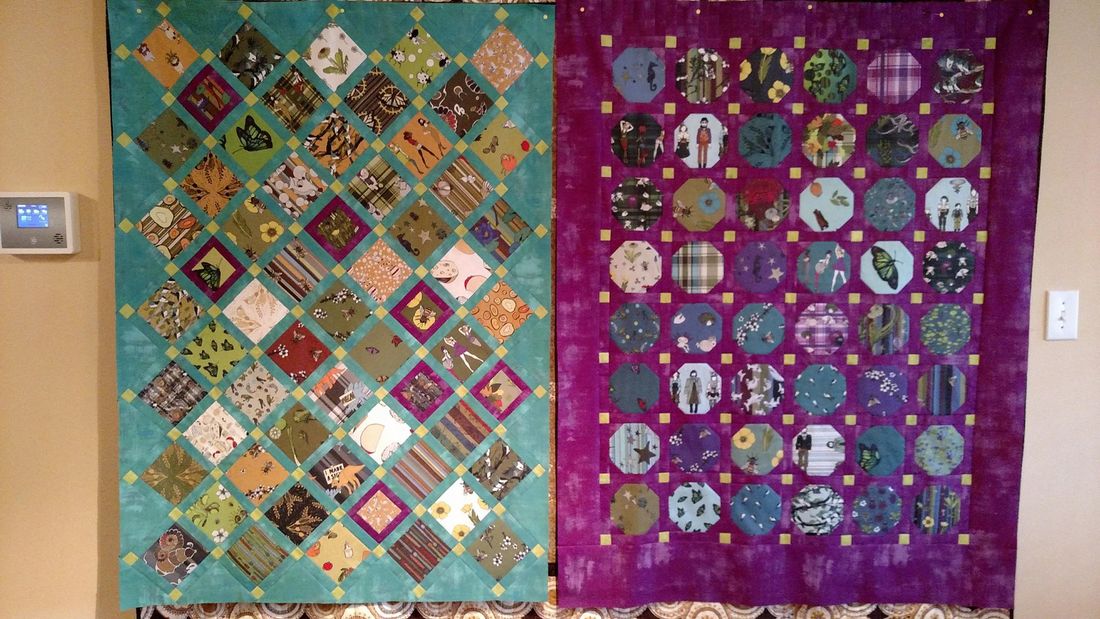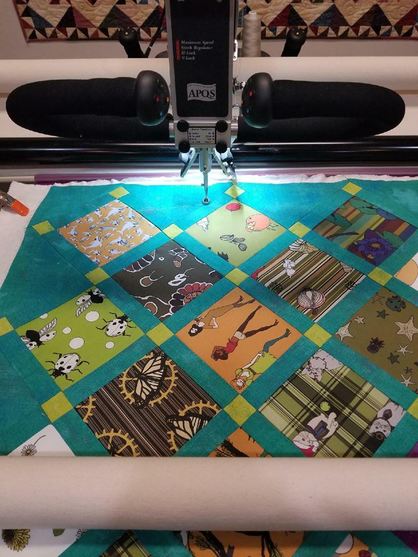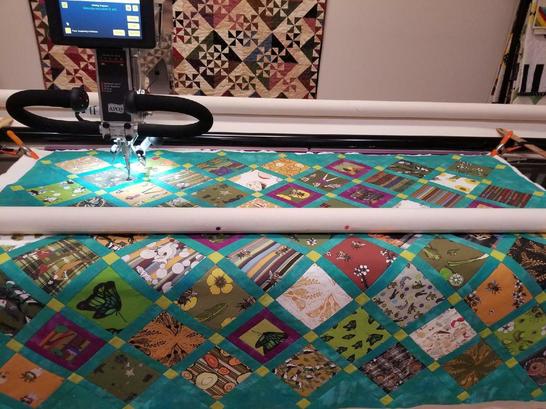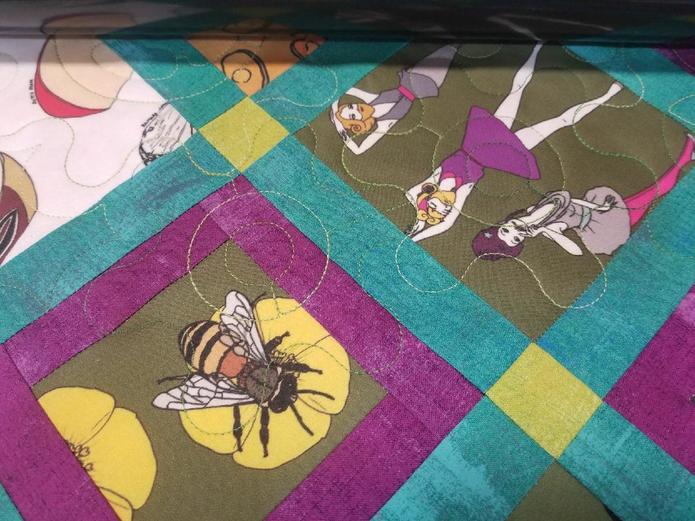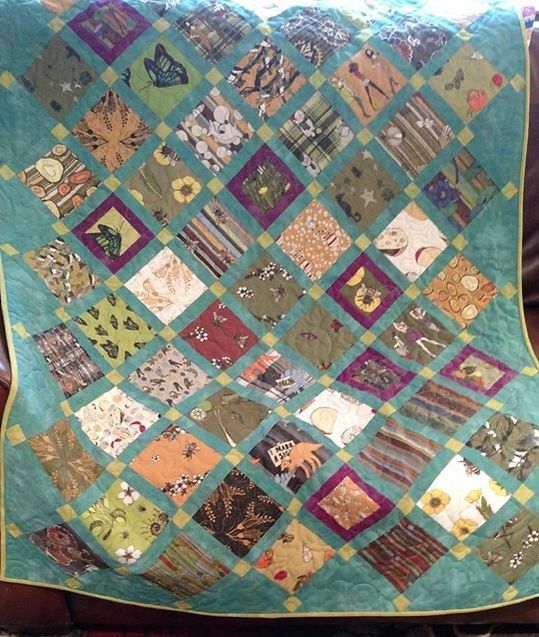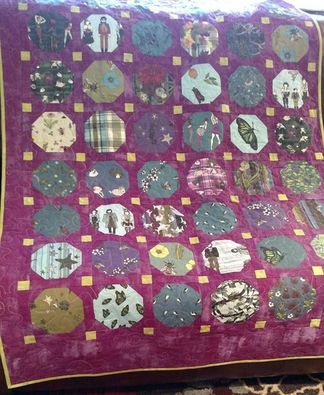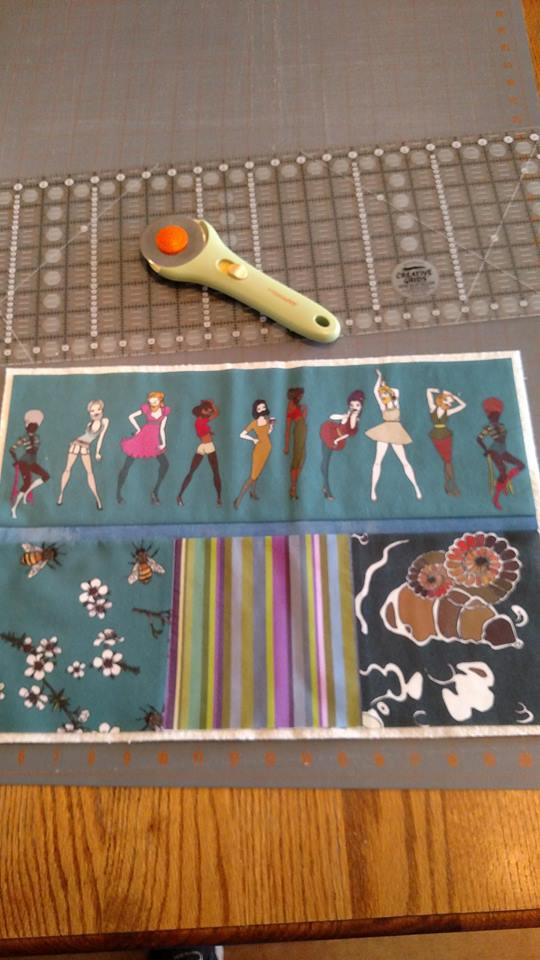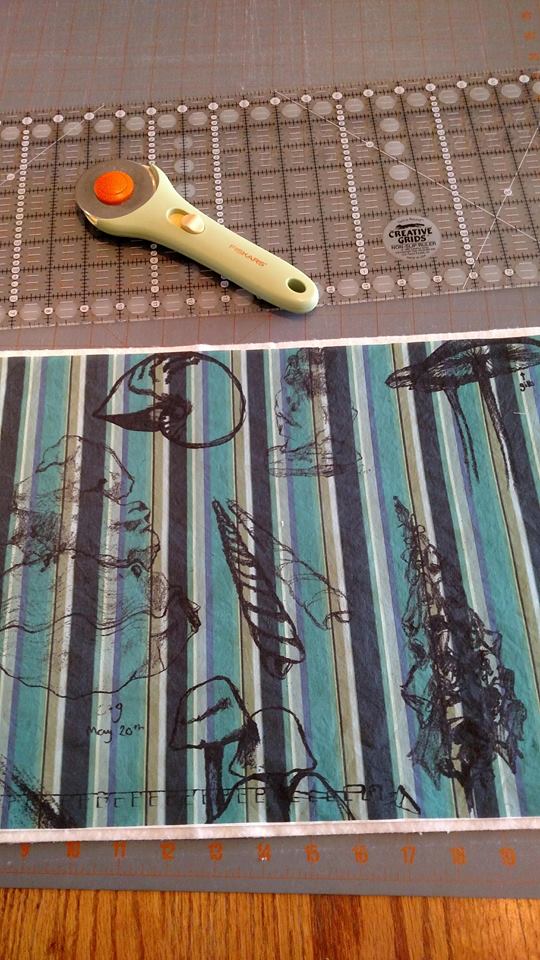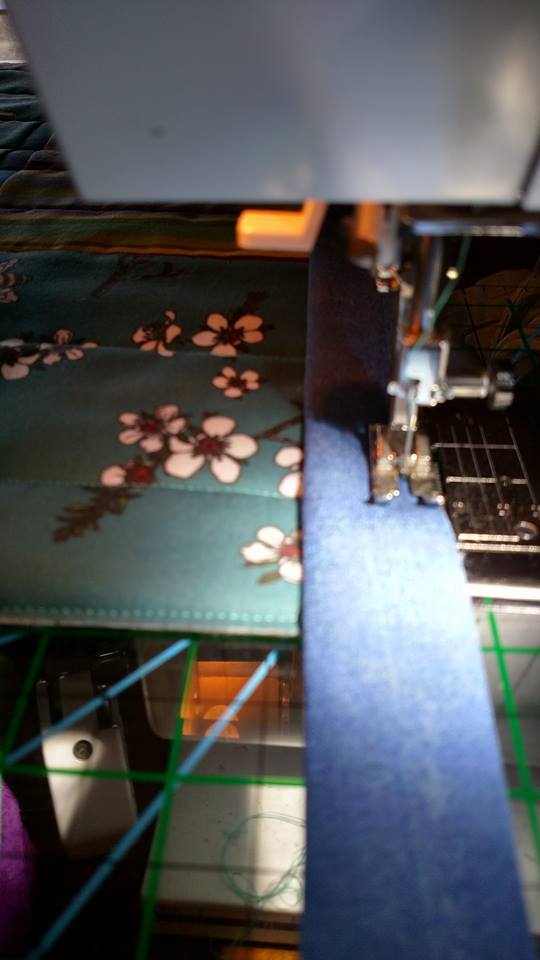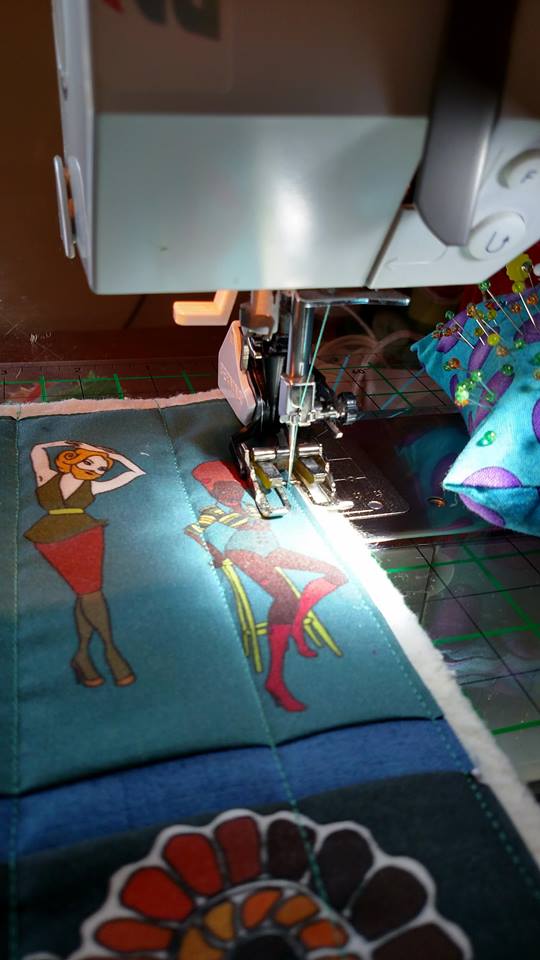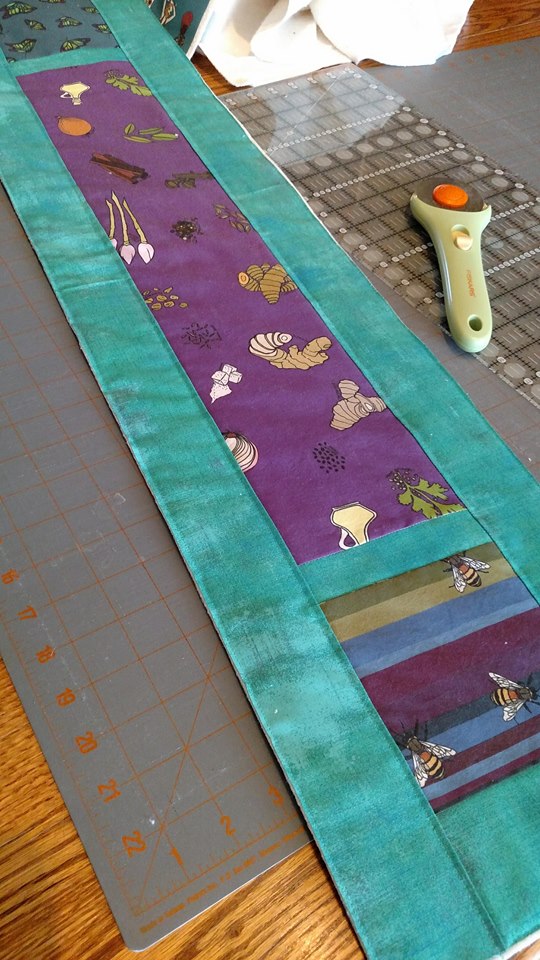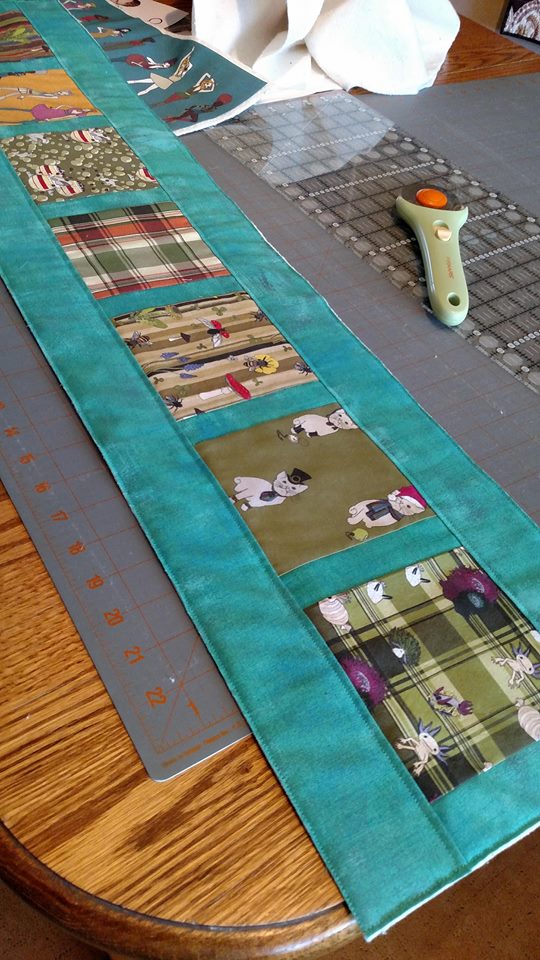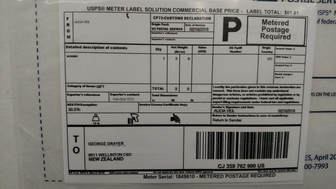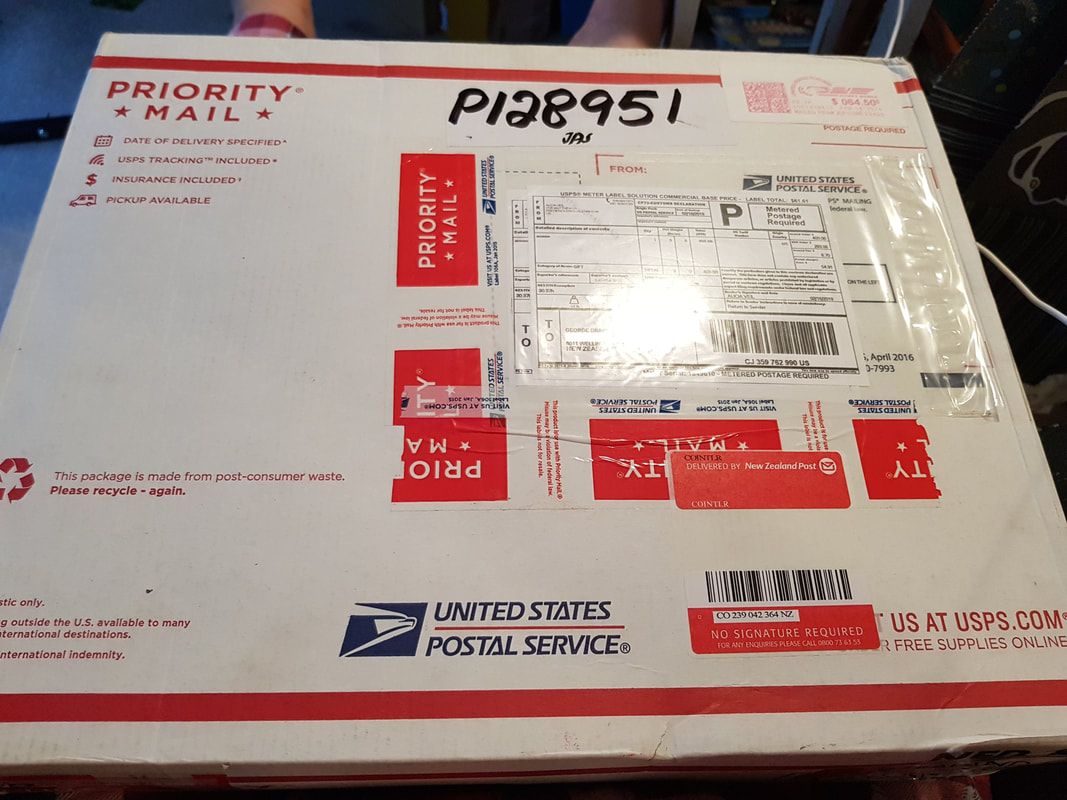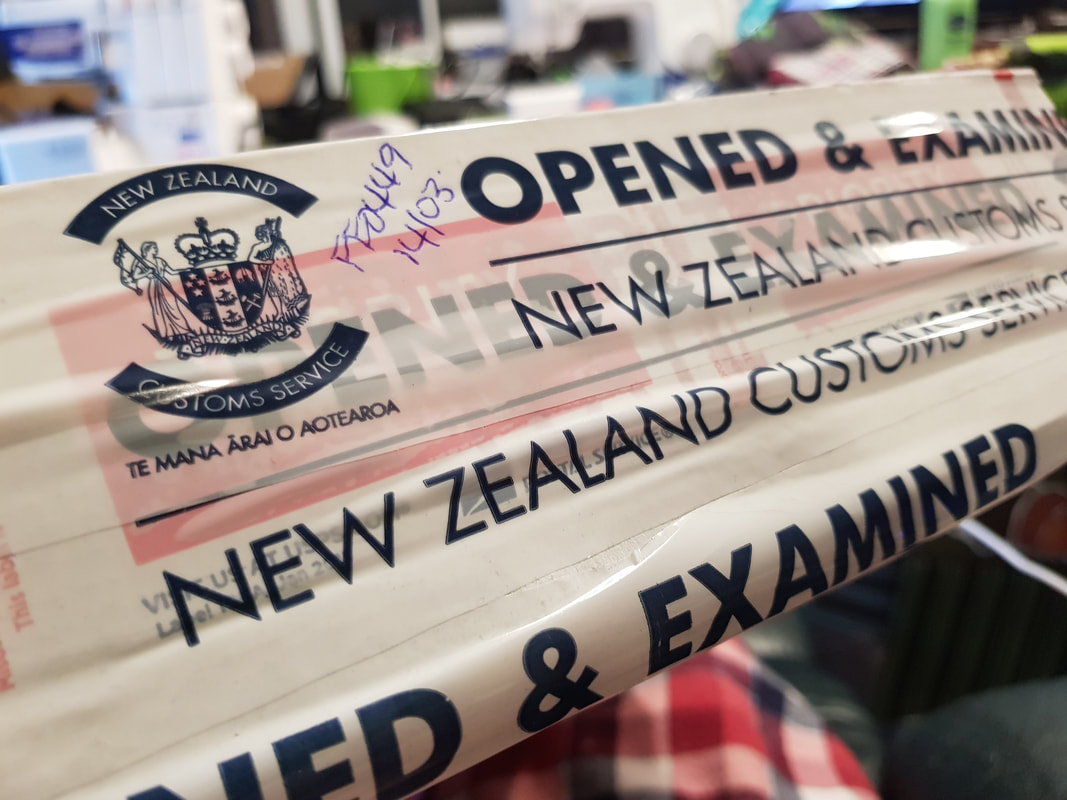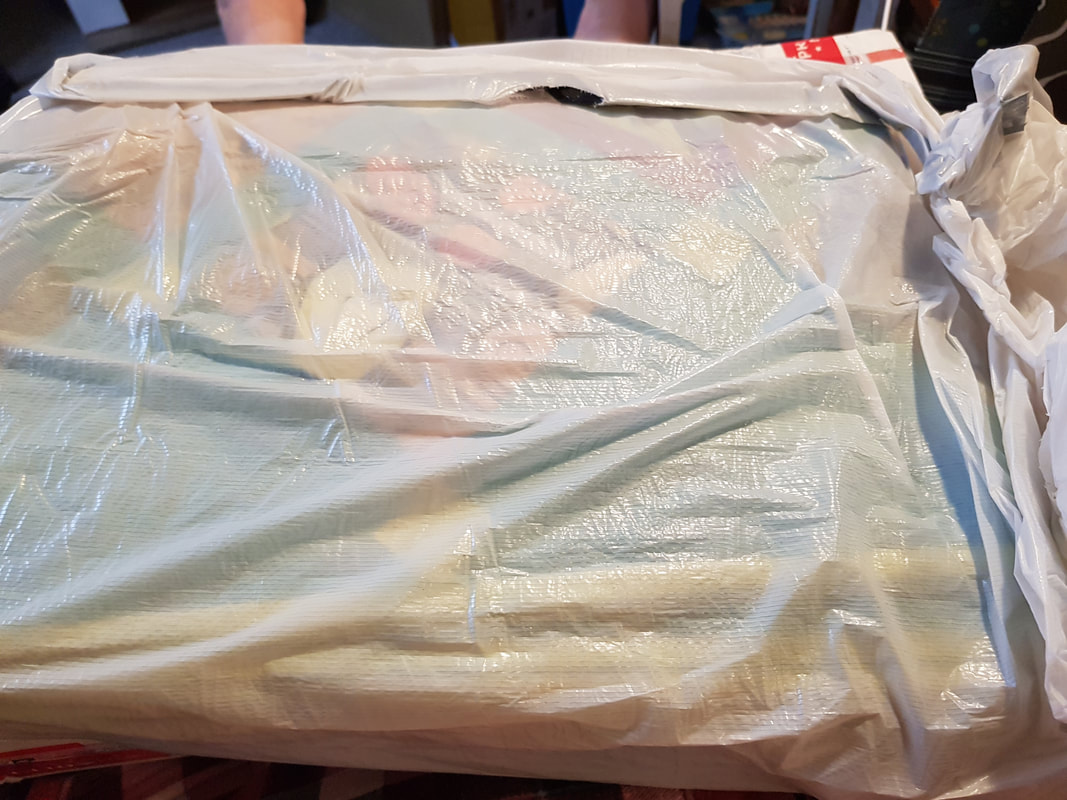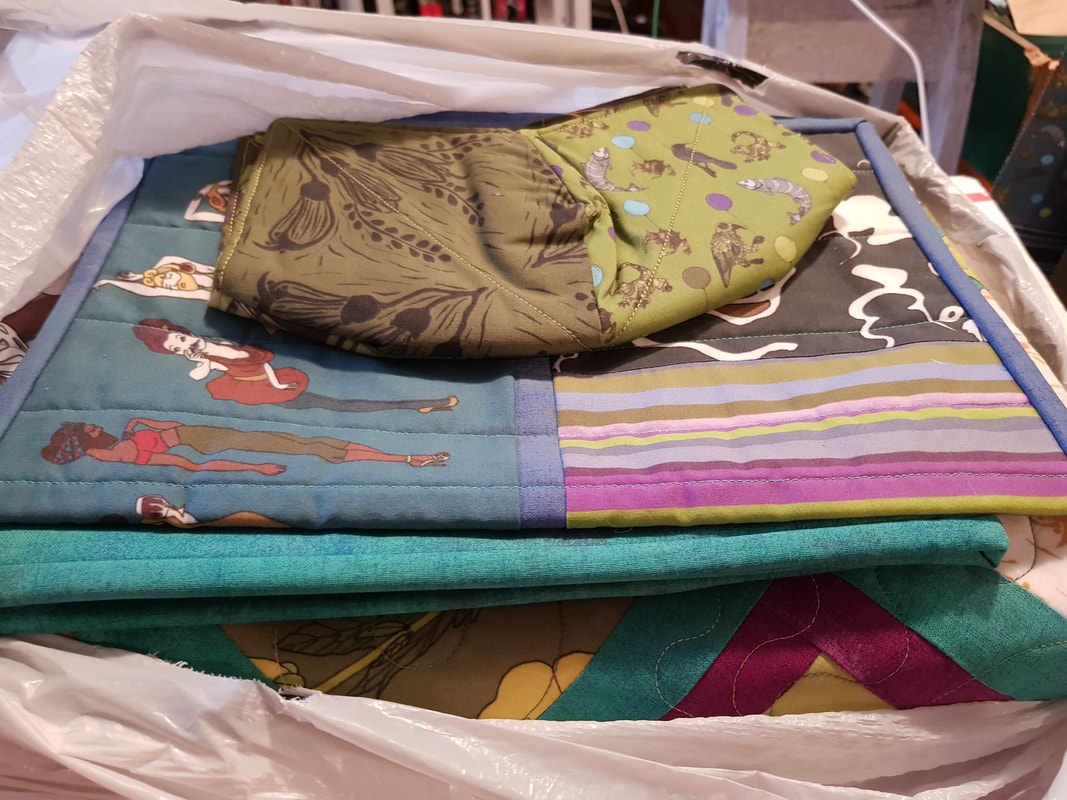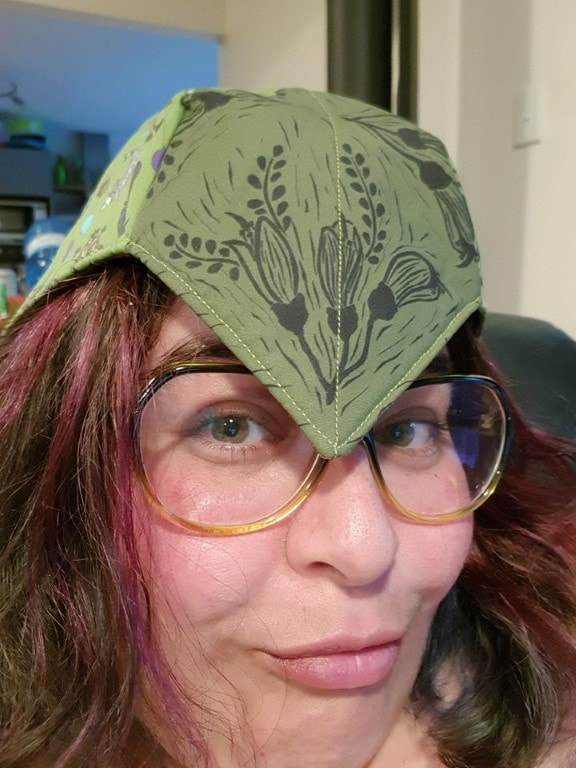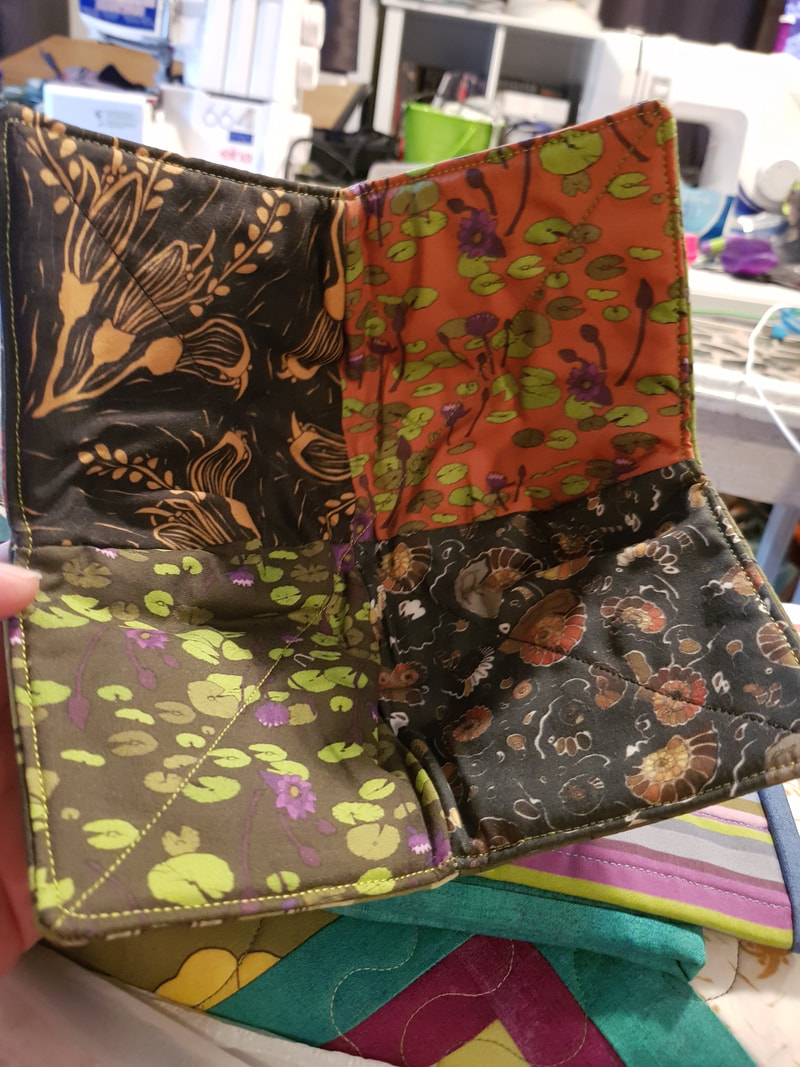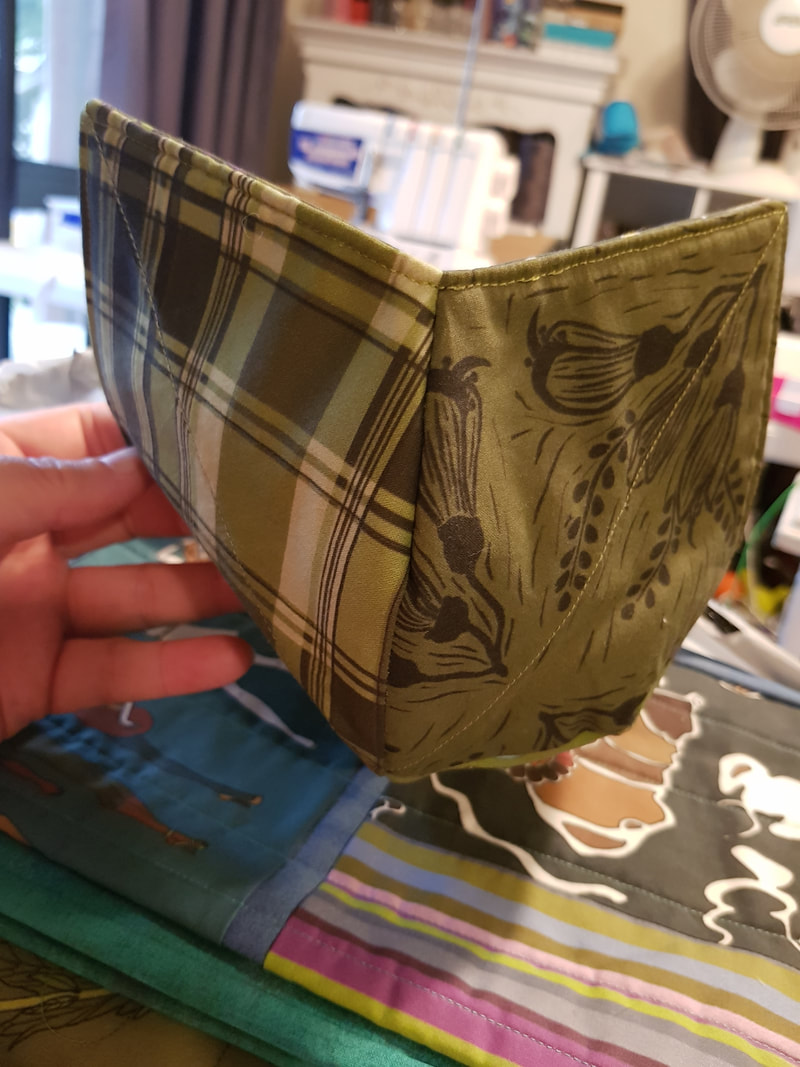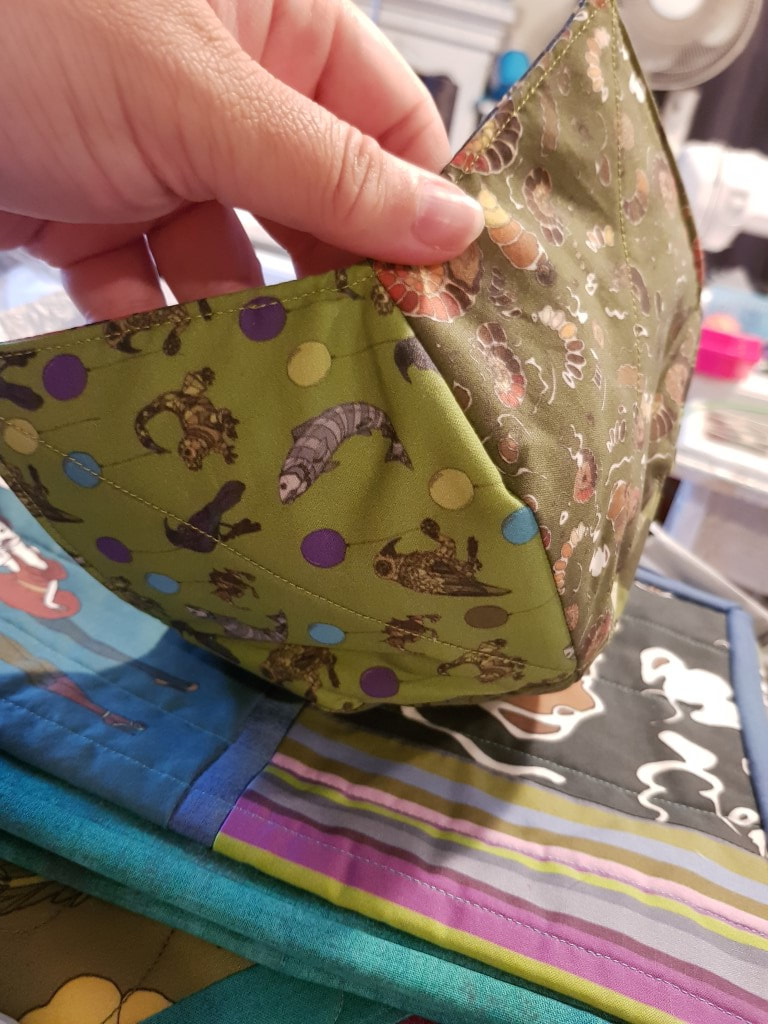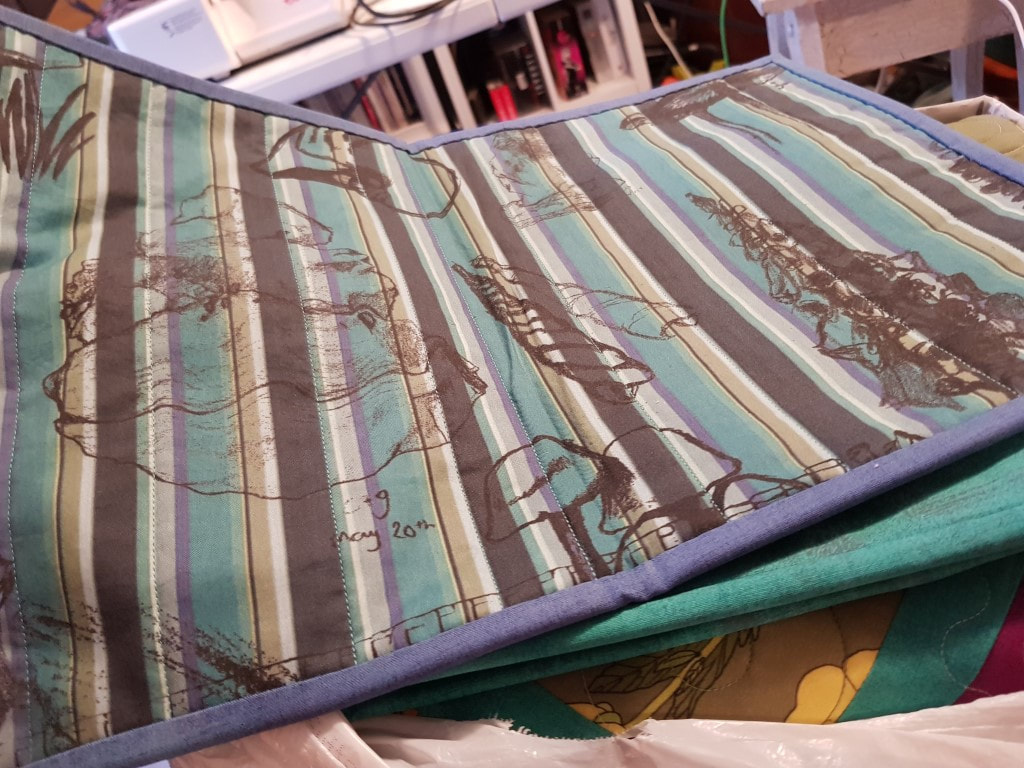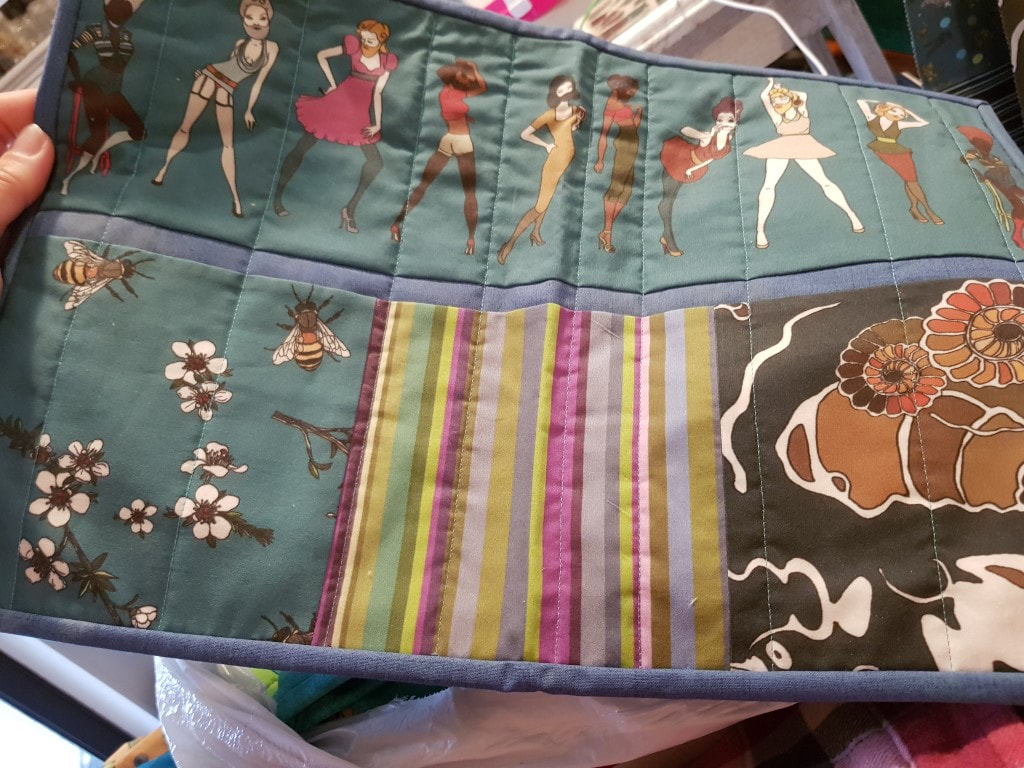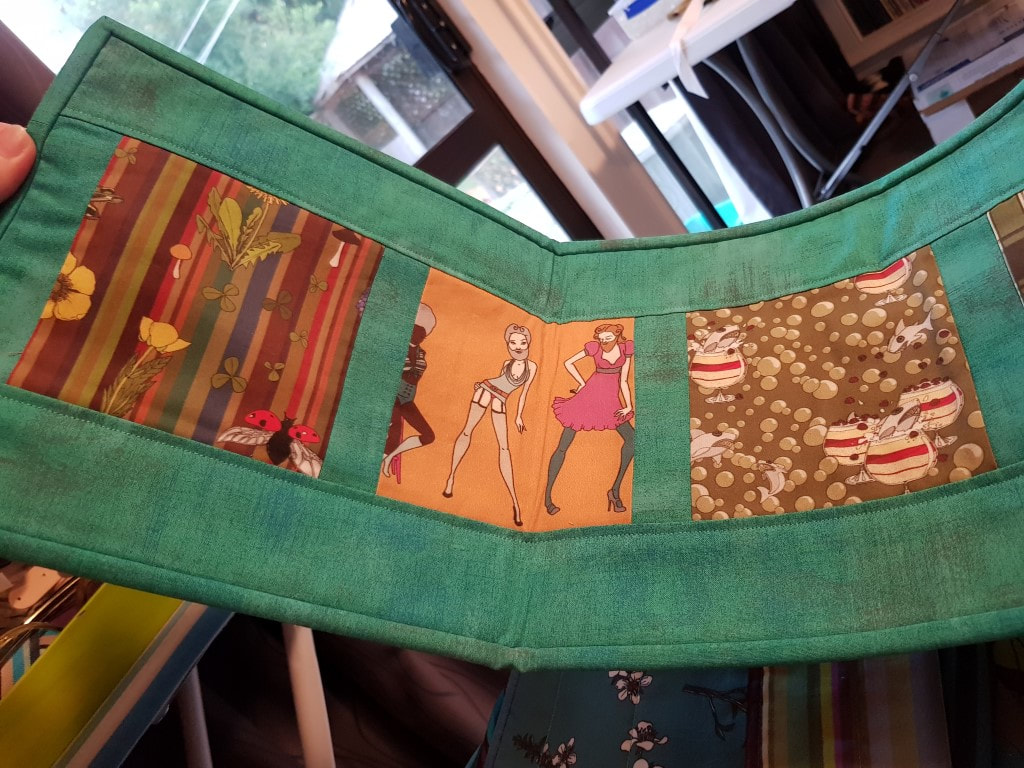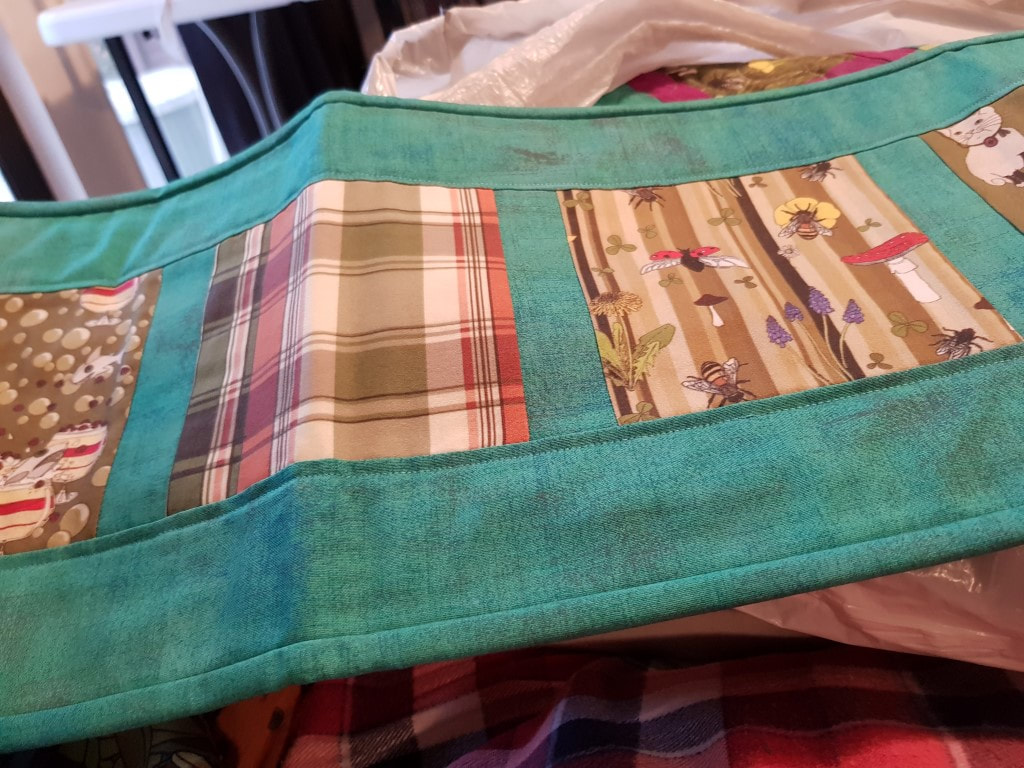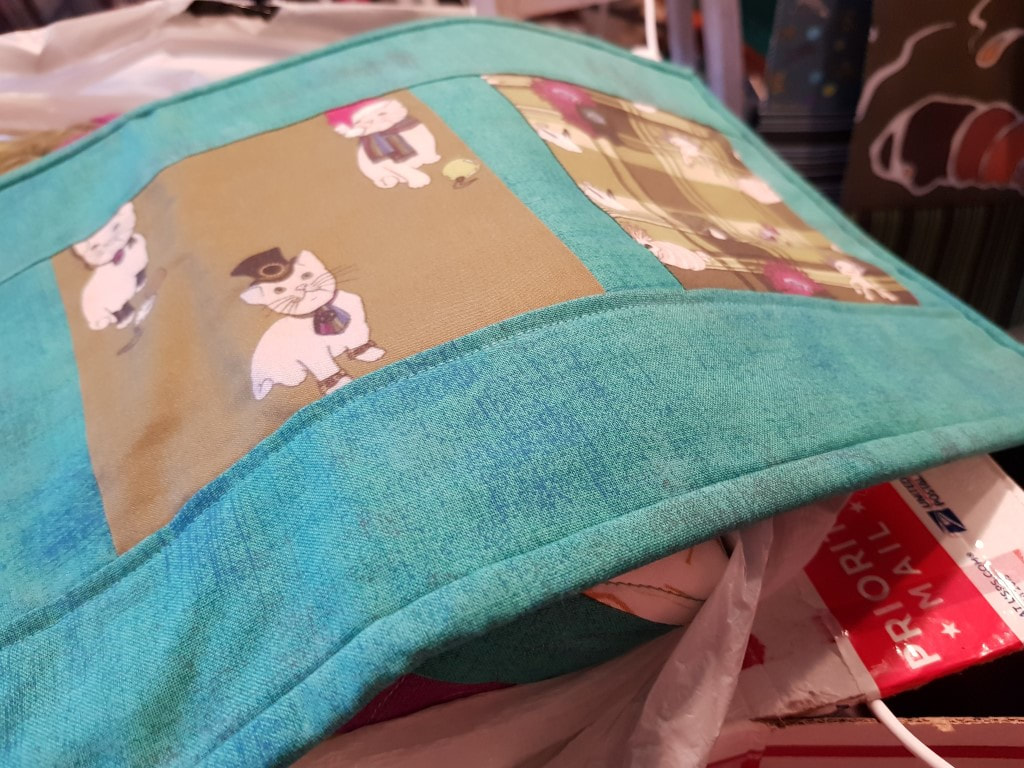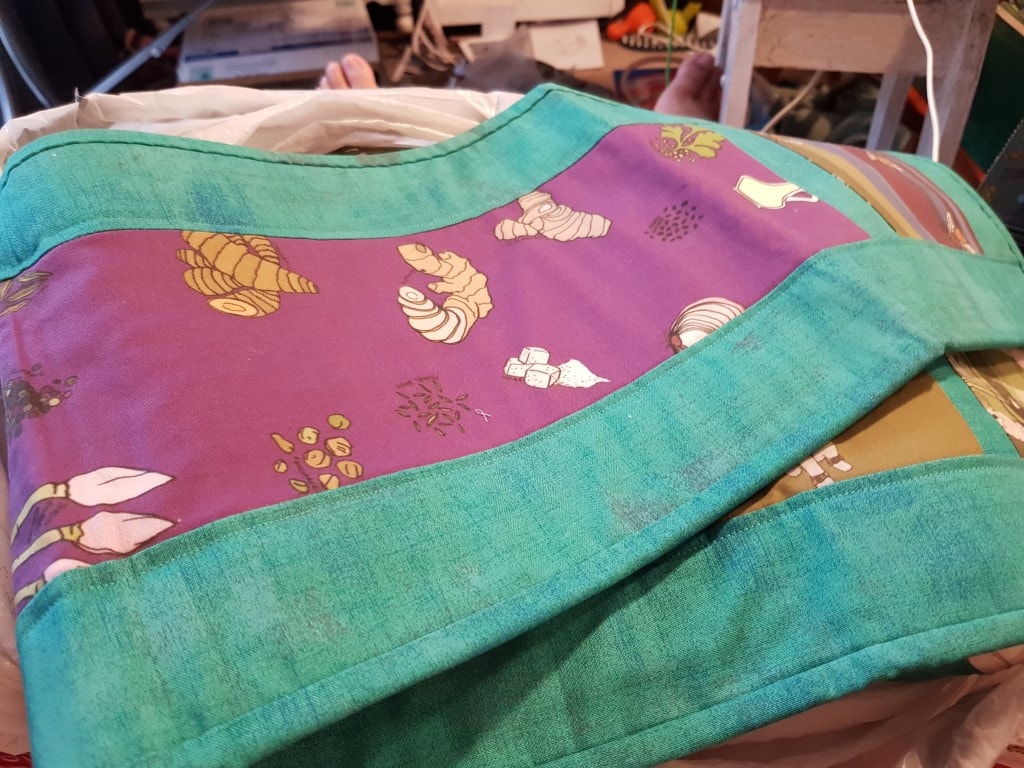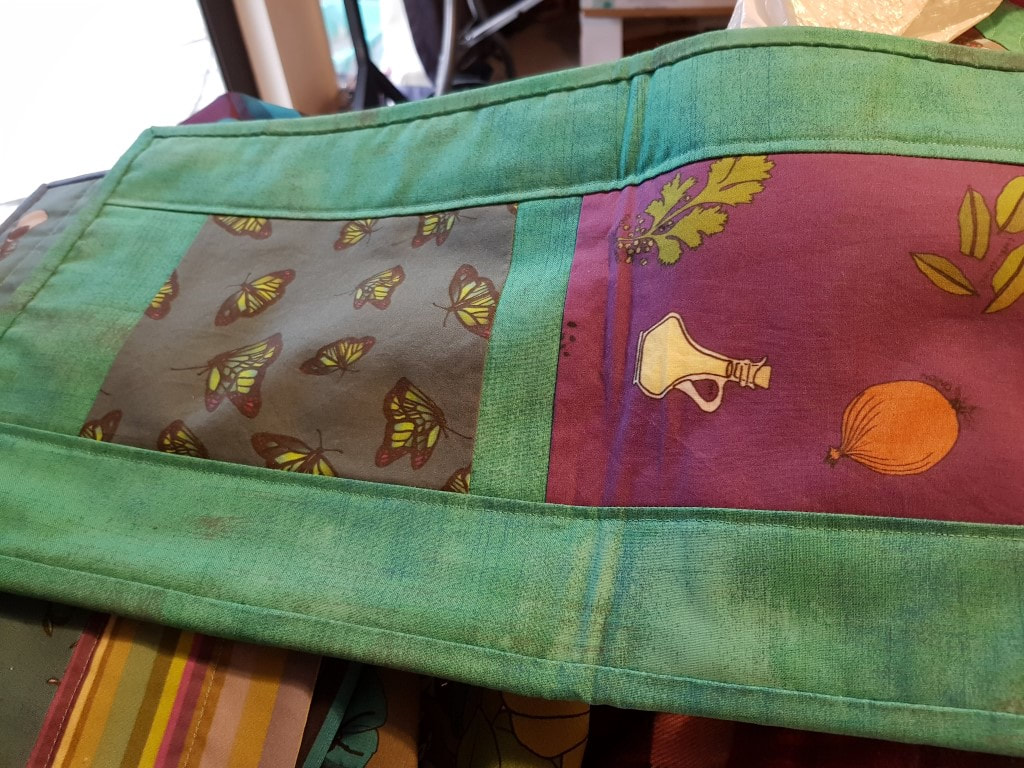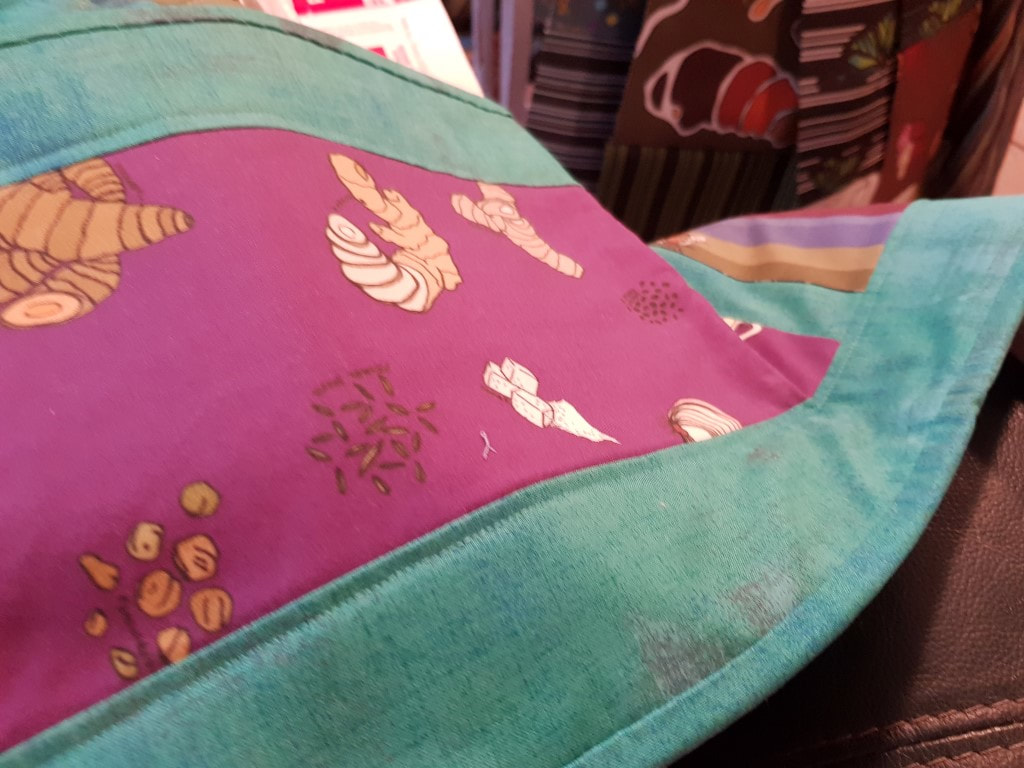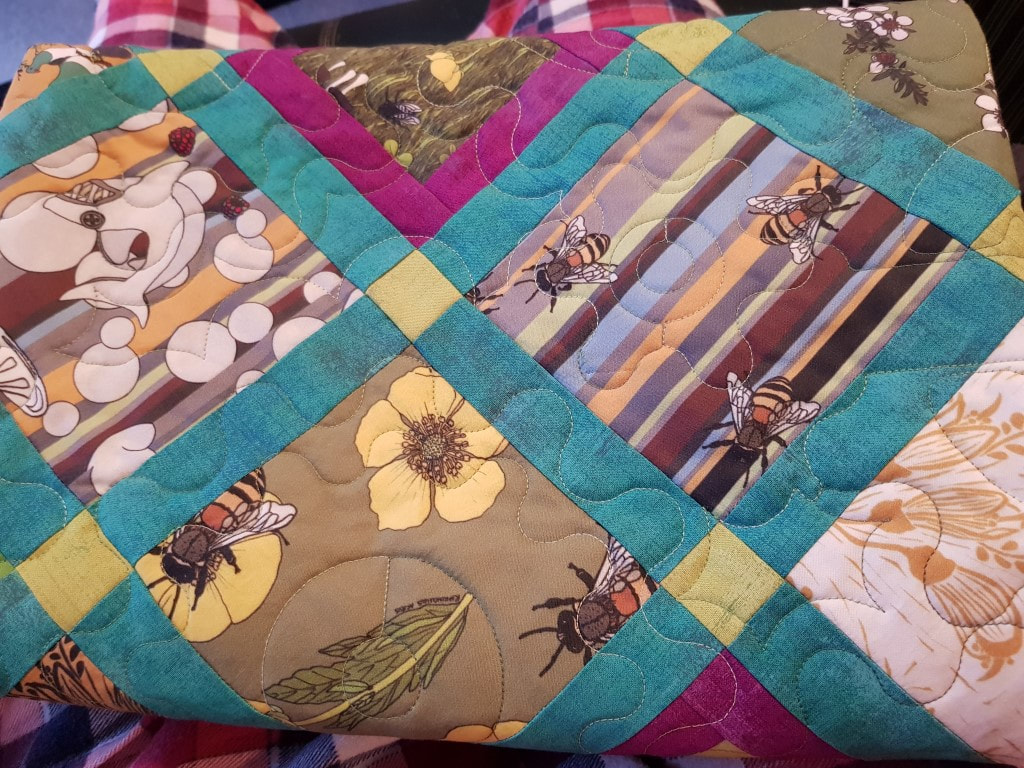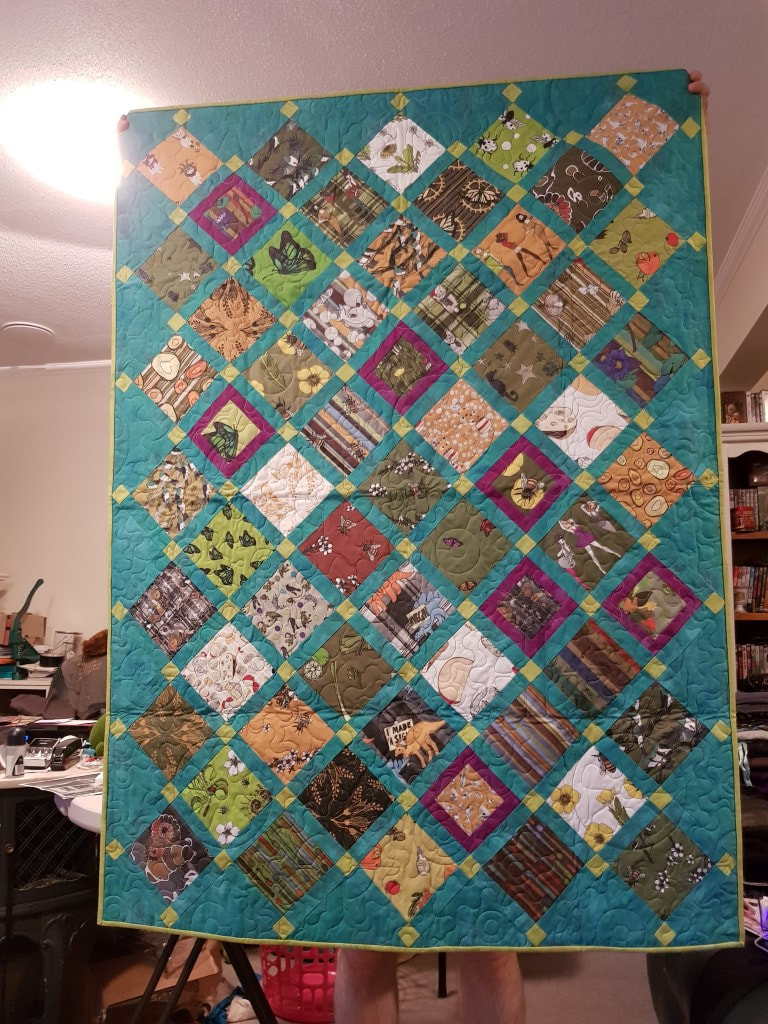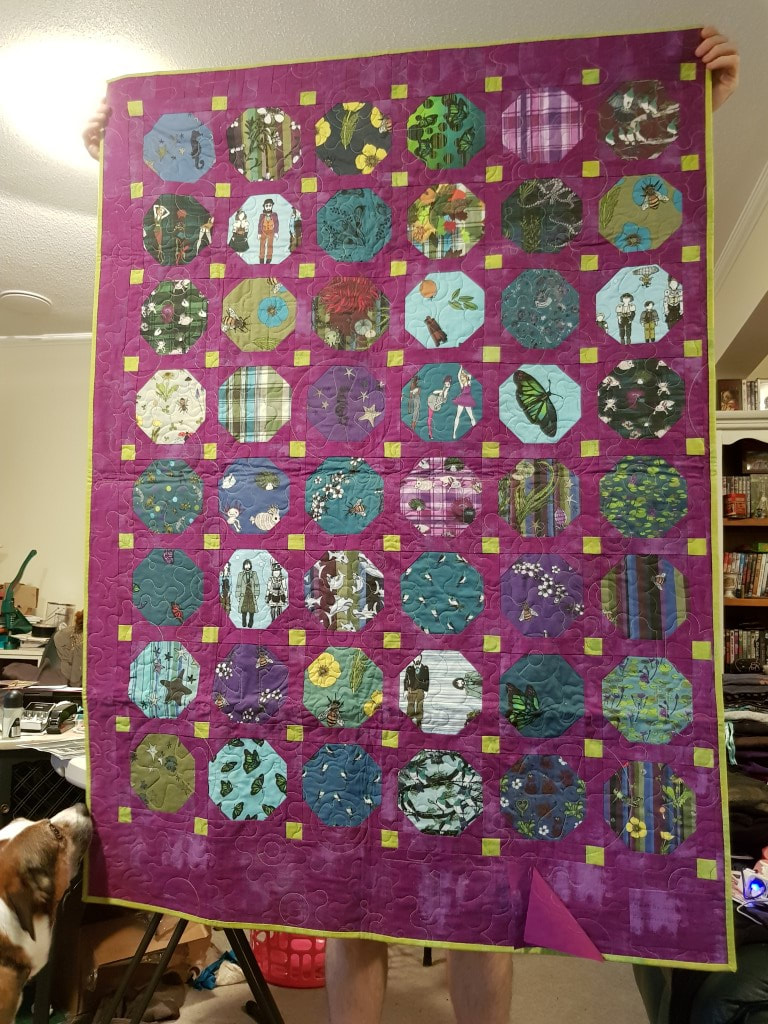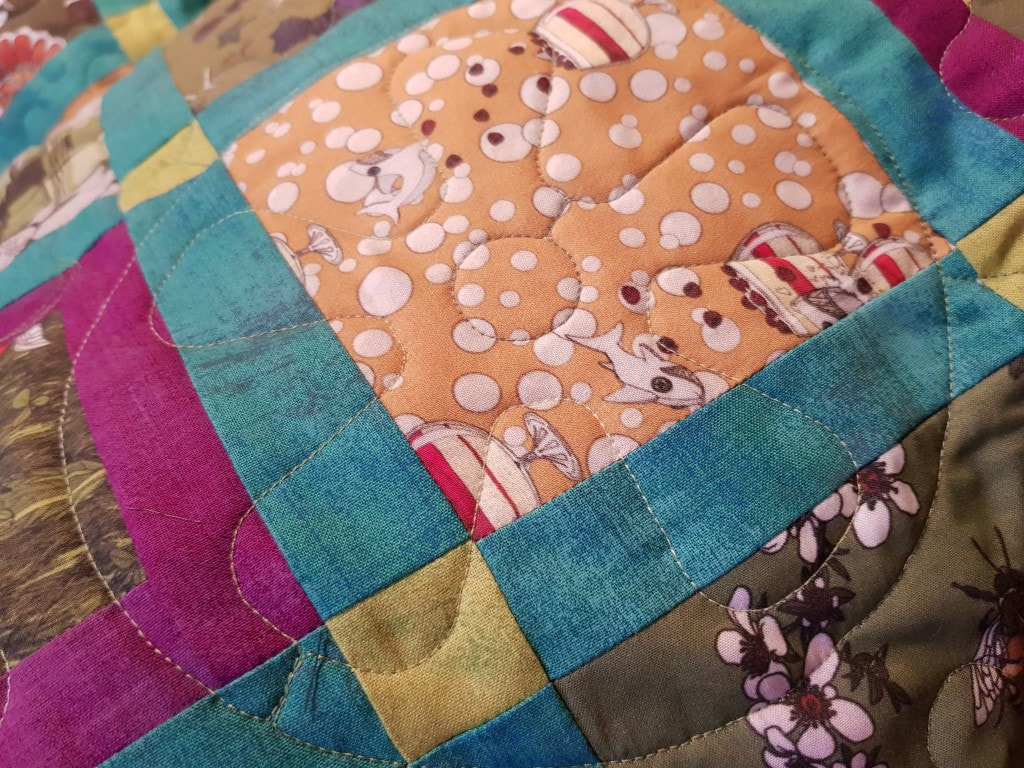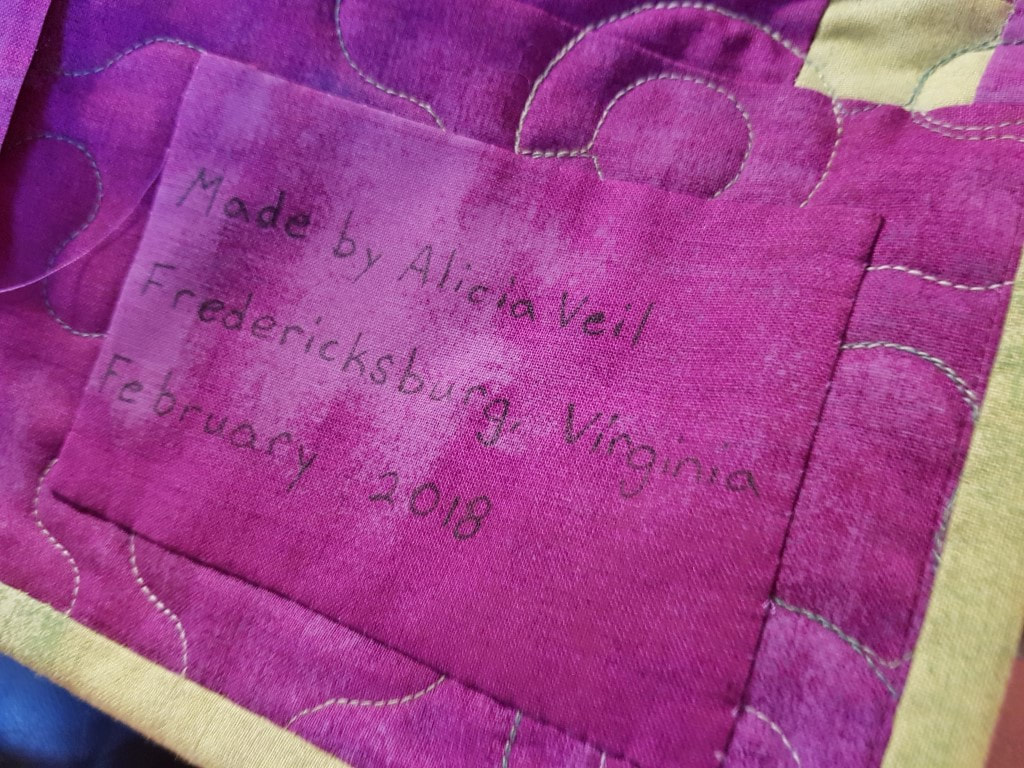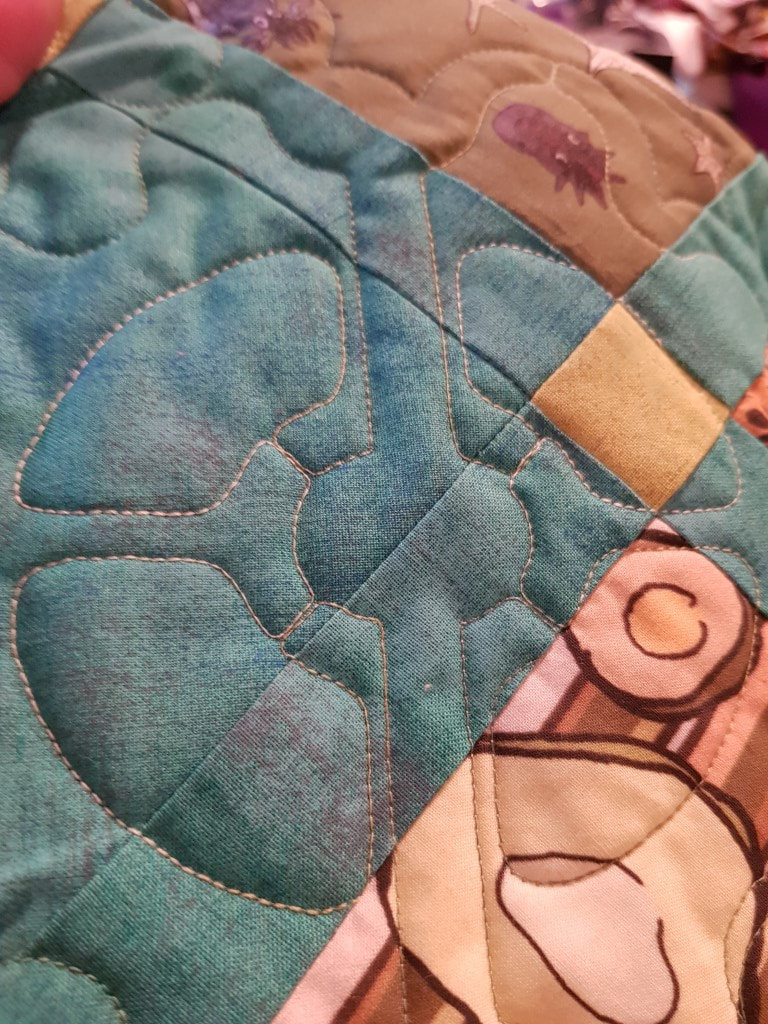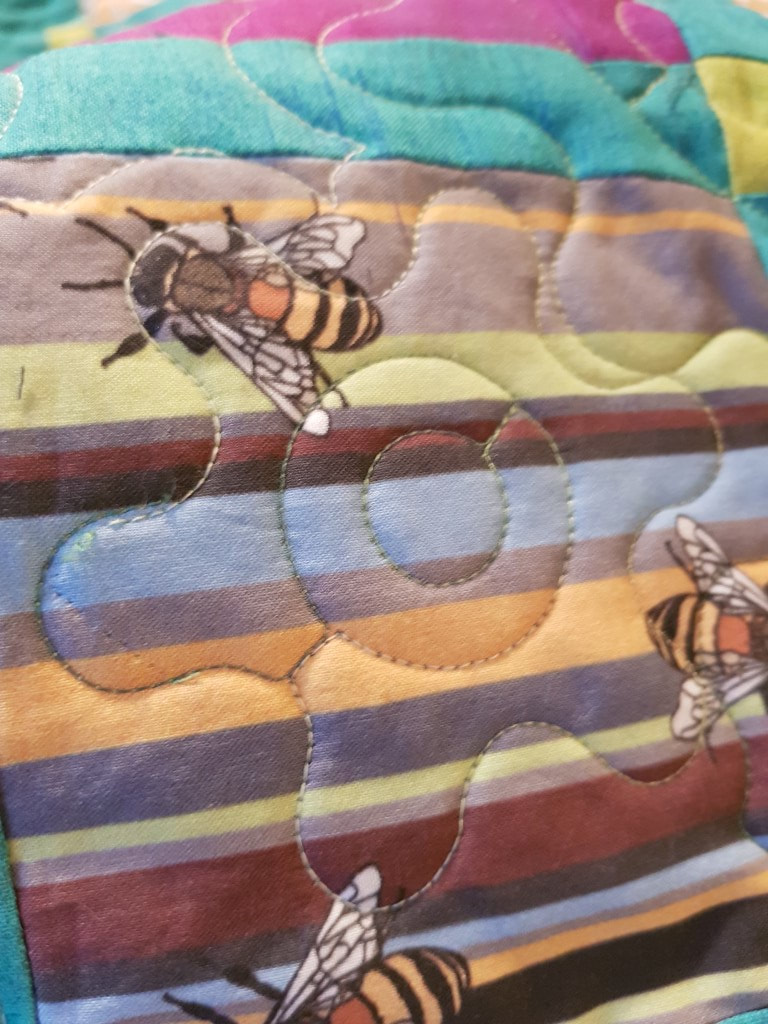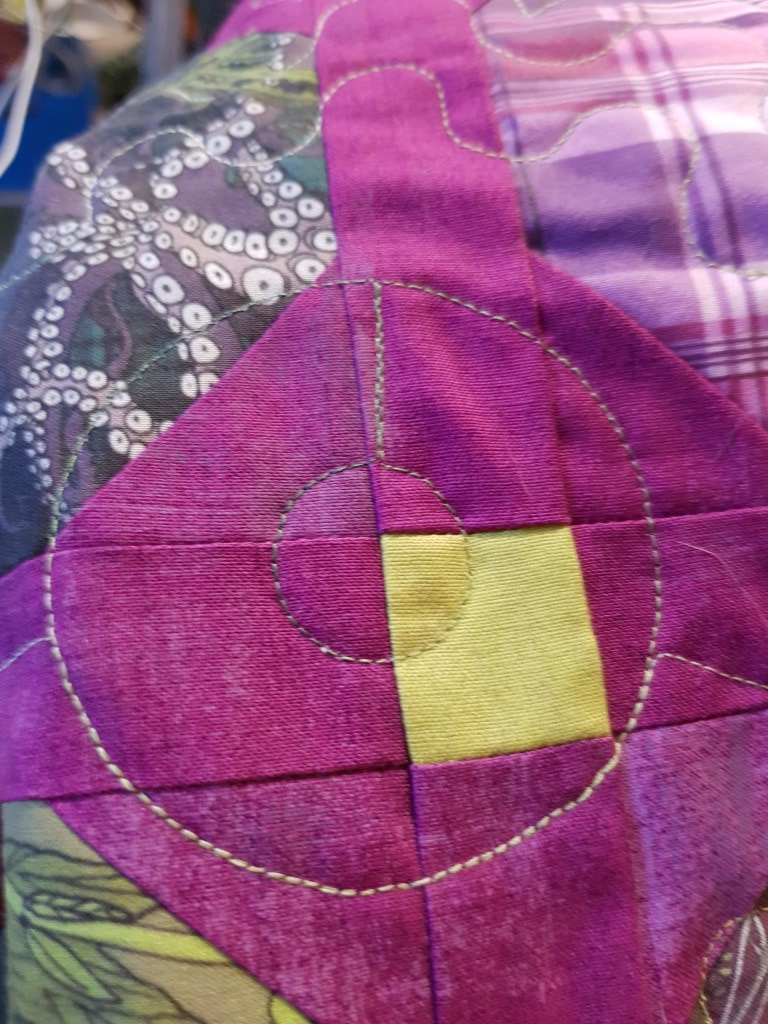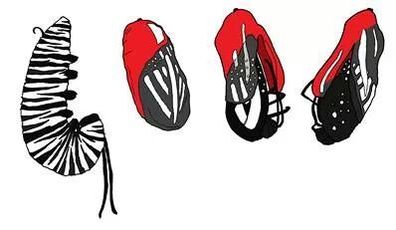Or “The tale of the Petone Indoor Markets”
Let me tell you a story. Are you sitting comfortably? Good, then I’ll begin!
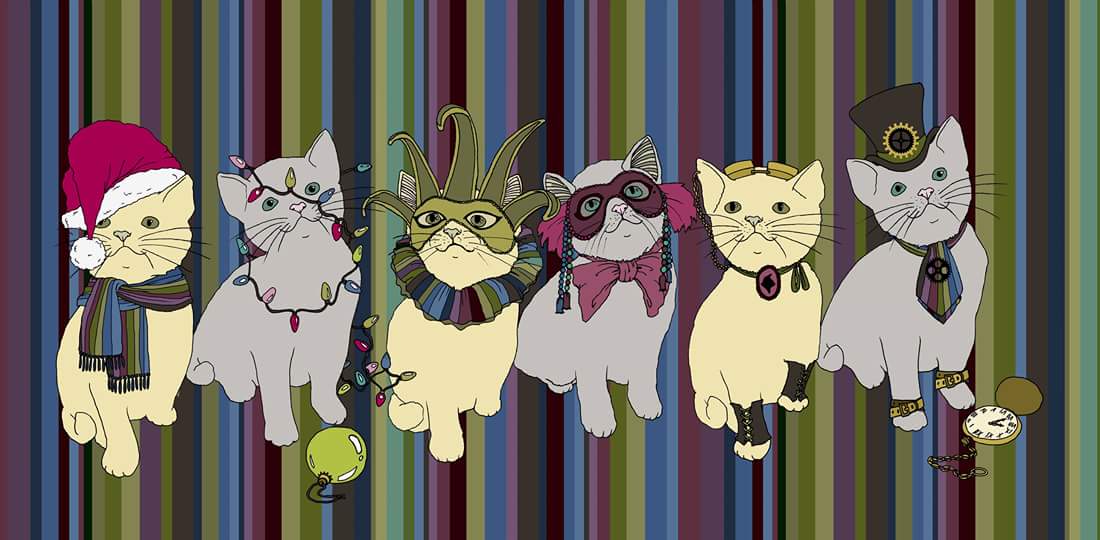
The 2017 Poster Kitties
Planting the seed
An idea germinates; organisational therapy; a search for a venue; defining the market; what a response!
In early 2017, it came to my attention that there really weren’t any craft events in Lower Hutt, particularly in winter. It was, of course, essential for them to be indoors, and so the search for a suitable venue began. I made a call-out for interested stallholders, to gauge interest (which would influence the size of the venue), and began hunting.
Initially, I had intended the event to be something small, where I would offer coaching to my Copper Catkin Consulting students, and they would be able to have a go in a low-pressure market environment – but the idea blew up! The levels of interest were definitely high enough to justify the event, so I began to plan.

The 2018 poster kitties
I was experiencing health issues which made me unable to work, and decided (with the help of my therapists) that trying to organise a market for low fees (rather than for profit) would be good therapy for me. As it turned out, my poor husband ended up doing a lot of the heavy lifting, but the outcome was still rather a good little market, so there was definitely an element of job satisfaction there!
I hunted around for suitable venues, hoping to find a warehouse owner willing to give me a short-term lease, but there was nothing suitable – no one even returned my calls most of the time. The council had nothing suitable on their books.
Eventually, it came down to church halls, school halls, wedding and sports venues, and pubs and clubs. I approached all the larger pubs and club houses, and they said no. I approached local wedding venues and sports clubs, but they were either unsuitable or too expensive – and none of them were close enough to Jackson Street!
After months of searching, I settled on the Petone Baptist Church hall, which also set the location – Petone.
With the help of Cat from Byte Design, I developed the name (Petone Winter Markets) and logo, and in May 2017, began to advertise for stallholders in earnest. As hoped, the interest was phenomenal, and before I knew it, I had a waiting list of over 80 stalls for my first event! The Petone Winter Markets 2017 were off with a bang!
Companion planting
A new partnership; the rule of three; feeding the troops
Another idea had been incubating in my mind since the previous year, where I had helped by organising
a market event as part of the
very successful fundraiser which I ran for the Wellington Rabbit Rescue – we raised over $2,000 to cover the printing costs for a range of merchandise that allowed WRR to keep every dollar of the profits from then onward.
I decided that I wanted to have a charity on board again, and decided to choose the Outpawed Rescue Trust this time around. It proved to be an excellent decision.
“The rule of three” is an essential part of my aesthetic, and I stayed true to it when I set the trial number of markets for 2017: July, August, and September. I designed the poster artwork from a photo that Outpawed shared on their Facebook page, and from what I hear, that artwork was a big part of the initial interest.
I brought in Betsy and the team from Ripe to make our coffee, and Outpawed ran a charity bake sale from the kitchen, providing essential nourishment for our stallholders and customers alike. I was thrilled to hear that Outpawed made good sales – I had found a way to help pay their vet bills, as I had hoped!
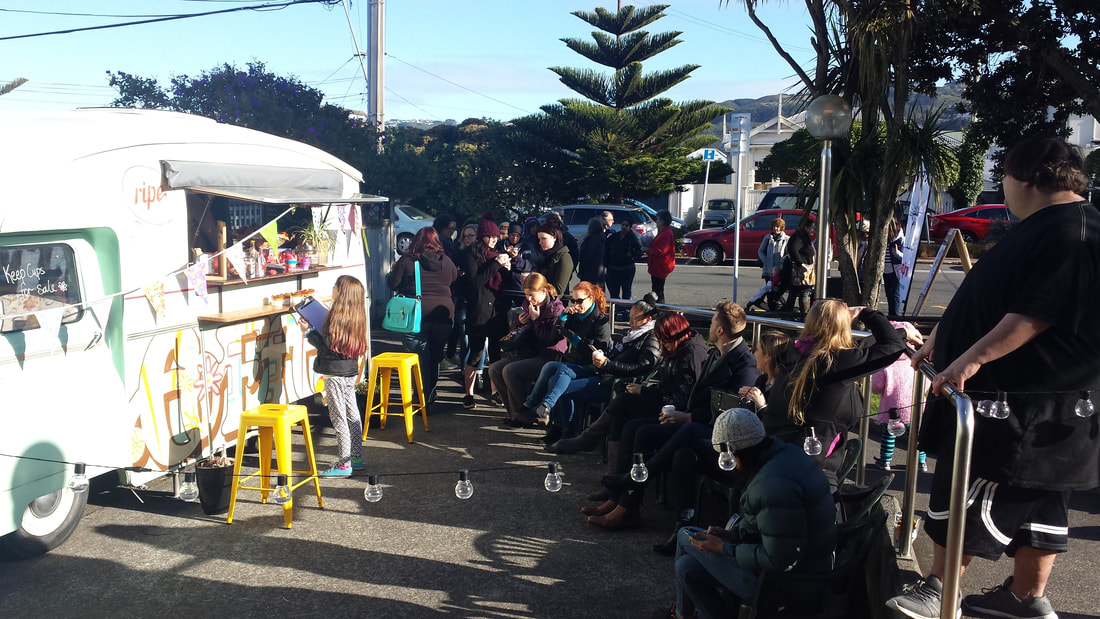
Betsy and Ripe keeping the queue caffeinated outside the Petone Winter Markets
From this mighty acorn a tiny oak
Wrought means made; a parent for the markets; we trial a new venue; Outpawed to the rescue!
After the successful first set of markets in Petone, the pressure to find a larger venue to accommodate more sellers increased, and I searched further afield – but of course, these venues were not in Petone, so a new name would be required. I played with the idea of “craft” – my important criterion is that the person behind the stall was the instigator of the creations for sale, but did they have to have made every bit of it themselves? Was I going to exclude myself, as a fabric designer, because my digital art was printed professionally onto the cotton I was selling? How could I keep that maker-made ethos but not exclude makers who used machines, or other tools to create their work? I also wanted to include more customers in scope. The traditional “craft market” atmosphere is dominated by “women of a certain age”, and the products reflect that – jewellery, yarn art, soaps, candles, and frilly things. And of course, lots of things for kids, because many of the customers are mothers and grandmothers. I wanted to keep this creative vibe going, but push it out into the sphere of the “hard” crafts – wrought iron, woodwork, sculpture, glass art, ceramics, 3D printing, acrylics, laser-cutting, and all the new technologies. These are still creative pursuits, they just aren’t commonly found at the markets – and this was the niche I wanted to fill. “Wrought Makers’ Market” was born.
At first, I planned to replace the Petone Winter Markets brand with Wrought. After some thought, I decided to have a series of regional events under the Wrought umbrella, once it became more established, so Petone Winter Markets got a stay of execution.
Repeating the pattern of three events in each location, we booked for three markets at the Knox Church hall, in October, November, and December of 2017. At the last minute, I had to replace the professional caterer who was going to run the café, but had to leave for personal reasons – and this is where Outpawed really shone. They came galloping in and filled the gap, and even though these markets were less busy than the Petone Winter Markets by far (great venue, terrible location for walk-ins), they were still able to feed my stallholders and customers, and make a decent profit to help the kitties.
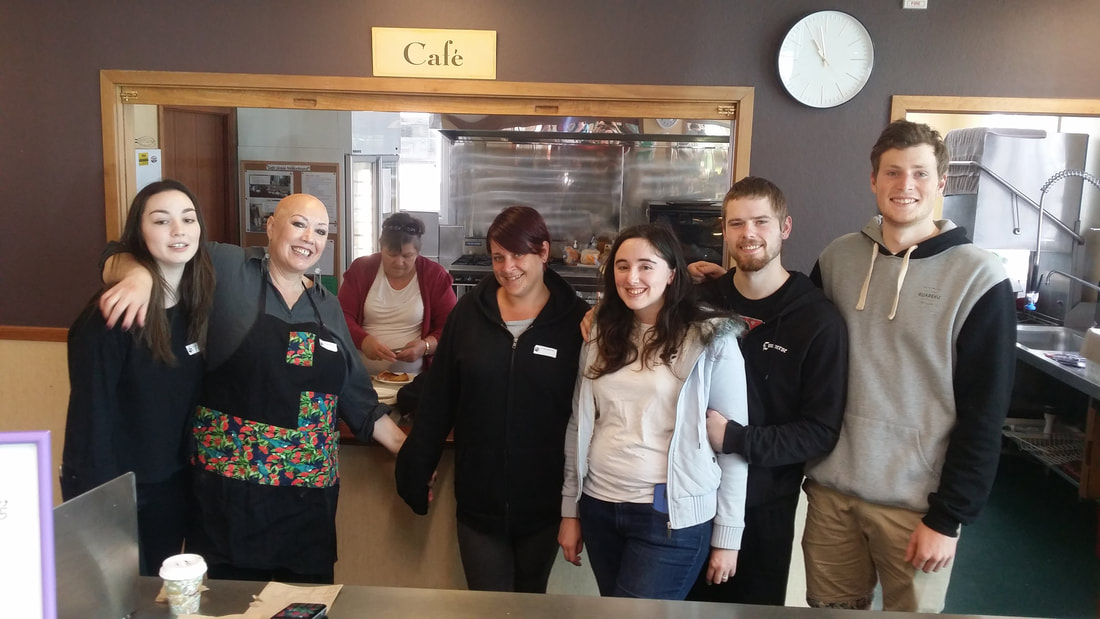
The Outpawed team at Wrought
A difficult season
In which we almost give up; the Dowse saves the day; renovations are psychic vampires.
The day after our last market at the Know venue, I began looking for the next option.
At around this time, my health problems increased, and I was worried that I might not be able to do the Petone Winter Markets the next year, especially in the smaller venue. We spent some considerable time in negotiations with a possible alternative venue for both markets, but a combination of difficult terms and less-than-ideal access left us with no choice but to cancel the Petone Winter Markets plans for 2018.
We were lucky enough to secure the Dowse for the planned date for Wrought April, so we booked our usual three dates there – April,
July, and October – and started some home renovations, which, combined, took up all of my time and energy.
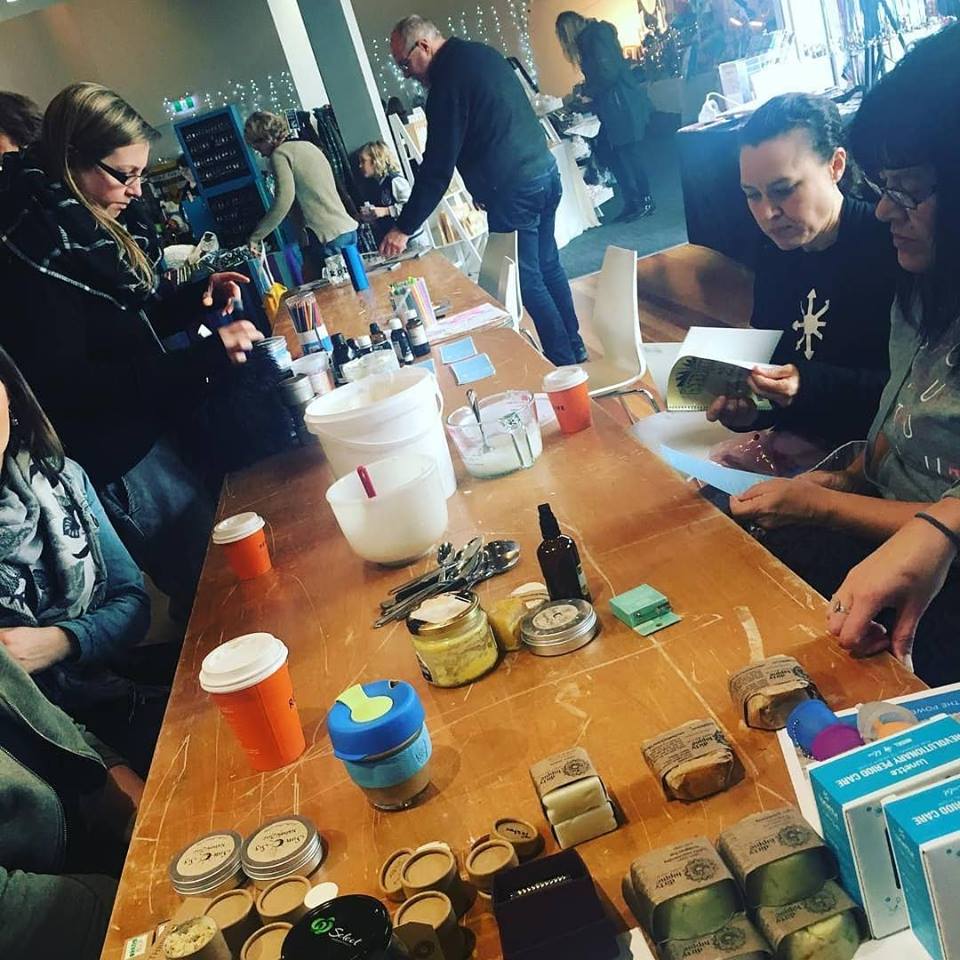
The Waste-Ed workshop at Wrought July
Change is in the air
PIM, take two; another idea germinates.
At Wrought July, the Outpawed team mentioned that they were really relying on the income from the Petone markets, so I put the idea back on the table. We were able to secure dates in August, October, and November, with a gap in September for our long-planned overseas holiday.
At the August market, we discovered that, with their help to manage the arduous set-up and pack-down of the venue, the task went from 2.5 hours before and after each market to less than an hour – the power of a team of volunteers should never be underestimated!
This started another idea-seed in my head, but we needed to get back from the holiday before I could be certain.
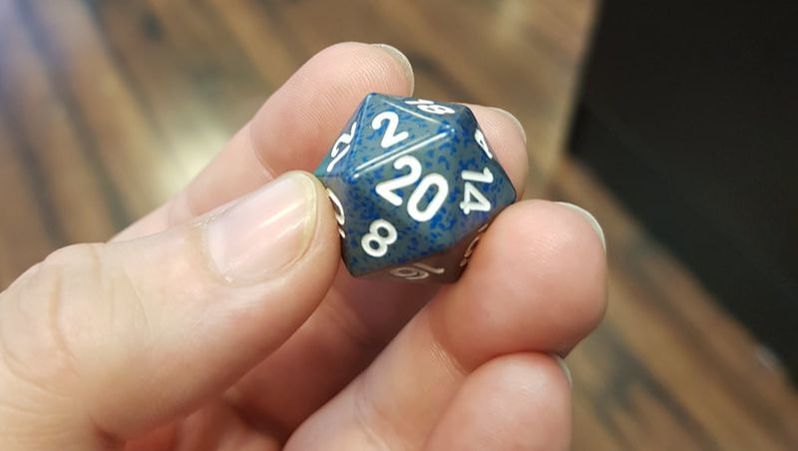
Roll D20 for decisions
The big move
Portland adventures; a big decision; the end of an era.
Our September trip was to scout out the city of Portland, Oregon.
We had hoped that it could be something like a giant Newtown, crossed with a giant Cuba Street, with a bit of Jackson Street, too, and it didn’t let us down – Portland ticked every box for us. My American husband and I had been considering a move there for quite a while already, and the visit sealed the deal –
we are moving to Portland in 2019!
But… what to do with the markets?
Wrought Makers’ Market is a brand designed to be portable, so it will be staying with us, and maybe one day, you will hear about Wrought Oregon – but of course, the Petone Markets had to stay where they were.
We were already considering a change of name to allow for the October and November dates (not exactly winter!), and we had planned 9 more events the next year, so we changed to the “Petone Indoor Markets”.
With the move to Oregon confirmed, and the market dates for 2019 already booked in, the next decision was – what to do with the Petone Indoor Markets once we left NZ?
Changing of the guard
The gift that takes; splitting personalities; a call for help.
We knew that Outpawed relied on the income, and we knew that Outpawed were reliable helpers – but would they want the additional responsibility and thankless task of running a market?
I spend over 150 hours a market on social media, admin, invoicing, managing the website, and fielding enquiries, and at all hours – creative people think nothing of messaging a page at 2am, and in order to avoid impacts to your page response time, you have to be ready to reply.
Would they be able to manage? Would all my hard work peter out into nothing? Would they be able to maintain the level of engagement that sees over a thousand people interested in my events through organic reach alone, before I even pay to promote them?
The answer from Outpawed was a resounding “yes”!
I have begun the process of donating the Petone Indoor Markets brand to Outpawed by announcing our departure and the projected change of ownership to my stallholders.
There are currently 4 brands within my Copper Catkin business: Copper Catkin, Copper Catkin Consulting, Wrought Makers’ Markets, and Petone Indoor Markets. In order to donate PIM to Outpawed, the next step is to separate them out from the rest of my business. And for that, we need help.
“Pro Bono Felibus”
For the kitties; an appeal to accountants, valuers, and lawyers.
In order to pay for the accounting, valuation, legal transfer of ownership, and any other expenses, I will have to use the funds from the business, as I am still not able to work, which puts me in a quandary. Petone Indoor Markets was never designed for profit – it was always intended primarily to fill a gap, and as a way to promote creativity in the Wellington region. My fees are as low as I can reasonably make them and still cover venue hire and advertising costs (apart from my own labour) – which means that I have very little available to cover the costs for the valuation and legal requirements to make my donation – so I am putting the call out for help.
Please, help me transfer the ownership of the Petone Indoor Markets to Outpawed as a donation to them – it would be so greatly appreciated.

